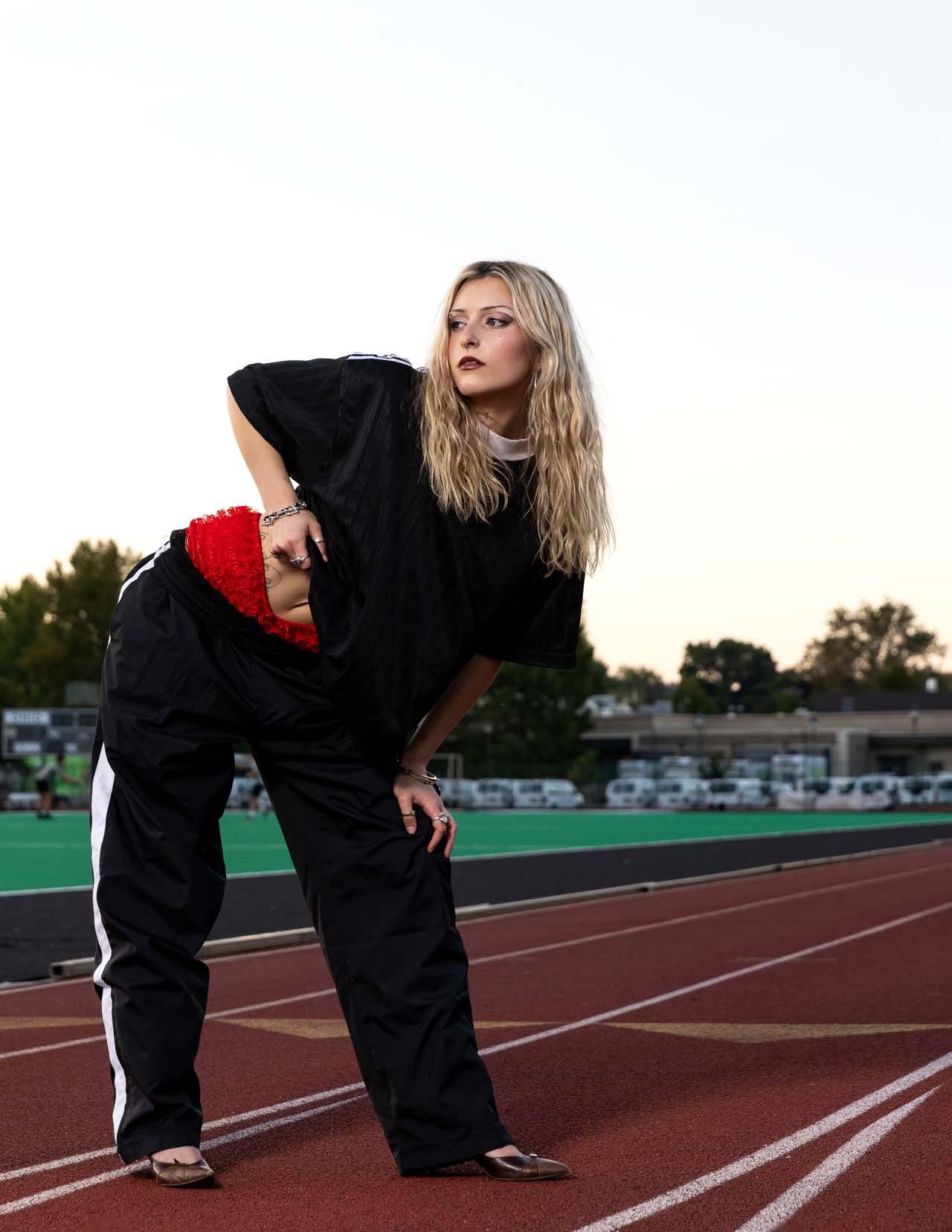

CONTENTS

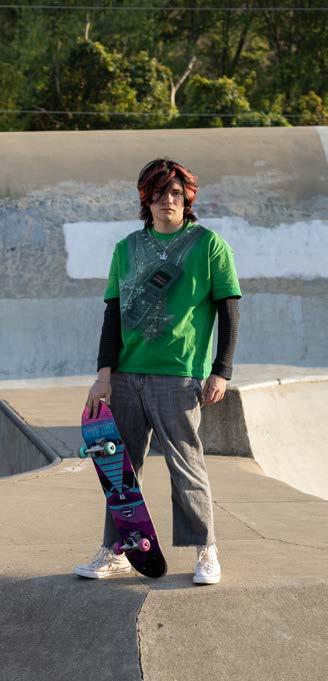
FRONT OF BOOK
#04 Haute Online
#08 Top 5
#12 Editor’s Note
#13 Masthead
SEAMS
#18 Runway Realway: Ralph
Lauren S/S 2003
#20 Runway Realway:
Thom Browne S/S 2020
#22 Coco Gauff
#24 Lewis Hamilton
#26 Ballet Flats
#28 Monochromatic Headbands
#30 Flight of Expression
#32 Eye Black
#34 Sha’carri Richardson
#36 U.S. Womens Soccer Team


WHO, WHAT, WEAR #40 Onomatopoeia
The Movement Issue
CONTENTS
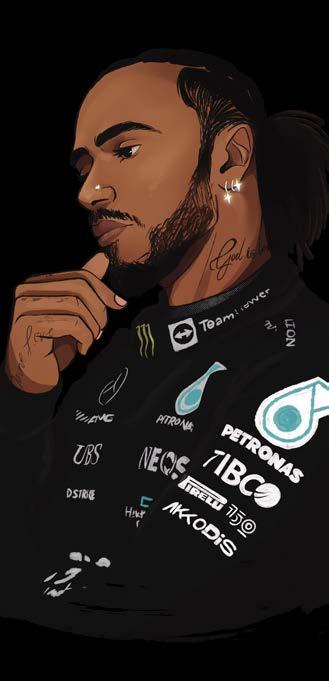
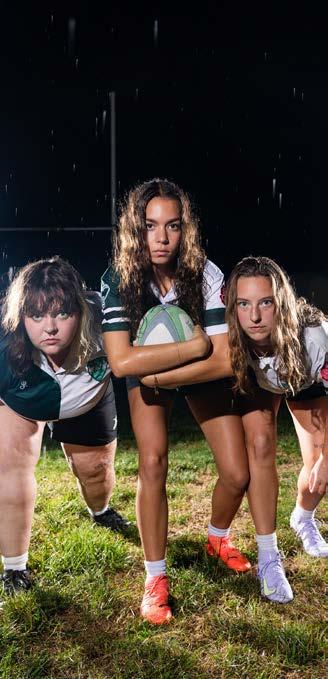
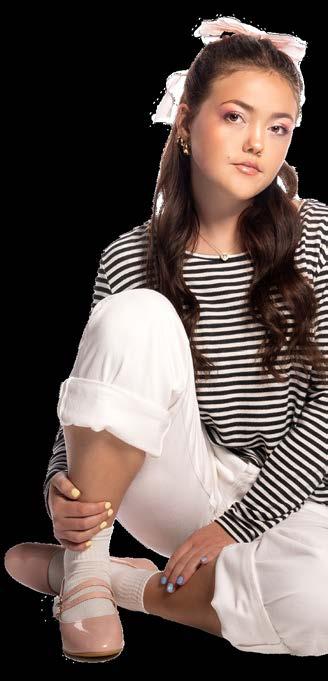
MIDDLE OF THE BOOK
#48 Ride Like a Harley
#60 Jazzercise
#72 Calm in Motion
#84 Track N’ Fierce
#96 Looks We Like: Fashion On Wheels
CAMPUS CASUAL
#104 Rugby
#106 Quiz: Which Obscure Sport Are You?
#108 How Does OU Move?
#110 How Fashion Moves
#112 WNBA
#116 Coaches at OU
BACK OF THE CLOSET
#120 Liason the Label
#122 WAGS
#124 The Perfect White Shoe
#126 Fashion as Protest
#128 Frisk Me Good
#130 Rant/Rave: Athleisure
HAUTE ONLINE
Looking for a new internet obsession? Whether you want to listen to podcasts or watch some videos, we’ve got you covered virtually.
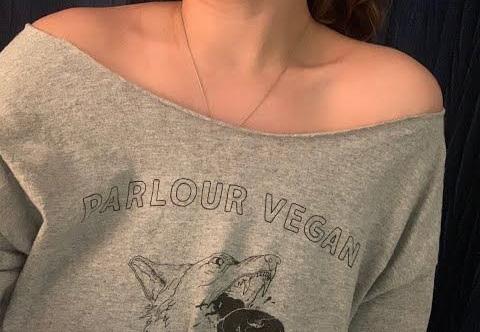
OFF-THE-SHOULDER T-SHIRTS
Every few years, the internet finds a new way to reinvent the classic T-shirt. From cropped hems and fringed edges to cut-off tanks, there are endless DIY tricks to turn a plain tee into something fresh and stylish. Sometimes, a simple pair of scissors is all it takes to breathe new life into an old shirt with no sewing skills required. Because let’s be honest: those old tees collecting dust at the bottom of your closet aren’t doing you any favors.
Lately, my favorite T-shirt hack has been cutting off the neckline to create an off-the-shoulder look. The trend took off in the summer of 2024 when
influencer Leah Kateb appeared on “Love Island” wearing her T-shirts this way. Since then, off-theshoulder tees have been everywhere, and brands like Brandy Melville and Garage are even selling theirs “pre-cropped.”
So before you toss that old tee, grab a pair of scissors instead — you might just end up with your new favorite top.
- CAMI SEYMORE
LONGCHAMP PLIAGE BAGS
Although Longchamp Pliage Bags have always been popular, it seems like almost everyone on the internet is trying to get their hands on this entry-level designer bag recently.I am not usually one to fall victim to luxury trends that may come and go. Take,for example, the Gucci belt that everyone put on their wishlists during COVID-19. Where is the belt now? However, this Longchamp bag is different. This timeless piece is good for just about every occasion you can think of, and it is truly the best bag I own. Having owned one for the last 6 years, whether you’re heading over
for a casual sleepover with friends or you need a piece to dress up your outfit for a night out, the Longchamp Pliage bag is the perfect accessory. It’s also a perfect entry-level designer piece that you can wear with pride, but not be afraid to use. I highly recommend everyone look into getting a Longchamp Pliage bag when it’s time to make this year’s Christmas list.
- GABRIELLE CABANES

Laforteza. Rajagopalan. Yoonchae. Skiendiel. Avanzini. Bannerman. All names hailing from different countries and cultures, and all belong to the global phenomenon girl group known as Katseye.
Founded in November 2023 and making their debut in June 2024, Katseye began to gain traction due to their social media presence, letting their personalities shine along with their performance abilities. It was not until earlier this year that they quickly blew up due to their song “Gnarly” and their recent denim ad with GAP.
The group, consisting of six members, never fails to show representation of each of their members’ cultures through their music, performances, and
fashion. Through their fashion, Lara Raj is often seen wearing a bindi, Manon Bannerman is almost always seen with waistbeads, and Megan Skiendiel is always wearing a jade bracelet. When it comes to their performances, they perform in a K-pop style with their choreography and production, a style that Yoonchae trained in for two years before debuting. Sophia Lafotenza uses certain cadences and techniques in her singing that come from traditional Filipino music and are commonly found being used by Filipino singers. Finally, in their 2025 song “Gabriella,” Daniella Avanzini sang the entire bridge in Spanish.
- MAX GRUHN
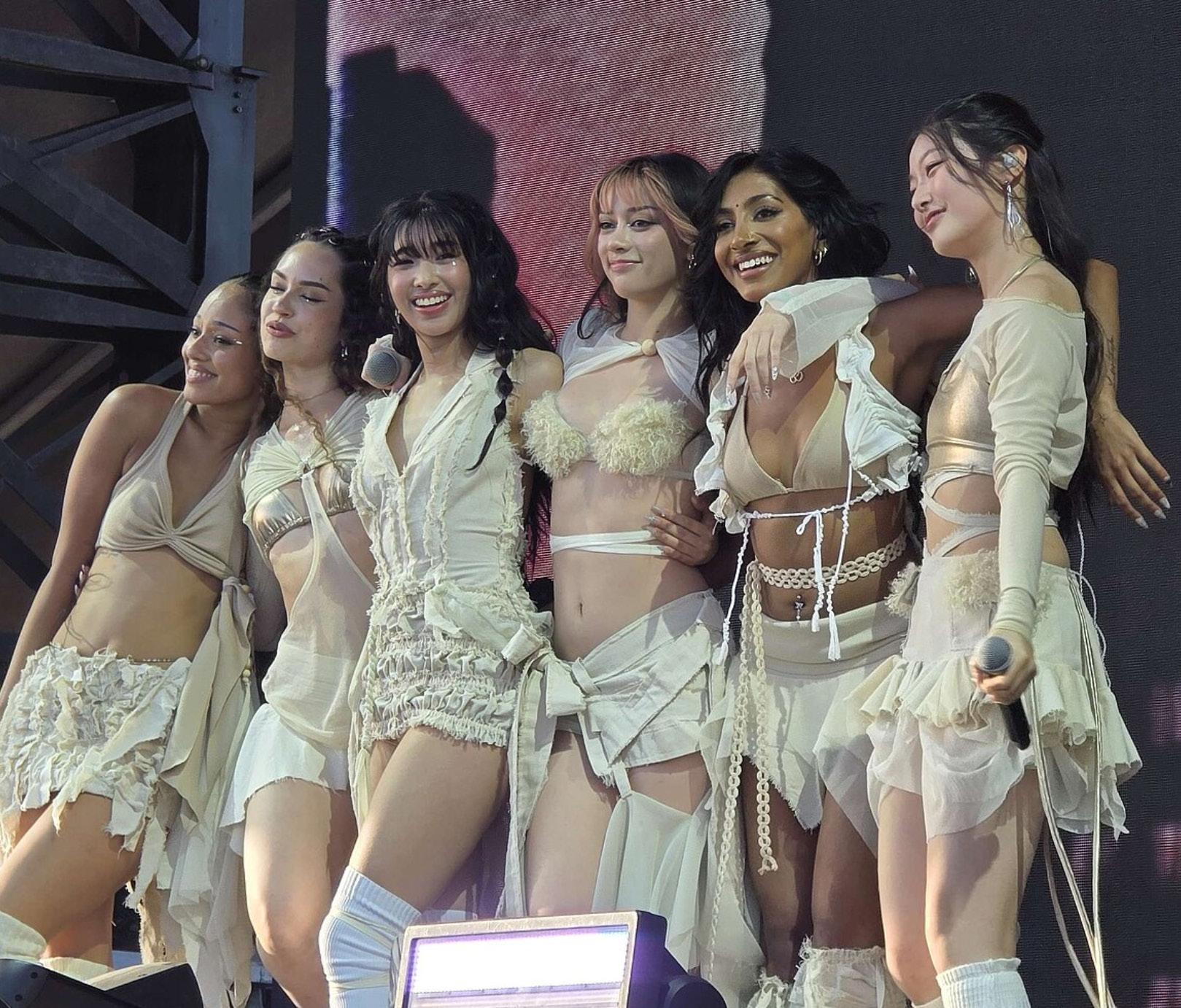
Ash Callaghan hosts the most correctly opinionated fashion “educational podcast” on YouTube. In her short videos, Ash shares her thoughts on fashion culture, trends, and how to achieve the infamous “personal style” influencers preach about.
What makes Ash’s videos better than others is that she is not trying to be anyone but herself. She is not sponsored by fast-fashion brands, she films on her iPhone from her bedroom, and she still lives with her parents. She keeps a low social media profile as well, with only seven posts on her Instagram, most of which do not even have her face on them.
Callaghan provides well-researched, insightful commentary on the realities and shortcomings of the current fashion industry. It sometimes feels like she is the only fashion content creator who is not stuck in a bubble of candy-coated sponsorships and trends.
Some of my favorite videos from her include “discussing menswear as a woman,” “fashion for the face,” and “online vs. *real life* fashion trends.” Her dry, witty insights paired with a posh British accent and the occasional physics lesson make her one of my favorite watches on YouTube recently.
- ABBY JOYNER
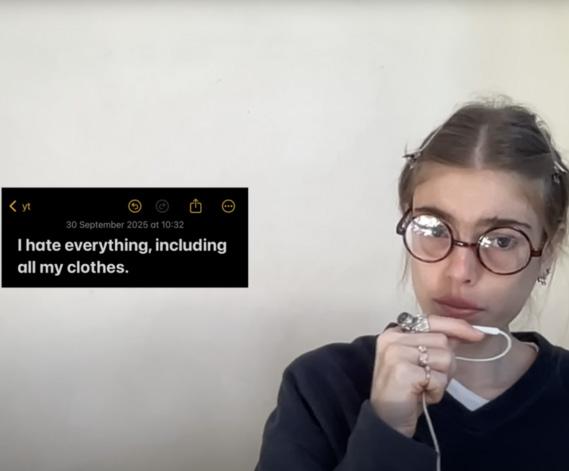
Find out the top five things that our exec board is inspired by right now.

HAIR BARRETTES
I have a new obsession: hair barrettes. I often use hair barrettes as an easy fix for any bad hair day. When I find my hair greasy, I wear barrettes. When my bangs look silly, barrettes come in handy. Barrettes add a whimsical feel to a boring outfit. While in class and at work, I prefer to keep my hair off my face. I turn to practical and stylish barrettes as the perfect accessory for any occasion. Barrettes come in all shapes and colors, making them easy to style. My favorite barrettes in my collection are oversized, sparkly and colorful. I love barrettes because they look amazing on everyone regardless of their hair type: short, long, curly, wavy, or straight.
- NATALIE

KINDLES
Something that I cannot recommend enough is a Kindle Paperwhite. Don’t get me wrong, I still love physical books and own an entire overflowing shelf of novels of all kinds. Nothing can beat the feel of a physical book in your hands, the smell of books in a store, or the visual appeal of a beautifully organized bookshelf. However, none of this is inherently practical, especially with the cost of books being on the rise. As much as I would love to own and read physical copies of all my favorite books, that’s financially impossible. What I’ve started doing to feed my book addiction is borrowing books for free on my Kindle. I have a library card at my public library, and I check out books on the app and read them on my Kindle. It’s been incredibly convenient for me since I’ve been at college and don’t have room for a bunch of physical books. Kindles are also really lightweight, so I can bring mine anywhere — to the gym, on vacation, in my backpack. It motivates me to go to the gym more often because I can bring my Kindle and read while I’m on the treadmill. It’s also saved me money because I don’t have to buy as many books, and instead, I can check them out for free. I can’t believe I used to hate on Kindles because mine has quickly become something I use often and really enjoy.
- AVERY ST. GEORGE
The album “Suck It and See,” by the Arctic Monkeys, is a flirtatious melody of pop-rock songs that were on my rotation all summer long. The album, released in 2011, is an ode to women who are a force to be reckoned with. It’s heavy rock instrumentals and grunge-esque melody pair to make the songs feel sexy and a little sleazy. With Alex Turner’s iconic vocal drawl, the album is the epitome of the Arctic Monkeys’ dark Tumblr aesthetic. The lyricism, most notably on the title track, “She’s Thunderstorms,” and “Reckless Serenade,” poetically portrays a fierce female figure — and you can’t help but feel like one too when you listen.
- LAUREN STIDHAM

Halloween is a big deal for me, OK? I go all in every time, and more people need to join the trend. Halloween is one of the few nights of the year when you can go all out and be as over the top as you want. I always try to thrift as much as I can or make what I can by hand. This year, I took that challenge completely and decided to DIY as many of my costumes as I could.
It’s me and my hot glue gun against the world. I have learned so much about wig styling, sewing, and the art of building props with cardboard, paint, and a prayer. It has definitely been a lot of trial and error, but it’s been a great creative outlet between work and classes over the last two months. I highly recommend making your costumes by hand if
you’re able to; it is truly less daunting than you think. There are tons of YouTube tutorials and free patterns online that you can use to get started, too.
Making clothes doesn’t just have to be for Halloween, either; you can thrift and upcycle so many cute pieces to add to your collection. Don’t assume you don’t have the skills or ability to do something just because you have never tried it before. Remember, you are far more capable than you give yourself credit for.
- SHYLA ALGERI

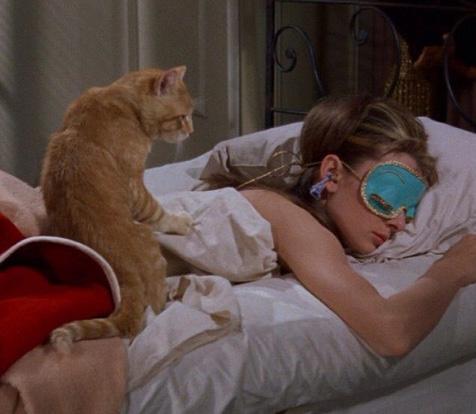
“DO NOT DISTURB” HOURS
This semester, I am practicing implementing a personal “Do Not Disturb” mode, or just scheduling time to disconnect from my phone, email, and social media. There are certain times of day I now commit to staying offline, including the morning, when I’m at the gym, on a walk, or hanging out with friends. During these times, I either swipe to Do Not Disturb mode, put my phone in another room, or turn it completely off.
Although I still have room to improve on being grounded in the moment or present in my dayto-day life, making the active choice to invest my full attention to the task at hand or the people I am with helps me show up better as both a friend and student, and for myself. I used to think
being a good friend meant being available at all times, but now I’ve shifted my mindset to being available when I can be fully present in a moment or experience, instead. This has helped me limit doomscrolling, pay better attention in class, and feel less burnt out socially.
These self-imposed “Do Not Disturb” hours allow me to feel much more excited about the things filling up my schedule, because I have more confidence that I will be fully present in these moments instead of answering a non-urgent text, checking Instagram, or being distracted.
- DISHA HOQUE
Editor’s Note
Welcome to our first issue of the year! My name is Gabrielle Cabanes, and I am beyond thrilled and deeply humbled to serve as this year’s editor-in-chief. Thread is such a big part of my life, and I am so excited to see all the things that these wonderful Threadies will accomplish.
For our first issue, we decided to jump into the world of movement. Whether looking at physical movement in sports like rugby and women’s basketball, or the symbolic movement of fashion as it’s been impacted by immigration, this issue covers movement in every sense of the word. A word of appreciation to our wonderful seams editor, Abby Joyner, for bringing this idea to life. This is your baby, and we are so excited to see it sparkle.
For our middle of the book shoots for this issue, we decided to explore different media within the art of moving. Our fire-filled Harley Davidson shoot is sure to knock your socks off as our models ride off into the sunset. Our jazzercise shoot will have you movin’ and groovin’ as our dancers get funky with all the crazy colors. Next, our divas will be running laps around the readers in our track shoot. Make sure to bring your running shoes. And finally, once that’s all tired you out, take a look at our calm and soothing yoga shoot. Take a deep breath and relax.
Everyone at Thread has been so incredibly dedicated to starting off the year on the right foot. Whether it’s jumping in to make content for a shoot, working crazy hours to fundraise and make the magic happen, or even just bringing a positive and welcoming smile to every meeting, Threadies have been working so hard, and we are so proud to show you what we’ve done.
To our website queen, Carly Hart, thank you for always being so driven in making sure our internet presence is as beautiful as it is. Your hard work and dedication always pay off. To our wonderful design team and especially Gwyneth Shoemaker, thank you so much for your hard work on this issue. Your designs and artistic skills are deeply admired. To our most talented illustration director Kendall, thank you for bringing Thread stories to life with your incredible creative touch. To our multimedia people, led by our girl Maggie Musto, thank you for driving a team of such beautiful creators. The videos have brought so much glee and excitement to this issue.
To the wonderful fashion and makeup teams, led by

the incredible Bella Bolin and Madelyn Joens, thank you for always bringing the heat with outfits and makeup. Our models always look so good, and we are so grateful for your enthusiasm and problem-solving skills. To our photo team, led by Disha Hoque and Jori Husted, the pictures you created for this issue are pure magic. Thank you for bringing the vision to life.
To our editorial team, your consistency in having the best quality writing never goes unnoticed. A team of incredible women who work so hard to produce interesting and important stories that readers will want to dive into. Your bond as a group is so beautiful to watch, and writers are so lucky to thrive under your leadership.
To the business team, Thread wouldn’t be able to survive without you. From thinking of ideas for our general body meetings, having the hottest socials (thank you, Shayla), and some bomb social media content (thank you, Max), Thread thrives with your talent and dedication. And of course, the biggest thank you to Natalie Schoolcraft for running the business show. Your light shines bright in business. We are so lucky to have you.
To our brilliant art director, Morgan Clark, thank you for always being the life of the party. You are such a bright bubble even on the darkest days, and your creativity and ambition speak for themselves.
To my longest and most esteemed colleague, Hadley Fain, from the bottom of my heart, thank you. Hadley and I started this journey together, and her friendship and vision mean the world to me. She is by far the most talented person I have ever met, and any room where Hadley directs is one that is bound for success.
Last but not least, to my right-hand woman, Cami Seymore, thank you for always having my back and being Thread’s rock. Whether it’s problem-solving a
missing story or being the best Thread cheerleader, your dedication to this team has been so incredible to watch these last two years.
Finally, thank you to our readers. Thread is all for you and because of you. I cannot express my love for this community and all it has brought me.
And with that said, I hope you enjoy “The Movement Issue”.
YOURS TRULY,

Gabrielle Cabanes Editor-In-Chief
EDITOR-IN-CHIEF Gabrielle Cabanes
MANAGING EDITOR Cami Seymore
CREATIVE DIRECTOR Hadley Fain
ART DIRECTOR Morgan Clark
BUISNESS MANAGER Natalie Schoolcraft
EDITORIAL
COPY CHIEF Lola Morano
SEAMS EDITOR Abby Joyner
WWW, & CAMPUS CASUAL EDITOR Avery St. George
FEATURES & BOC EDITOR Olivia Leggans
ONLINE CONTENT EDITOR Lauren Stidham
EDITORIAL STAFF Emilie DeOreo, Anna Hanes, Abbey Menza, Hannah Jamieson, Autumn Moore, Disha Hoque, Charlotte Petrie, David Asamoah, Susie Iannone, Peyton Ann Hodge, Taylor Murray, Sophia Rooksberry, Alexandra Hopkins
DESIGN
DESIGN DIRECTOR Gwyneth Shoemaker
DESIGN ASSISTANT Ella Huelskamp
ILLUSTRATION DIRECTOR Kendall Wiff
WEB DIRECTOR Carly Hart
FILE MANAGER Ally Kyle
DESIGN STAFF Ella Huelskamp, Emma Henry, Carly Hart, Nicole Bell, Tanner Vance, Gretchen Stoner, Sophia Cianciola, Maris Cordial, Pamela Johnson, Emily Petertonjes, Alyssa Kiszczak, Emma Chistenson, Harlee Shae, Sophie Schaller, Lia Tawes, Jori Husted, Grace Callahan
ILLUSTRATION STAFF Kendall Wiff, Maris Cordial,
Sophia Cianciola, Amber Buss, Grace Callahan, Lillian Vidmar-McEwen
PHOTO
CO-PHOTO CHIEFS Jori Husted & Disha Hoque
HEAD PHOTO EDITOR Nate Conklin
PHOTOGRAPHY STAFF Sophie Schaller, Audrey Frilling, Emily Petertonjes, Liam Delaney, Presley Lavigne, Skylar Seavey, Morgan Clark, Hadley Fain, Amber Buss, Taylor Murray, Sophia Parrillo, Andy McLen, Nicole Bell, Gabrielle Cabanes, Ellie Duncan
MULTIMEDIA
MULTIMEDIA DIRECTOR Maggie Musto
PROJECT COORDINATOR Nicole Bell
VIDEO PRODUCER Avery Callison
STAFF Alayna Talladino, Sydney Huckstep, Maddie Benedict, Gabbie Weil, Avery Tyla, Mia Sammons
FASHION
FASHION DIRECTOR Bella Bolin
ASSISTANT FASHION DIRECTOR Courtney Getter
MAKEUP DIRECTOR Madelyn Joens
ASSISTANT MAKEUP DIRECTOR Bobbi Cross
FASHION STYLISTS Charlotte Petrie, Jayden Shoaf, Lila Wetzel, Kira Mace, Avery Tyla, Reagan Truitt, Megan Harlan, Octavia Houge, Ella Borton, Georgia
Booth, Trinity Sweet, Emmett Girton, Harlee Shea, Breckin Miller, Erin Brogan, Carly Hart, Ella Fagan, Ellie Morgan, Olivia Puente, Emma Christenson, Adam Marcum, Amber Buss, Carmen Barcus, Linda Lacour, Ella Franks, Sophia Parillo, Audrey Frilling, Elise Talaga, Hunter Gillispie, Sydney Huckstep, Tessa Altier, Sophia Butler, Cassidy Justice
BUISNESS & SOCIAL MEDIA
DIRECTOR OF PR: CREATIVE STRATEGIES Lulu McGhee
DIRECTOR OF PR: SALES Kamryn Clark
EVENT PLANNING Shyla Algeri
HEAD OF SOCIAL MEDIA Max Gruhn
COMMUNITY STANDARDS DIRECTOR Savannah Swanson
CREATIVE DIRECTOR





EDITOR-IN-CHIEF

Executive Board Fall 2025





MULTIMEDIA DIRECTOR

PROJECT COORDINATOR




CO-PHOTO CHIEF

CO-PHOTO CHIEF


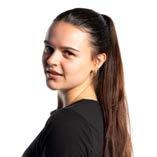
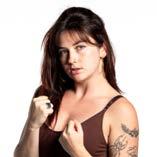
SEAMS EDITOR




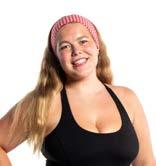


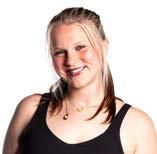


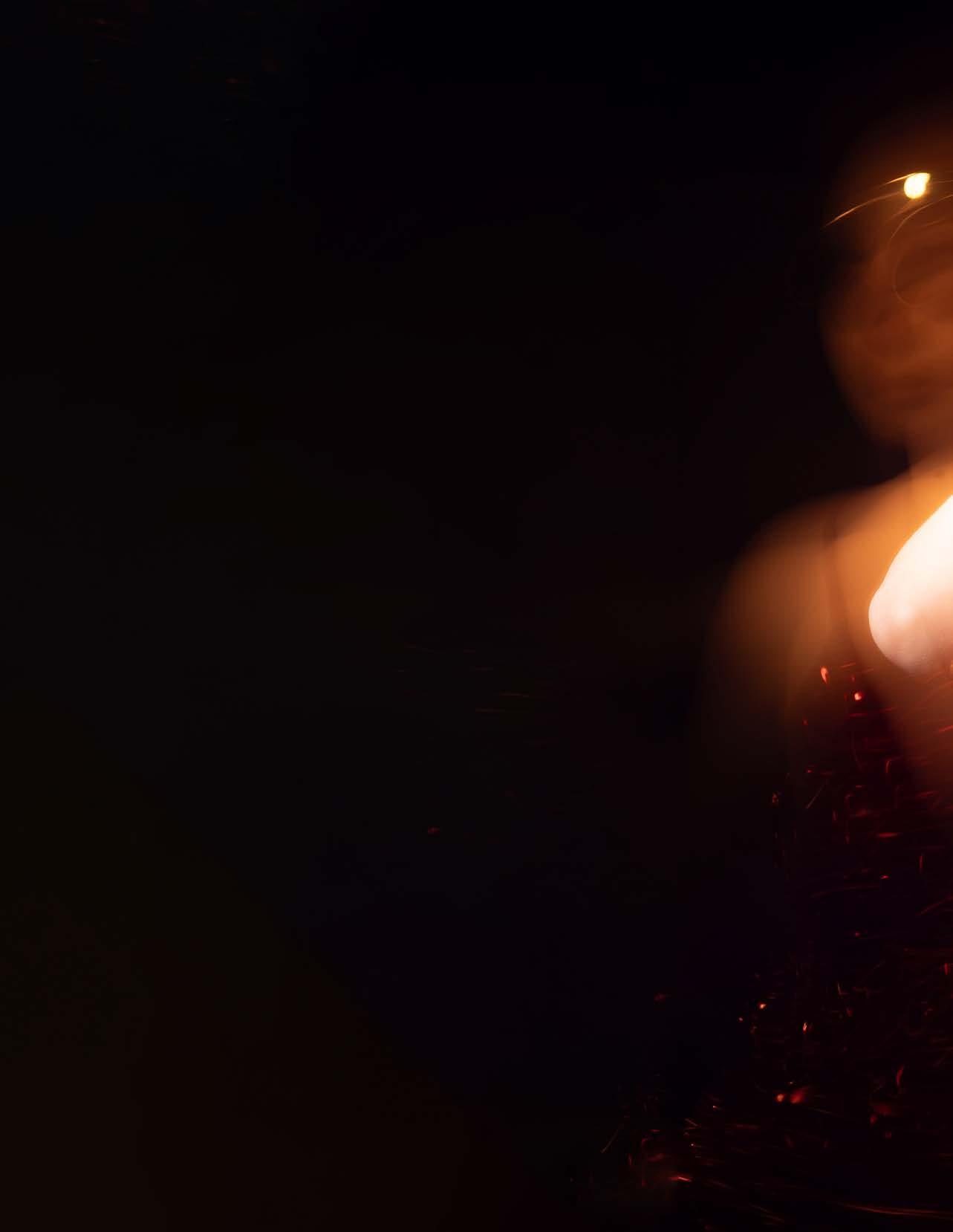
SEAMS
From the runway to the streets, and everywhere in between, here are this seasons’s most soughtafter trends.
HEADLINE P.#
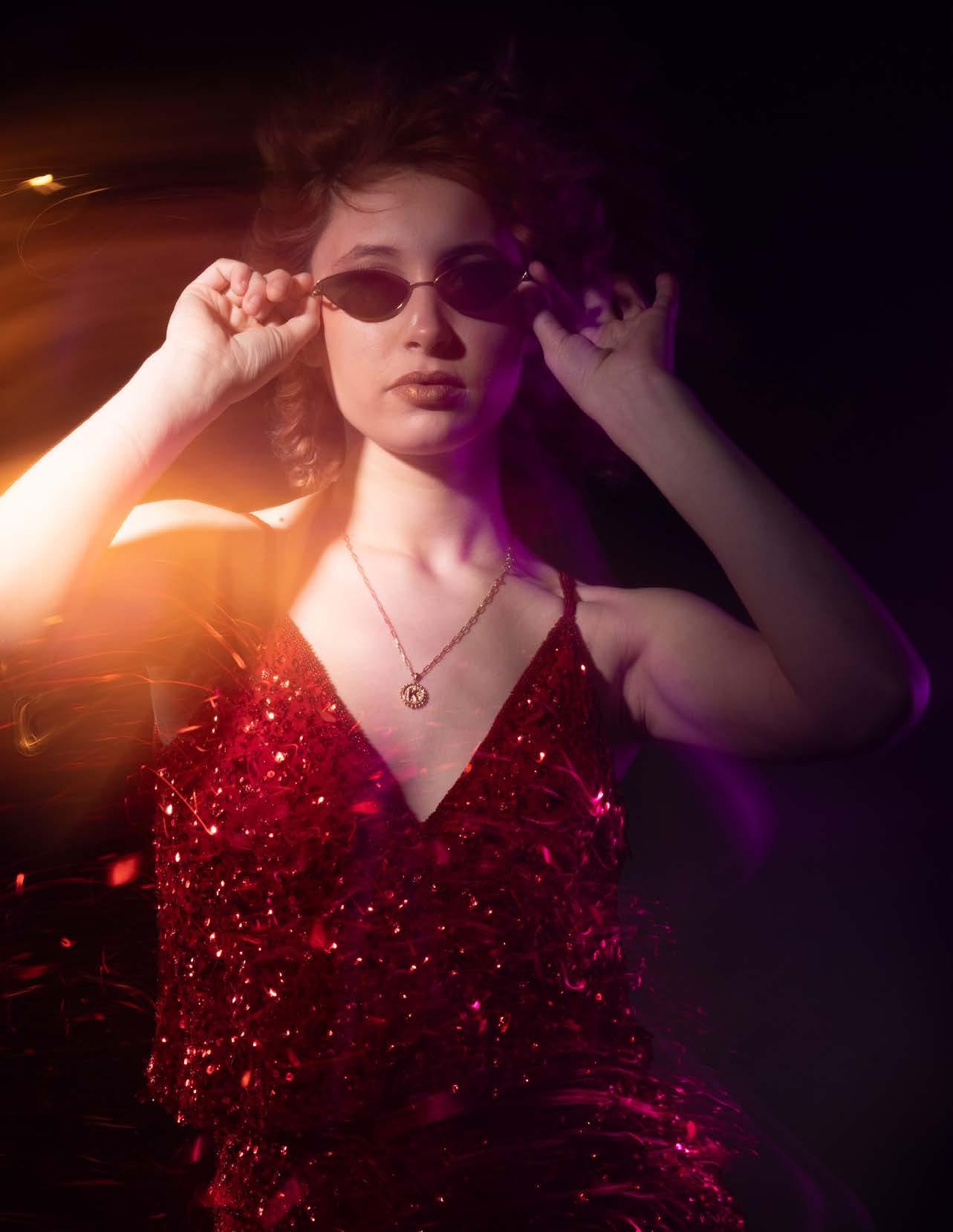
BY ANNA HANES
PHOTOS BY SOPHIE SCHALLER
EDITS BY NATE CONKLIN
DESIGN BY ELLA HUELSKAMP

SPRING - SUMMER 2003
Ralph Lauren’s SpringSummer 2003 ready-to-wear show captured a moment of understated elegance, showcasing flowing dresses, tailored separates, antique corsets, cameo chokers, and soft pastel palettes. At the time, the collection was praised for its classic American style, blending relaxed sophistication with a touch of vintage charm. Nearly two decades later, many of the trends Lauren highlighted remain relevant, showing how fashion often repeats itself.
The 2003 show emphasized fluid silhouettes and lightweight fabrics, a response to the early 2000s shift toward casual luxury. Long, draped dresses, high-wasted trousers, and delicate layering reflected a desire for comfort without sacrificing style. Similar shapes appear in modern collections, demonstrating how clean tailoring and lines remain timeless. The use of soft pastels and muted neutrals in 2003 has resurfaced in current seasonal palettes, highlighting the cyclical nature of color trends. Modern interpretations of this color scheme can be seen in Pantone’s 2025 Color of the Year, a muted neutral called “Mocha Mousse.”
Ralph Lauren’s approach to accessories in 2003 offers lessons for today’s designers. Minimalist belts, simple handbags, and understated jewelry brought the clothing to the focal point, a principle echoed in contemporary fashion where less is often more. The collection’s historical significance lies not only in its aesthetic but also in its influence on how designers balance trendiness with long-lasting appeal.
In today’s fashion landscape, where nostalgia and reinterpretation dominate, the Ralph Lauren Spring-Summer 2003 readyto-wear collection serves as a reminder that past trends often inform present ones. Designers continue to draw inspiration from previous decades, whether it’s through silhouette, color, or styling, which reinforces the idea that fashion is both a reflection of its time and a conversation across
generations. This collection is a testament to its enduring dialogue, demonstrating how elegance and thoughtful design remain relevant, no matter the era.

THOM BROWNE RUNWAY REALWAY
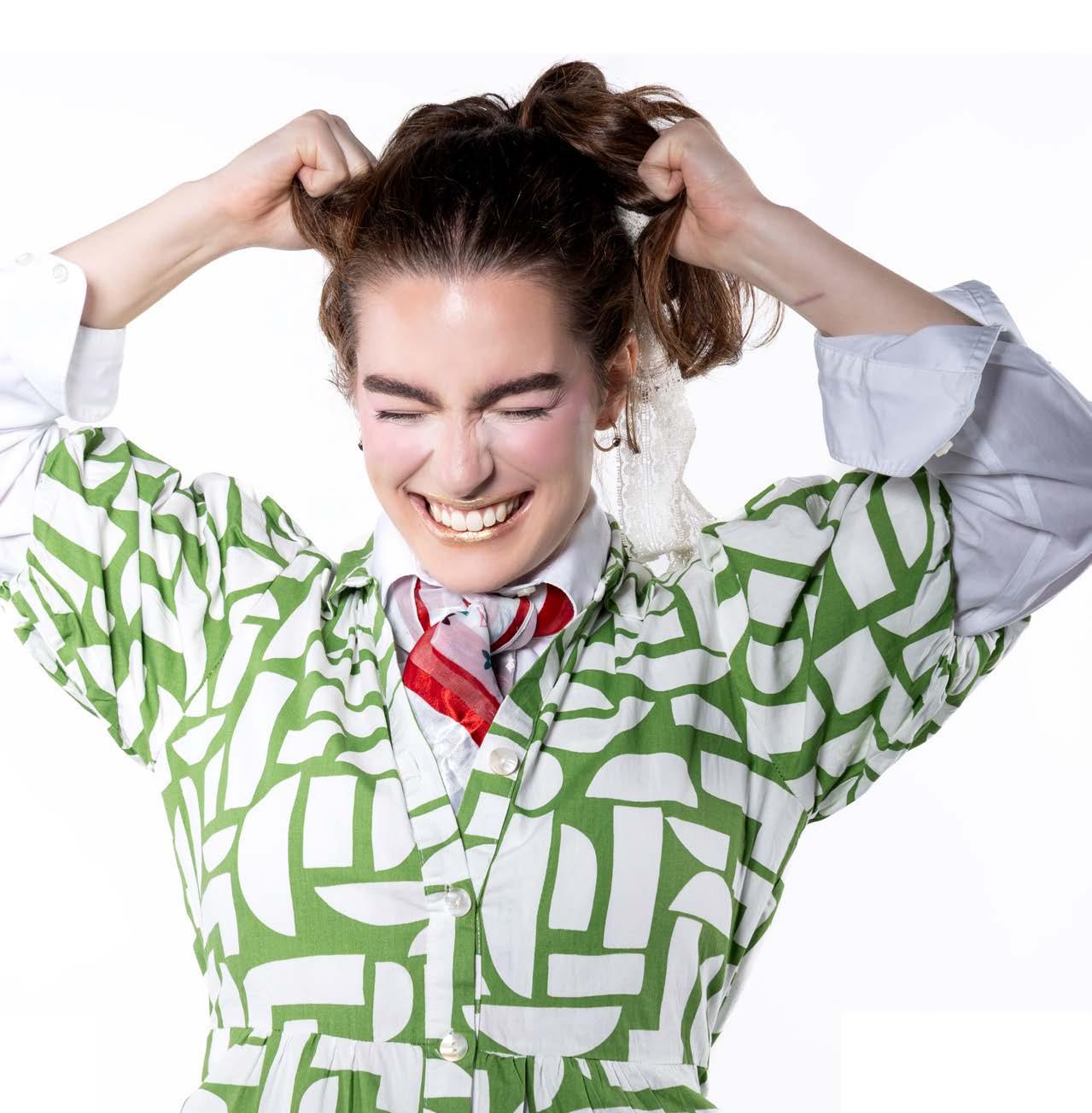
BY HANNAH JAMIESON
& SUMMER SPRING 20 20
Thom Browne’s Spring-Summer 2020 ready-to-wear and menswear collections feature a varied catalog of pastels intermingled with sports attire, portraying a chic diversion from gender norms and highlighting the mass appeal of recycling vintage trends.
As American Ballet Theater principal dancer James Whiteside pirouetted down the aisle in a seersucker tutu ensemble, male models paraded in pastels paired with ballet flats, holding basketballs and footballs, enlarged codpieces, and petticoats. Browne’s careful assortment of light pinks, greens, and blues pays homage to 18th-century French aristocratic fashion.
Additionally captivating, the elegant makeup is comparable to figures like Marie Antoinette, with pale face makeup, bright pink blush, and fascinating lip and eye art.
Aside from the historical theme, Browne’s fascination and appreciation for sports fashion are not only emphasized in this collection but also further defy gender norms. Contrary to the menswear collection, female models were given larger suits and skirts as a way of using shape to show the acceleration of women in maledominated areas, like sports. Giving both
the men’s and women’s collections sportsthemed accessories and the majority of the petticoats’ layers of skirts to the male models blurs the lines between femininity and masculinity, giving a posh American edge to the aforementioned pastel Frenchinspired fashion.
If there’s one thing Thom Browne’s shows are known for, his avant-garde theatrical productions would definitely be one of them. Starting the showcase with a professional male dancer in a more traditionally feminine sport solidifies the collection’s subversive message from the get-go.
Additionally, the footwear in both shows is more like artwork rather than functional footwear: the women wore stilted, animallike footwear, making it difficult for the models to strut. By contrast, the male models wore large football-shaped shoes or colorful dress shoes; the varying comfort levels potentially resemble how women are expected to “walk on eggshells,” so to speak, in the industry.
The collection’s masterful blend of historical elegance and modern subversions offers inevitable and endless commentary on the intersections of gender, history, and sports in high fashion.
COCO GAUFF
BY ABBEY MENZA
PHOTOS
BY
TAYLOR MURRAY
EDITING BY MORGAN
DESIGN BY LIA TAWES
CLARK
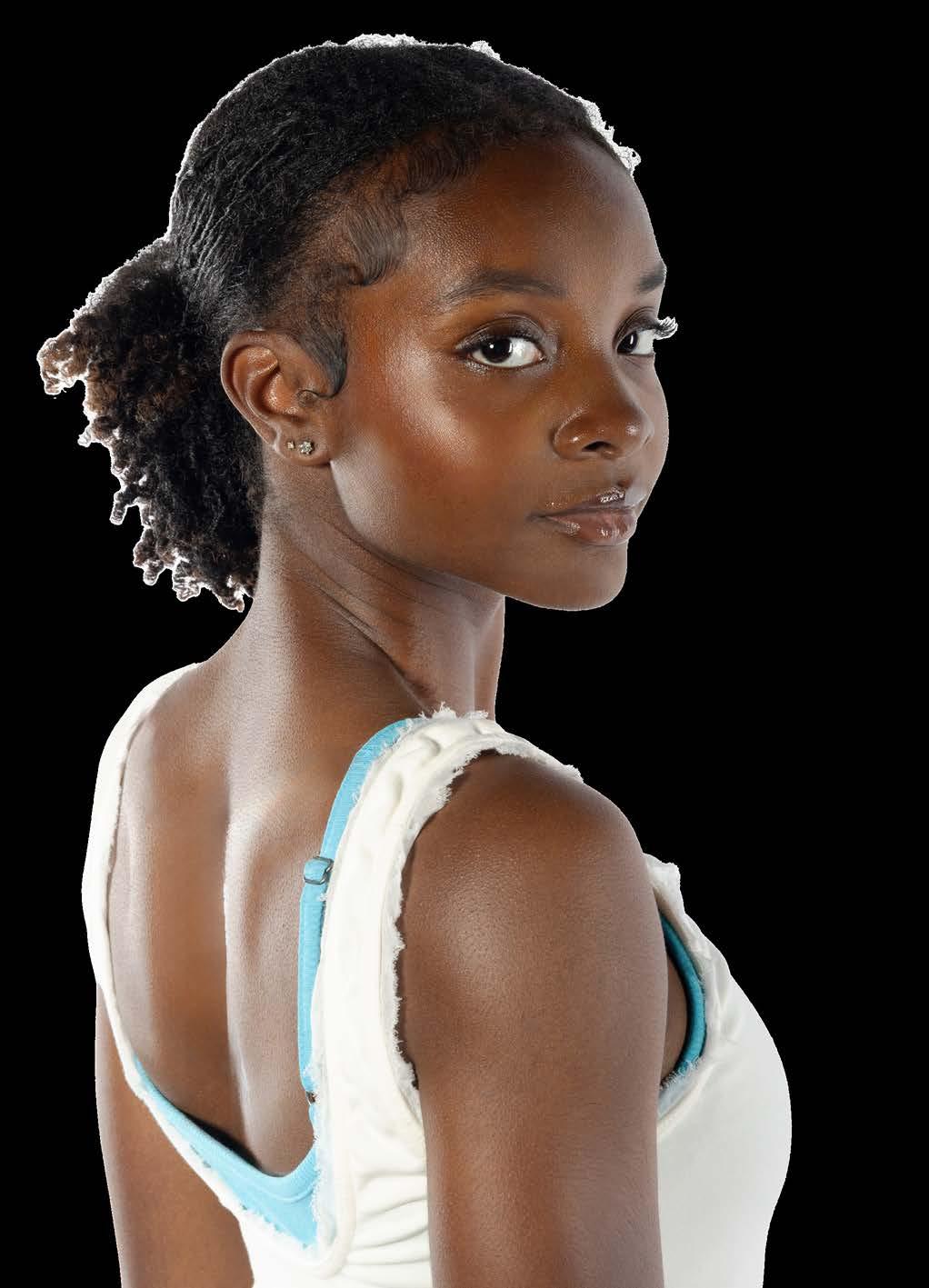
From dominating the tennis courts to sporting creative looks on the streets, Coco Gauff seamlessly blends her innovative thinking on and off the court. Gauff is considered one of the biggest sports stars since winning the 2018 French Open junior singles title at age 14. The 2023 U.S. Open champion continues to amaze the world with her tennis skills while sporting innovative pieces both inside and outside of the tennis bubble.
Gauff’s style on the court consists of brightlycolored, form-fitting pieces, occasionally with cut-outs to show more skin. Gauff has a longstanding relationship with New Balance and is typically seen playing in their products, wearing various matching sets, shoes, and accessories. At the 2024 U.S. Open in New York City, Gauff competed in a light blue New Balance dress with cutouts along her abdomen and a pleated skirt. The dress also had neon green accents that she complemented by wearing a neon green headband and sweatbands. Another memorable look of the tennis champion was her red, white, and blue New Balance set at the 2024 Paris Olympics. She sported a red and blue ombré top with a blue pleated skirt, complete with red shoes and a blue headband.
This partnership with New Balance has extended into collaborations with Miu Miu. This season, Gauff and Miu Miu collaborated on three one-of-one tennis kits for the tournaments in Rome, Berlin, and Cincinnati. These red, green, and blue kits, respectively, corresponded with the surface being played on: clay, grass, and hard courts. Gauff’s colorful fashion sense shines on the court in her coordinated outfits. She has not repeated an outfit throughout the 2025 tennis season.
“I like to mix masculine and feminine things, so I’ll wear ties, baggy pants, sometimes suit jackets, and things like that off-court,” Gauff said to Fashionista on the topic of her off-court style. Her street style correlates with ‘90s-inspired looks with baggier pants, looser-fitting tops, and occasional suit jackets.
Gauff attended the 2025 Oscars and debuted in a stunning, custom Miu Miu yellow gown embellished with crystals and an open back. Another red carpet mention was when Gauff was named to TIME Magazine’s 2024 Women of the Year list. She wore a black Prada gown that
had a silver sequined top. Her red carpet looks bring an elegance to her otherwise playful and colorful fashion sense.
The tennis star continues to advance and improve her skills while remaining chic on and off the courts, showing her dedication to her now blended passions.


CELEB STYLE:
LEWIS HAMILTON
BY ABBY JOYNER ILLUSTRATION BY KENDALL WIFF DESIGN BY EMILY PETERTONJES
Sir Lewis Hamilton might statistically be the greatest Formula 1 driver of all time, and he might also be the best dressed F1 driver of all time. The first and only Black F1 driver with a resume boasting seven F1 World Drivers’ Championships, 105 race wins, a Met Gala Co-Chair in 2025, and a Dior ambassadorship, Hamilton’s dominance reigns both inside and outside the racecar.

Most F1 drivers walk into the paddock for each four-day race weekend wearing their team’s kit, including a polo shirt and tightfitting khakis or jeans. This is not only because they love their teams so much that the only clothes they own besides a racing suit are polos, but drivers have contractual obligations to fulfill regarding sponsorships. Hamilton negotiates those contracts so he can display his truly iconic personal style. When the Ferrari driver steps
into the paddock, the rows of pit garages and hospitality suites turn into his personal runway.
“For me, though, fashion is about freeing yourself — it’s about self-expression; it’s about you,” Hamilton said to Vogue. “It’s about slowly, over time, evolving and learning more about yourself and what you like, and how you want to show up — how you want to be seen.”
To offer a few examples of Hamilton’s extraordinary paddock style, consider his Union Jack printed, Swarovski crystal-studded sleeveless jacket and trouser set at the 2025 British Grand Prix, his home race. In São Paolo in 2023, the then Mercedes driver sported a baggy custom leather jacket and pants set, colored green and yellow in tribute to Brazilian F1 legend Aryton Senna. The 2024 Monaco Grand Prix, F1’s most exclusive race, saw Hamilton strut into the paddock wearing a custom Dior openchested baby blue cardigan and oversized beige trousers, styled, as always, by Eric McNeal. His tattoos and various designer sunglasses serve as accessories to all styled looks.
Before Hamilton’s paddock fashion revolution, F1 was not as accepting of difference and individual flair, according to GQ. Now, other drivers like Red Bull’s Yuki Tsunoda and Hamilton’s Ferrari teammate, Charles Leclerc, have begun experimenting with innovative ways to rock their team kits.
No one does it quite like Lewis Hamilton. He is a one-of-one individual whose groundbreaking career has revolutionized the past, present, and future of F1.
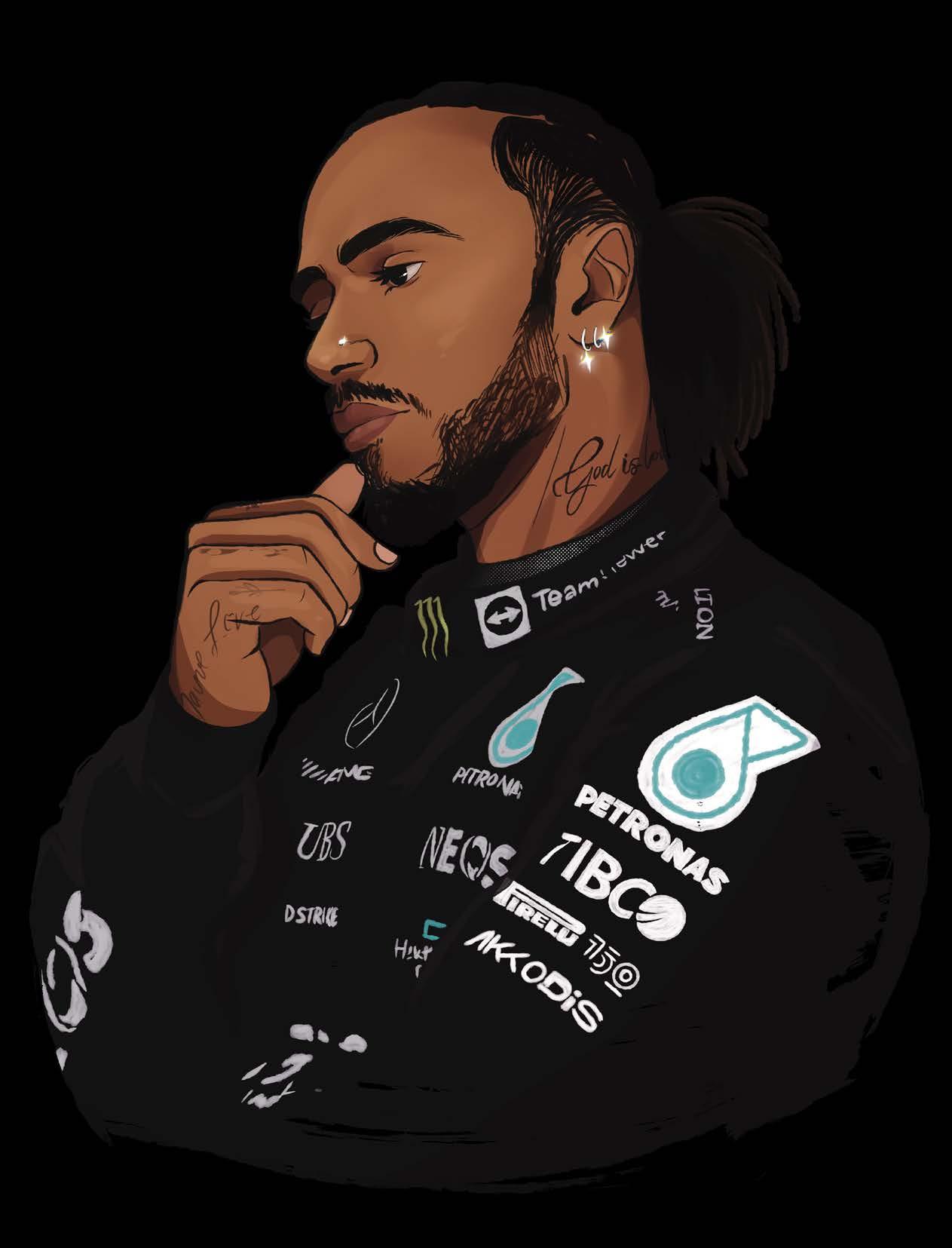
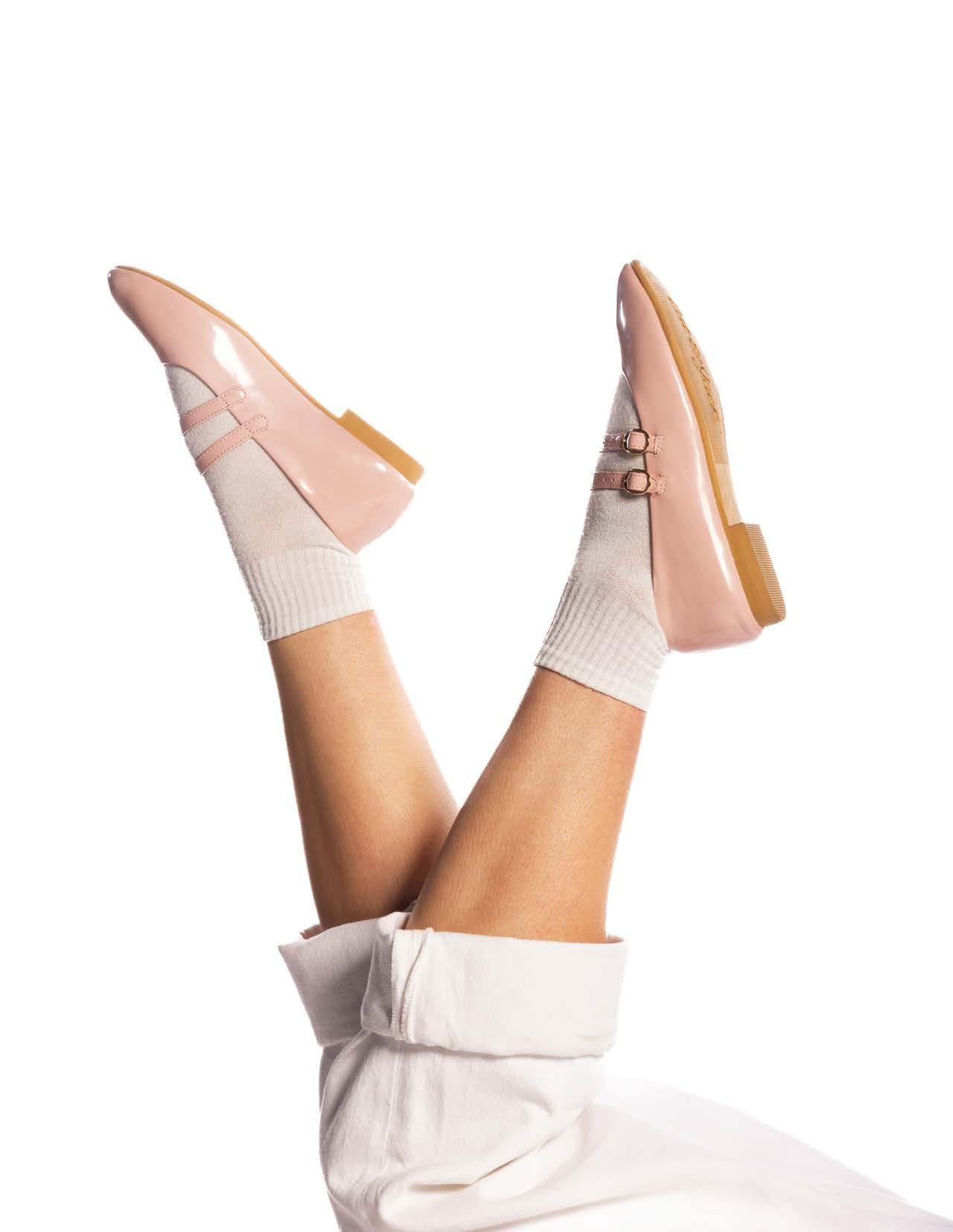
BY LOLA MORANA
EDITS
DESIGN BY JORI HUSTED
As someone who grew up doing ballet for over 15 years, I am very familiar with ballet slippers. This soft, tightly-fitted shoe is easy to slip on and off, allowing ballerinas to move across the floor with ease and elegance. Luckily, ballet flats are one of the current biggest shoe trends and allow people to do the same during everyday life.
Even though the trend is resurfacing, this accessory is far from new. Ballet flats can be traced back as far as the 1700s. However, it wasn’t until the 1900s that this style of shoe became more popular in the fashion world. Capezio, a brand that produces ballet shoes still to this day, designed a ballet flat that was meant to be worn off the stage. The shoe gained popularity and could be found more in everyday streetwear.
Ballet flats have since come and gone cyclically, as most trends do, and they are back in vogue once again due to the resurgence of multiple different trends. Ballet flats were a staple of many outfits from the early 2000s Y2K era of fashion, which is especially trendy right now. People wear these flats often with capris to lean into the Kate Moss look. Over the past year, the “ballerina aesthetic,” or “balletcore,” has also been popular on social media platforms like TikTok and Instagram. Ballet flats are a necessary accessory to this look.
Beyond their relation to current trends, ballet flats are in because they are often incredibly versatile. Looking up “ballet flats outfit” on Pinterest yields outfits varying from comfortable to dressy to business casual. This shoe can truly be worn with almost anything and can be used to either dress down or dress up any look.
You may be wondering where you can find a pair of ballet flats. With the prominence of this trend, almost any store will have a variation of them available. Even UGG, which typically makes fleece-lined clogs and boots. Miu Miu and Sandy Liang, two highfashion houses, are notable for their spunky, yet feminine ballet
flat options. For an athletic flair, check out what “Vogue” is calling a “sneakerina,” a hybrid between sneakers and ballet flats. However, due to the nature of this trend and how it has been popular generationally, first check local thrift stores as well as online second-hand sellers for ballet flats. There are so many different colors and styles of this shoe available; so next time you are looking for the perfect accessory to go with almost any of your outfits, look for ballet flats!

Monochromatic Headbands
BY AUTUMN MOORE
PHOTOS
BY
LIAM DELANEY
EDITS BY NATE CONKLIN
DESIGN BY GRACE CALLAHAN
Monochromatic headbands are taking the world by its hair. Whether you want to channel your inner Blair Waldorf, keep your hair from sticking to your sweat, or want a cute retro look, monochromatic headbands should always be within reach. Not only are they cheap, but they are also simple, versatile, and stylish.
Being just a basic loop of fabric or ribbon, headbands have been worn since ancient Greece. They especially became popular during the 1920s, being worn by flappers and symbolizing female liberation, according to Studio Myr. Headbands made an even bigger comeback in the 1960s post-war era. Since then, they have been present in nearly every trend catalog. Monochromatic headbands have specifically proliferated current styles with an overall cultural shift to minimal design.
2025 has brought multiple new trends to the forefront of the headband scene. Even designers have incorporated this accessory into their fashion shows, like Prada’s Spring-Summer 2019 ready-to-wear show. But the face of trends throughout recent years has shown that simplicity is the ultimate sophistication. With the “clean girl aesthetic” becoming popular on social media, where people forgo heavy makeup and opt for natural looks and simple outfits, people want a lifestyle that reflects simplicity
and grace, and a headband fits right into that puzzle. During a bad hair day, a monochromatic headband instantly transforms a frizzy nest into an effortless, clean look. Even at the gym, when it may feel difficult to style a pretty outfit, a headband can complete a desirable look.
Models like Bella Hadid and trendy girls photographed on Pinterest wear the monochromatic headband beautifully, so here are a few notes for inspiration. An easy yet compelling start is hair accessory stacking. Grab a claw clip, barrettes, and the monochromatic headband and try out wearing all three together. It’s an interesting way to show off your style in a personalized way. Pair some sunglasses with hair down and a headband to give an off-duty model look. Lastly, a slick back bun or ponytail paired with a headband is one of the most popular ways to style a headband currently. Monochromatic headbands come in so many colors that you could pair it with any outfit of any tone.
Whether it be athleisure, minimalism, or even high fashion, monochromatic headbands stand out as a versatile, elegant, accessible, and effortless hair accessory. There’s a reason why they’ve never gone out of style.
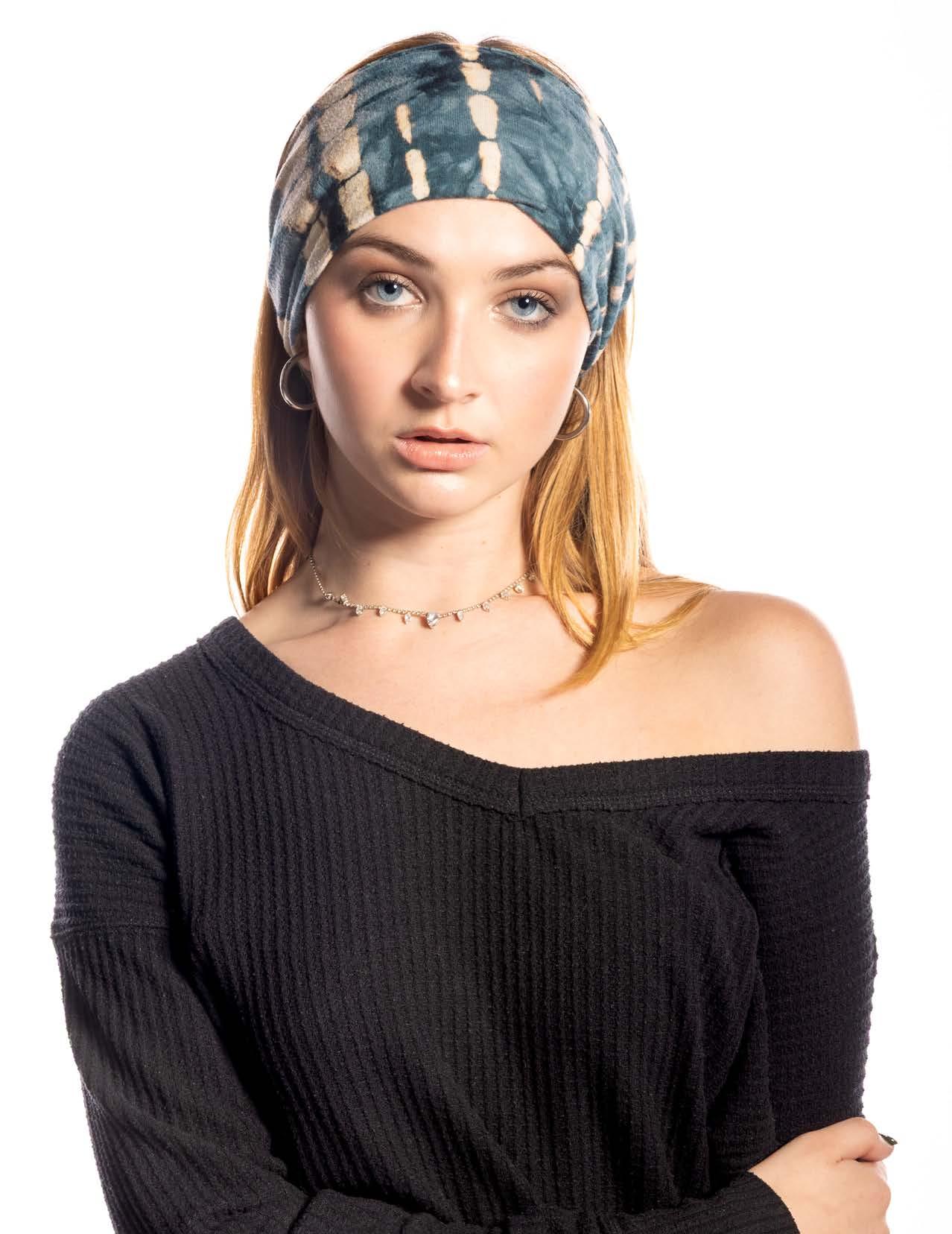
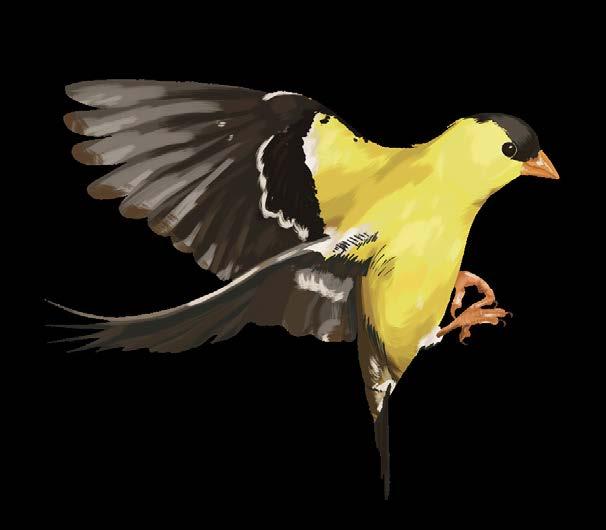
Flight of
How Bird Makeup Takes Beauty to New Skies
irds are symbolic creatures recognized by cultures across the globe. They represent freedom, spirituality, transformation, and creativity, and they are now influencing the world of beauty. Their vivid colors, feathers, and unique personalities have taken the makeup industry by storm. Birds not only rule the sky, but they are also a source of makeup and fashion inspiration.
Makeup artists are leaning into iridescent pigments, bold winged liners, and layered textures to mimic the brilliance of species such as peacocks, parrots, and hummingbirds. Bright turquoise lids, shimmering emerald highlights,
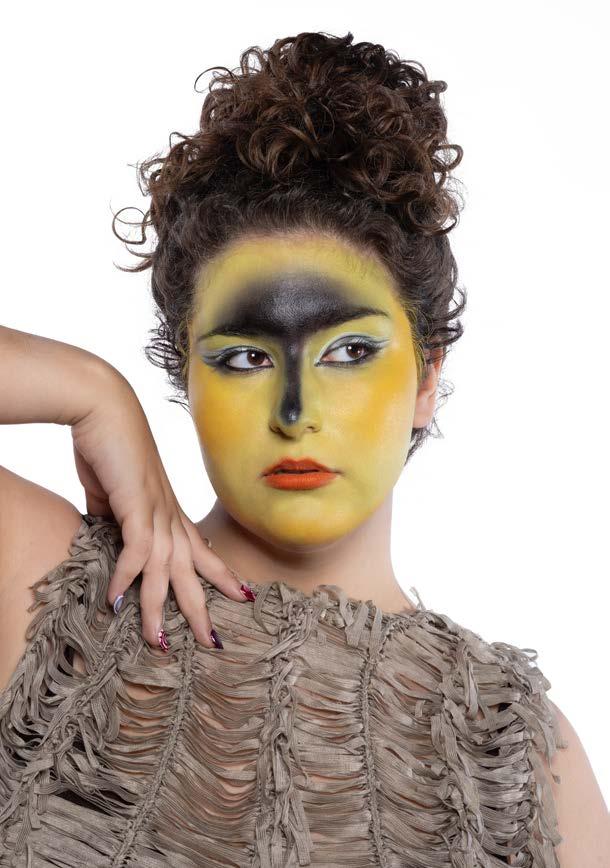
and sweeping feathered brows create a look that feels both wild and creative.
The appeal goes beyond color. For many, bird makeup carries a deeper meaning, offering new ways to be expressive. Birds are often associated with freedom and flight, making this avian inspiration one of individuality and selfexpression. Cosmetics consistently offer a way to rebel, experiment with identity, and claim personal freedom.
Fashion houses have also embraced birds as inspiration in runway looks. Recent runway shows, including Thom Browne’s Fall/Winter 2025 readyto-wear collection, feature models with fluffy lashes and metallic lids. The dramatic styles have filtered down to everyday makeup enthusiasts, who adapt the trend with subtle touches such as a pop of color in a smoky eye or a single winged liner. The trend’s versatility makes it accessible: a dash of pastel shimmer can represent a blue jay, where a red cut crease can echo the head of a robin.
Platforms such as TikTok, YouTube, and Instagram have fueled the movement, with creators posting step-by-step videos that vary from festival-ready, full glam to quick, birdinspired accents. The ballet Swan Lake and by proxy the film “Black Swan” (2010) and its fierce swan-inspired makeup are both popular iterations, particularly around Halloween.
Whether worn for a night out, a vibrant photo shoot, music festival, or even a day of errands, avian-inspired makeup invites wearers to spread their wings. By transforming the natural beauty of feathers and flight into bold color stories, the soaring possibilities of bird makeup prove that makeup can be more than a decoration — it can be a celebration of freedom and artistry.

Expression
BY ANNA HANES
PHOTOS BY PRESLEY LAVIGNE
ILLUSTRATION BY KENDALL WIFF
EDITS BY NATE CONKLIN
DESIGN BY GRACE CALLAHAN



BY SOPHIA ROOKSBERRY
Few sporting uniforms are complete without the addition of eye black, the smear of grease between an athlete’s undereyes and cheeks. Despite the pervasiveness of eye black across sports, many aspects of the product are up for contention, including its effectiveness and origins.
There are a few historical sporting figures who are credited with the earliest use of the substance, but the general consensus cites Babe Ruth as one of the first users of eye black in the 1920s. His concoction of burnt cork and shoe polish was designed to absorb the glare of the sun, allowing him to focus his vision on the balls flying in the outfield. Many followed in his footsteps, and some went on to determine that stickers were a better, less permanent alternative to grease that stained the skin.
While Ruth popularized eye black in baseball, it was Andy Farkas who brought the trend to football. While playing as a fullback in 1942 for the Washington Commanders, Farkas began using eye black for the same purpose as Ruth. He went on to lead the team to a victory in the NFL Championship against the Bears, and Farkas Eye Black remains a brand on the market today.
Many studies have been conducted about the effectiveness of eye black against glaring lights, but few are conclusive. However, the benefits of eye black extend beyond the scientific ones; the product serves aesthetic, psychological, and community-oriented purposes as well.
The dramatic act of applying eye black before a game causes an undeniable boost in confidence and energy, especially if Survivor’s “Eye of the Tiger” is blaring in the background while it’s being applied in slow motion. The psychological benefit of pre-game application also factors into the aesthetic symbolism of the product, which has become synonymous with tough football players ready to put their all into a game.

The broad recognizability of eye black feeds into fan culture, as well as the sporting events themselves. On any given gameday, football stadiums are filled with fans sporting the same undereye cosmetic as the players they are supporting, contributing to a cohesive culture of fandom.
Sha’Carri Richardson
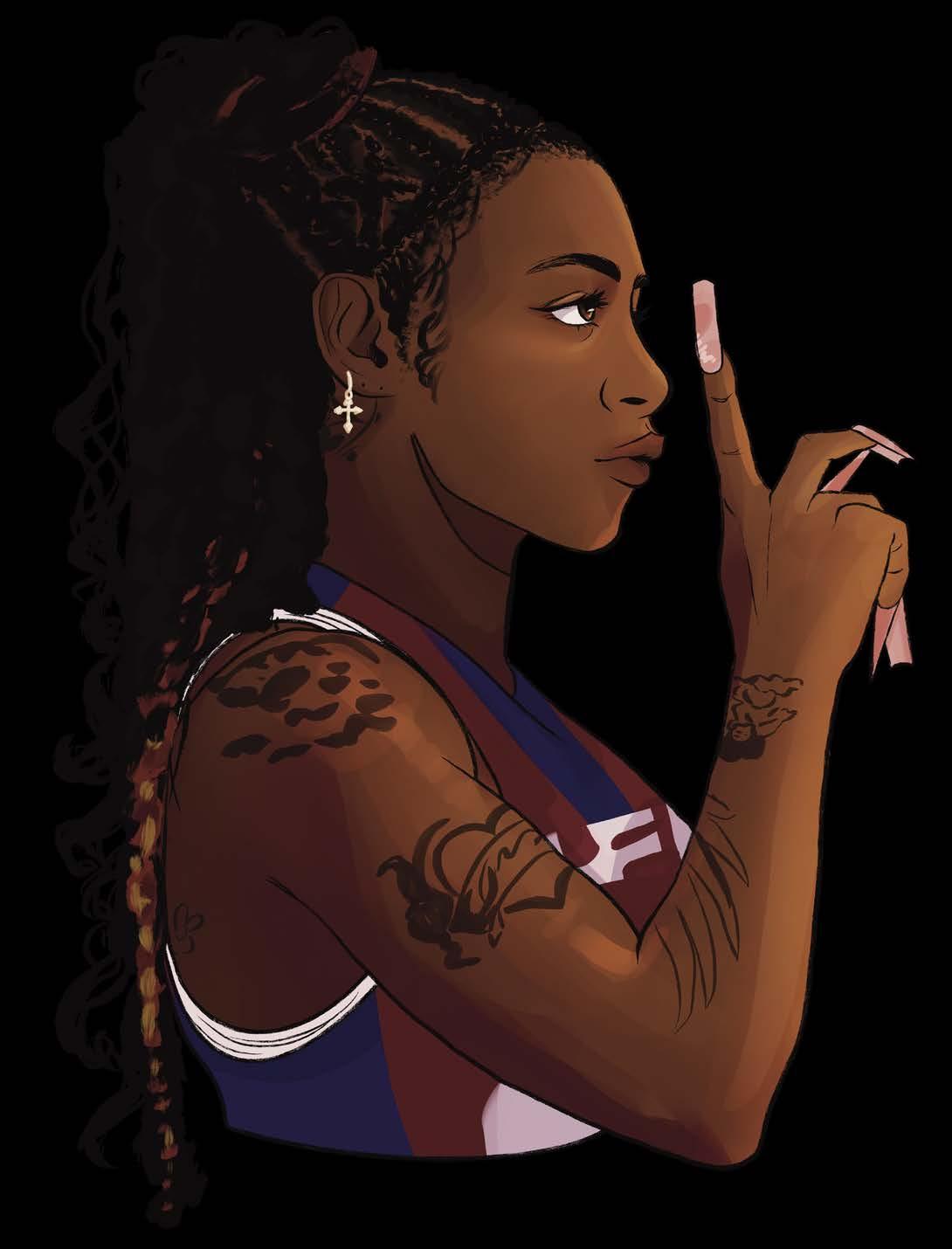
When Maximalism Meets Athleticism
BY DAVID ASAMOAH
ILLUSTRATION BY KENDALL WIFF
DESIGN BY EMMA CHRISTENSON
Sha’Carri Richardson is more than just another track and field athlete: she is one of the most decorated and hailed athletic talents of her generation. Throughout her career and off the track, Richardson is not afraid to showcase her personality through her style and proudly lets the world know who she is. Through Richardson’s style, she communicates her personal brand, while also dressing up to break sprinting records.
Richardson hails from Dallas, born on March 25, 2000. Her high school athletic career was nothing short of exceptional. She competed on the national level in 2016 at the Amateur Athletic Union Junior Olympics, winning the 100-meter dash. She also claimed a bronze medal in the 200-meter race at the USA track and field National Junior and Olympic competitions.
Richardson graduated from high school in 2018, and then enrolled at Louisiana State University, where she studied for one year before going professional in 2019. Richardson broke two world records at the NCAA Division Indoor Championships in 2019, as well as in the 100m and 200m events. Her achievements were recognized by the NCAA as she was awarded The Bowerman, an award given to the most outstanding NCAA track and field male and female athlete of the year.

with a time of 22.38 seconds, she said to NBC: “I really just wanted people to know that you can be yourself.” In this race, Richardson wore a Nike tracksuit with fishnets around her arms and legs. She said, “That means you wanna be sexy, you wanna be cute, you wanna express your ways that no one has done before? Don’t let that stop you.”
Richardson’s career took a negative turn when she was suspended from the Tokyo Olympics in 2021, after officials detected marijuana in her drug test. Richardson bounced back at the 2023 World Athletics Championships, setting a new record of 10.65 seconds in the 100-meter dash. Richardson is also a two-time Olympic medalist and won two gold medals from the 2023 World Athletics Championships in Budapest, Hungary.
Richardson’s style reflects her individuality. After she won the NYC Grand Prix track meet
Running and fashion go hand-in-hand for Richardson. Her energetic, playful style has been compared to sprinter Florence Joyner, including long, acrylic nails, glam makeup, and, of course, bright colors, such as Richardson’s brilliant wigs. Richardson has said her hair color is based on how she wants to feel. “Like the red puts me in a very dominating mood,” the athlete said in a People article. Richardson also said to Grio, “Fashion and sports are one [and] the same … an expression of self, an expression of flow.”
Despite all of Richardson’s setbacks, including losing her mother in 2021 prior to the Olympic trials, Richardson continues to express herself through her athleticism and her fashion, continuing to live her life to the fullest. No matter what life throws at her, Richardson plays big in both her style and her ambitions. She notably said in an Olympic interview, “I never play small, this is how I show up in life.”
U.S. Women’S Soccer Team
BY CHARLOTTE PETRIE
ILLUSTRATION BY AMBER BUSS DESIGN BY TANNER VANCE
Over the past three decades, the U.S. Women’s National Soccer Team has become a pillar of pride for female athletes around the globe. Anyone who has played the sport can confirm the exhilaration that is felt when under the bold lights of a stadium, the staccato of a soccer ball being passed from one cleated foot to the next, a woosh in the back of the net, inspiring an embrace. As new generations of players emerge, it is important to look back on a key moment in women’s soccer history that has fortified the future of the sport.
The USWNT’s decision to file a classaction lawsuit against the United States Soccer Federation in 2019 served as a major catalyst for bringing national attention to the issue of equal pay in women’s sports. Citing key differences between the collective bargaining agreements of the U.S. Men's National Soccer Team and the USWNT, the prosecution argued that the women’s team was being paid significantly less than their male counterparts. This disparity was a clear violation of the Equal Pay Act of 1963 and Title VII. The prosecution also highlighted the pay gap in performance bonuses: the men’s team earned up to $17,625 for a win against a top team, although the women’s team only received $8,500. The USMNT was even rewarded for simply tying low-ranked teams — the USWNT were given nothing. As of 2019, FIFA offered $4 million to the USWNT and $30 million to the tournament as a whole, whereas in the previous year, $400 million was allocated towards the men’s World Cup — the winner, France, received $38 million. The irony of this dilemma? Out of the World Cups between
2002 and 2015, the USWNT had an 81% win rate and appeared in the finals 50% of the time. The USMNT had a 41% win rate and did not advance to any final games. The main issue was that the USSF was operating upon the claim that the collective bargaining agreements were equal, which was simply not true, according to ESPN. Players like Megan Rapinoe, Alex Morgan, Becky Sauerbrunn, Tobin Heath, and Christen Press were instrumental in demanding equality and vocalizing the issue to the public. After long rounds of negotiation, the lawsuit was settled for $24 million in 2022, and a revised CBA was signed by the players. Additionally, the USSF would pay $2 million to support players after retirement and their efforts to advocate for girls’ soccer.
Upon reaching the settlement, former midfielder and winger Megan Rapinoe said, "This is a win for us. And this is a win for the players, for the next generation, for women's players around the world."
Since then, women’s and girls’ soccer has continued to blossom. Soccer is currently the third most popular sport for girls in the U.S., with almost 400,000 participants. It is also the second most-watched women’s sport worldwide. The influence of the 2019 lawsuit sparked a broader pay advocacy movement, not only for soccer but for all sports. The victory was just as meaningful as any World Cup trophy, and the momentous growth of women’s soccer is certainly due, in part, to the brazen players who had the courage to take a stand.
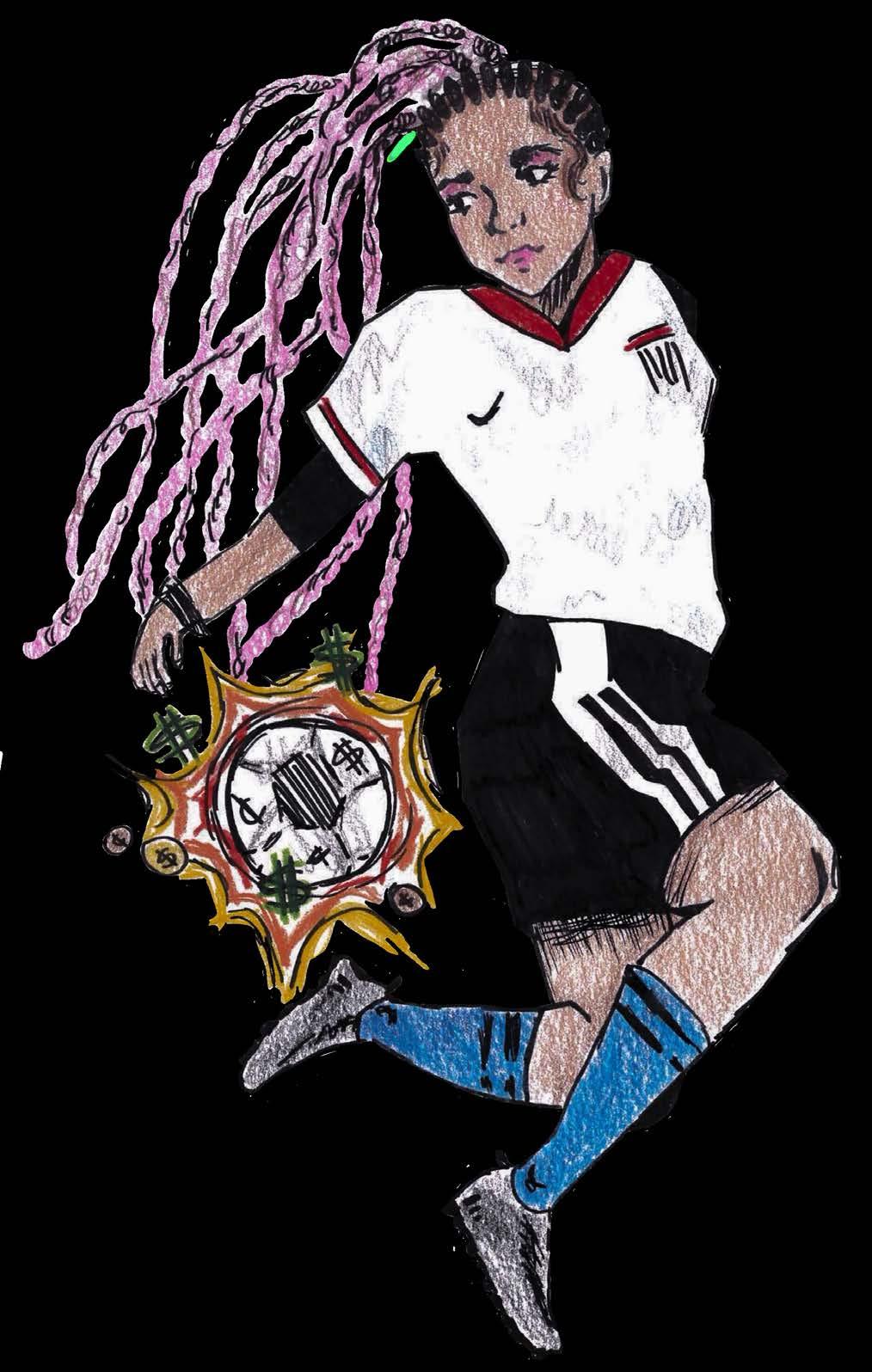
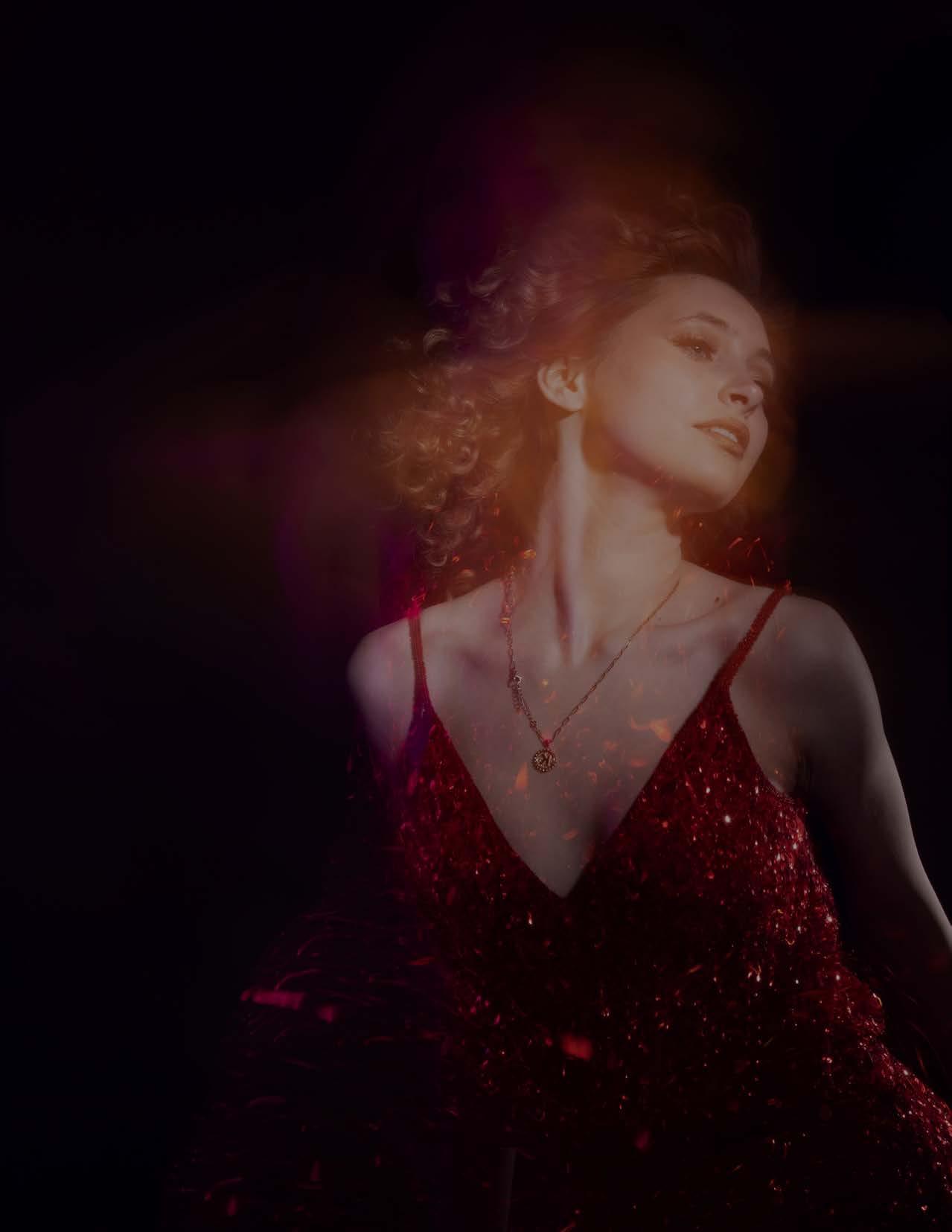
WHO, WHAT, WEAR
A glimpse into some of Athens’ most capitavating people, places, events.
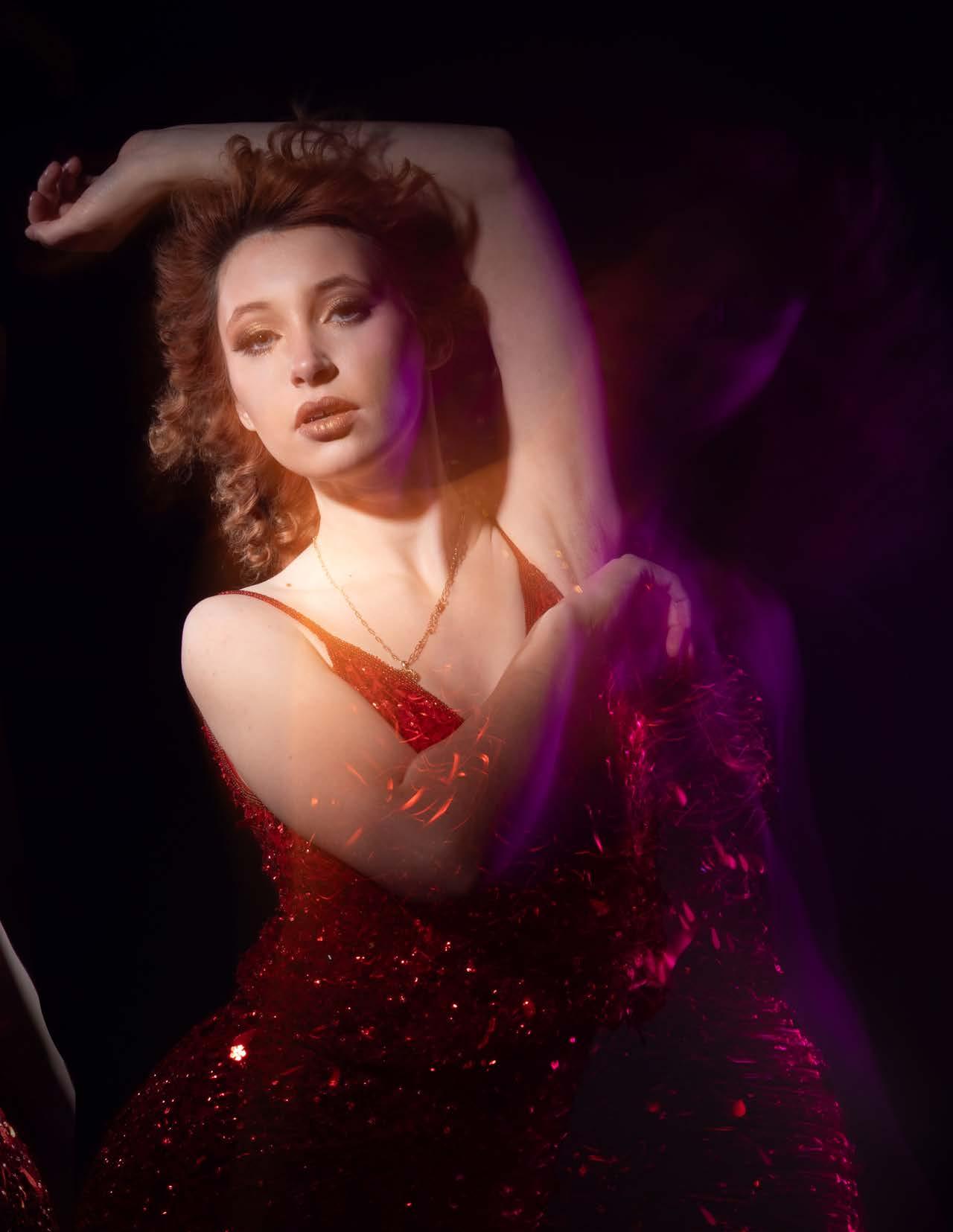
O N O M A T O P O E I A
BY CAMI SEYMORE DESIGN BY
Boom! Bang! Buzz! According to MerriamWebster, onomatopoeia is “the naming of a thing or action by a vocal imitation of the sound associated with it.” In other words, onomatopoeia is a word created by imitating a sound. These expressions don’t just capture noises, but they also reflect the everyday activities and energy of students at Ohio University.

Click
For many students, college is often a time to explore new interests and passions. Ava Olson, a sophomore studying studio art, decided to pick up photography on top of her other creative pursuits. While painting remains her primary focus, Olson wanted to take an introductory photography class to expand her skillset.
“[The camera] is such a delicate device,” Olson said. “I was too scared to touch it or get into it myself. But I thought … why not just try it out?”
Though she initially struggled with camera settings, Olson began practicing by taking photos around campus, often focusing on nature and everyday scenery.
“It’s helped me slow down and appreciate the smaller things in life,” Olson said.
COURTESY OF AVA OLSON

Fizz
Aubrey Algaier, a junior studying forensic chemistry, knew she wanted to go into chemistry since high school.
“They offered a forensics class at my high school, and I really liked all that stuff,” Algaier said. “It’s like the stuff you see in TV shows.”
Now, Algaier is building on that early spark through hands-on experiments in her courses. As a third-year student, she’s taking more advanced labs, conducting titrations, crystallizations, and a variety of other experiments. These opportunities not only strengthen her technical skills but also prepare her for a future career in forensic science as an aspiring drug chemist.
COURTESY OF AUBREY ALGAIER

Giggle
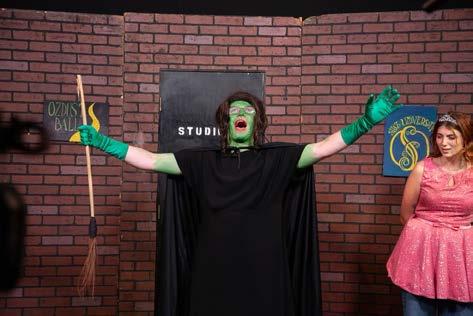
COURTESY OF FRIDAYS LIVE
Connor Egloff, a sophomore studying media arts production, always had one goal: to make people laugh. Egloff grew up doing youth theater and was often typecast as the comedic relief character.
“It was always like, impactful to me to see other people smile after my performance as a kid,” Egloff said. “That was really important to me.”
Once arriving at college, Egloff decided to audition for Fridays Live, OU’s “Saturday Night Live” esque sketch

comedy show. Fridays Live seemed to combine all of his interests — media, acting, and comedy — however, he also found a community.
“Comedy is a shared experience,” Egloff said. “Telling a joke requires two people. It requires the person telling the joke and the person receiving the joke and thinking it’s funny. So, I think that’s a really beautiful thing. It brings people together.”
Sizzle

COURTESY OF DEVIN LANDS
elaborate meal, cooking is another vessel for you to share community with other people.”

Splash
Megan Hastings, a senior studying engineering technology and management, is often busy with her rigorous coursework, but during any of her spare time, you can find her at the pool. Hastings started swimming when she was around five years old, and after that, she never stopped. Hastings immediately began swimming competitively throughout elementary and middle school, and ultimately fell in love with the sport.
“When you’re younger, you try all the sports,” Hastings said. “You’re in soccer and dance and everything else … and I tried to do those along with swimming. But there’s just something about something that [swimming] just made sense with me.”
In college, that passion never faltered. Hastings is now the president of OU’s club swim team, which practices four times a week and competes in meets with nearby universities.
“We just try to keep it fun and try to make everyone happy, and then we also like more structured practices,” Hastings said. “We try to get a good workout in and be able to push ourselves a little bit.”
These students have a wide range of interests that span athletics, arts, and academics. Yet, what unites them is a shared sense of community. At OU, students are able to explore their passions while connecting with others who share their values and interests.
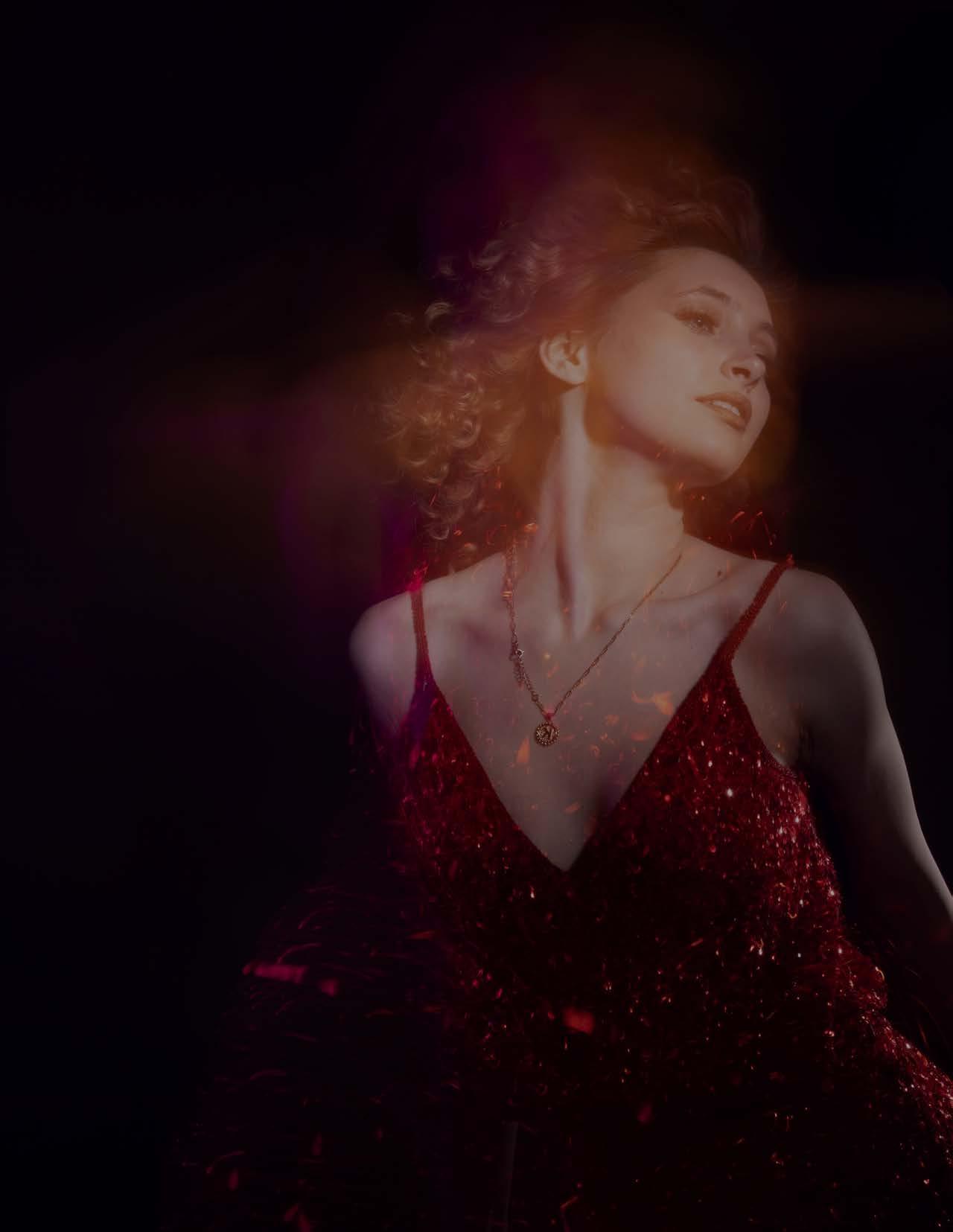
MIDDLE OF THE BOOK
A look into Thread’s creative shoot concepts.
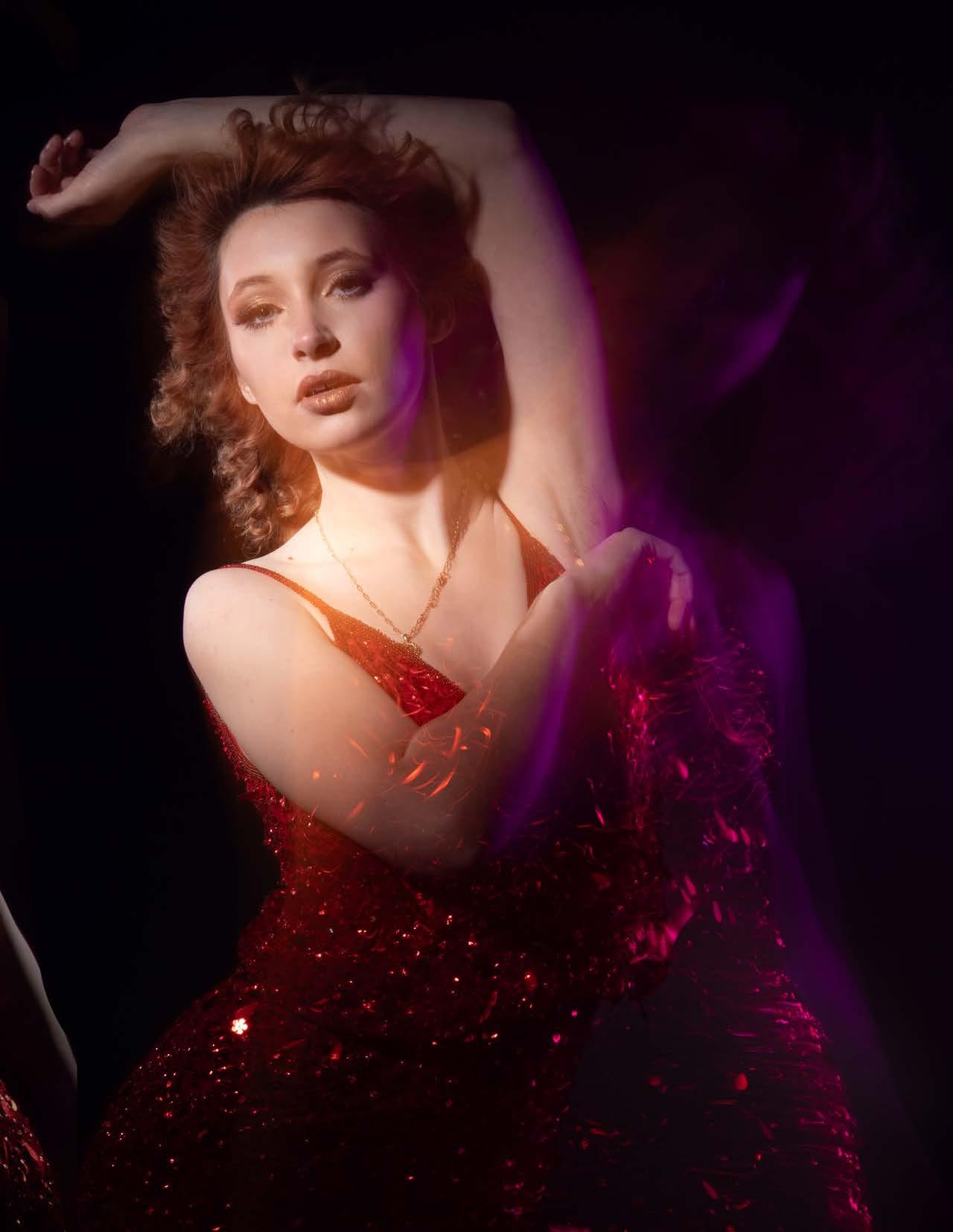
RIDE LIKE A HARLEY
PHOTOS AND EDITING BY HADLEY FAIN
DESIGN BY GWYNETH SHOEMAKER


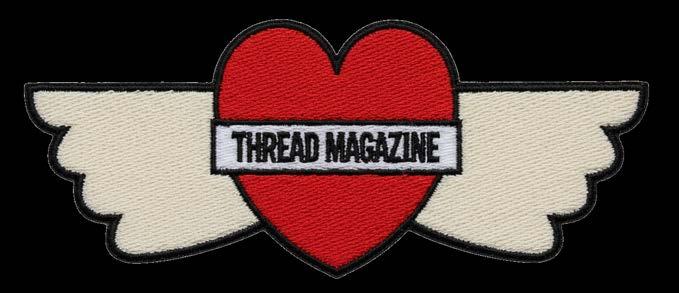
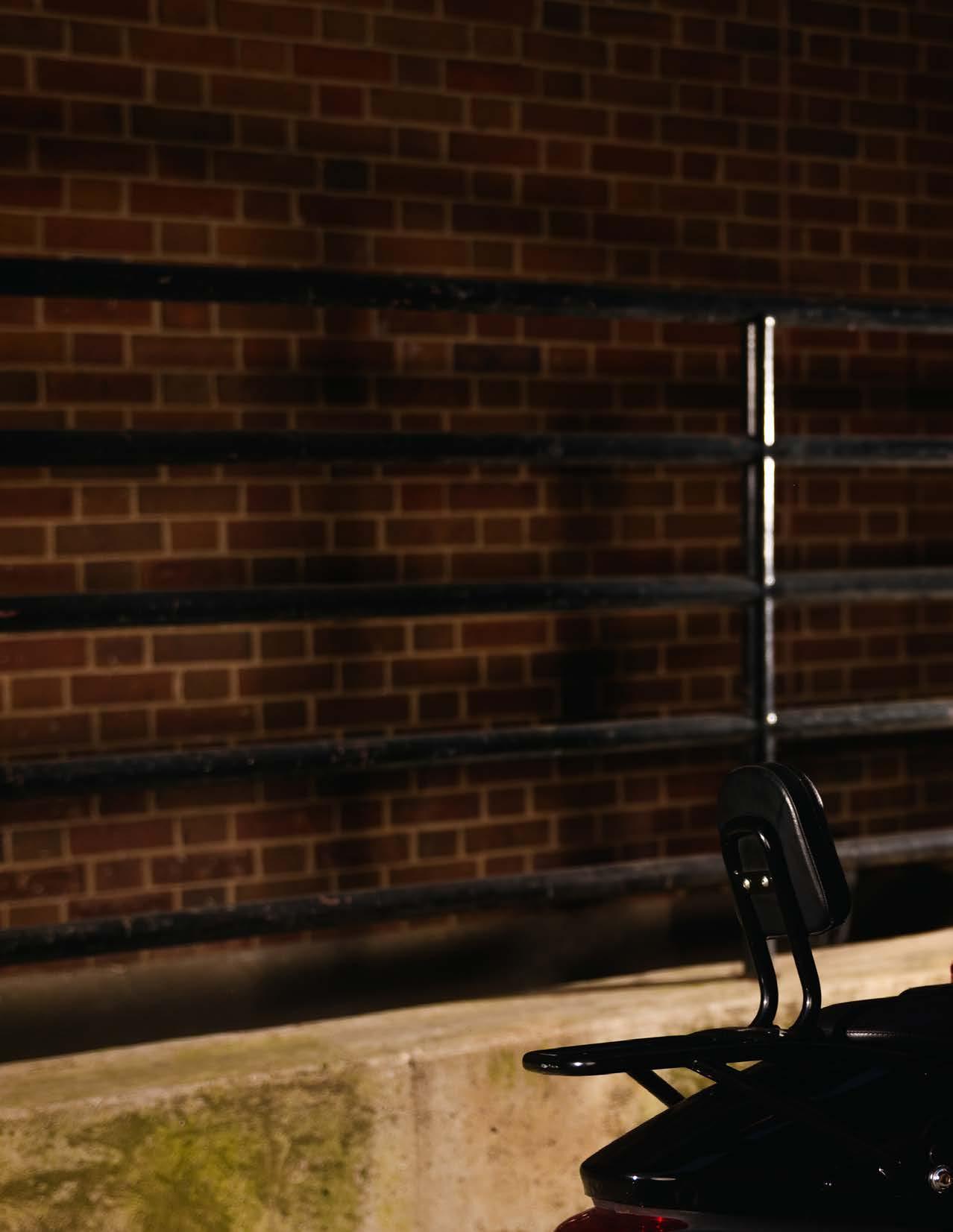

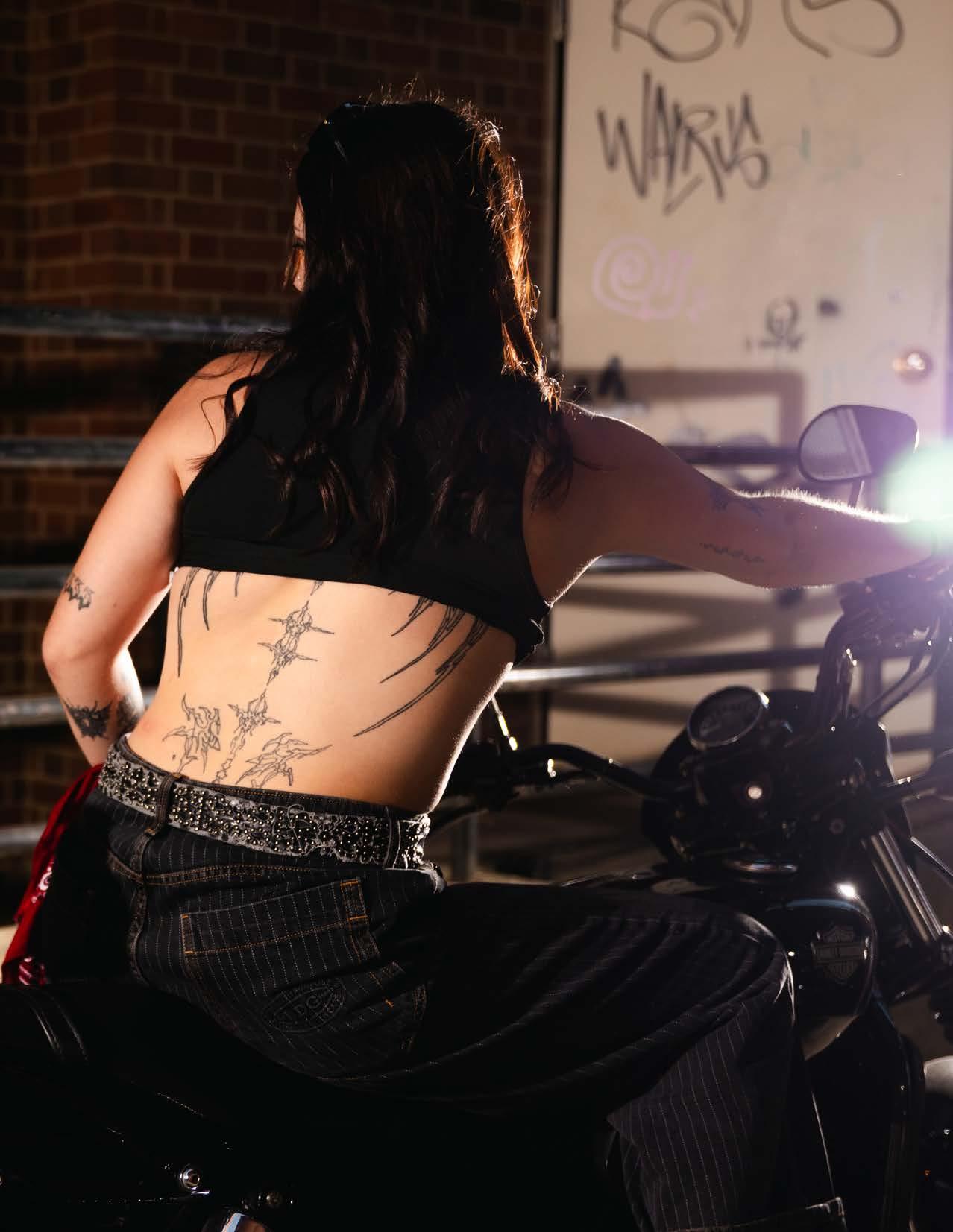
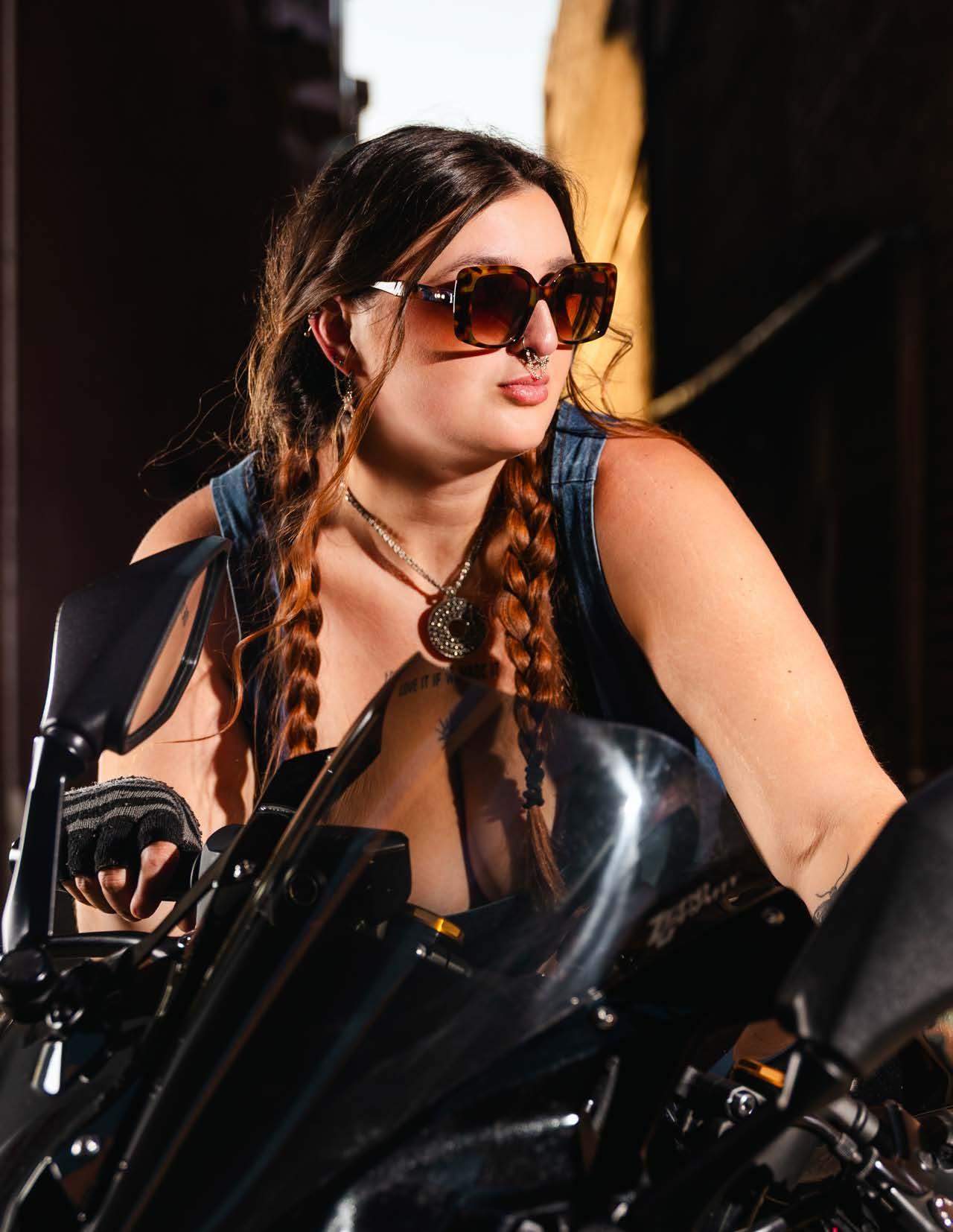
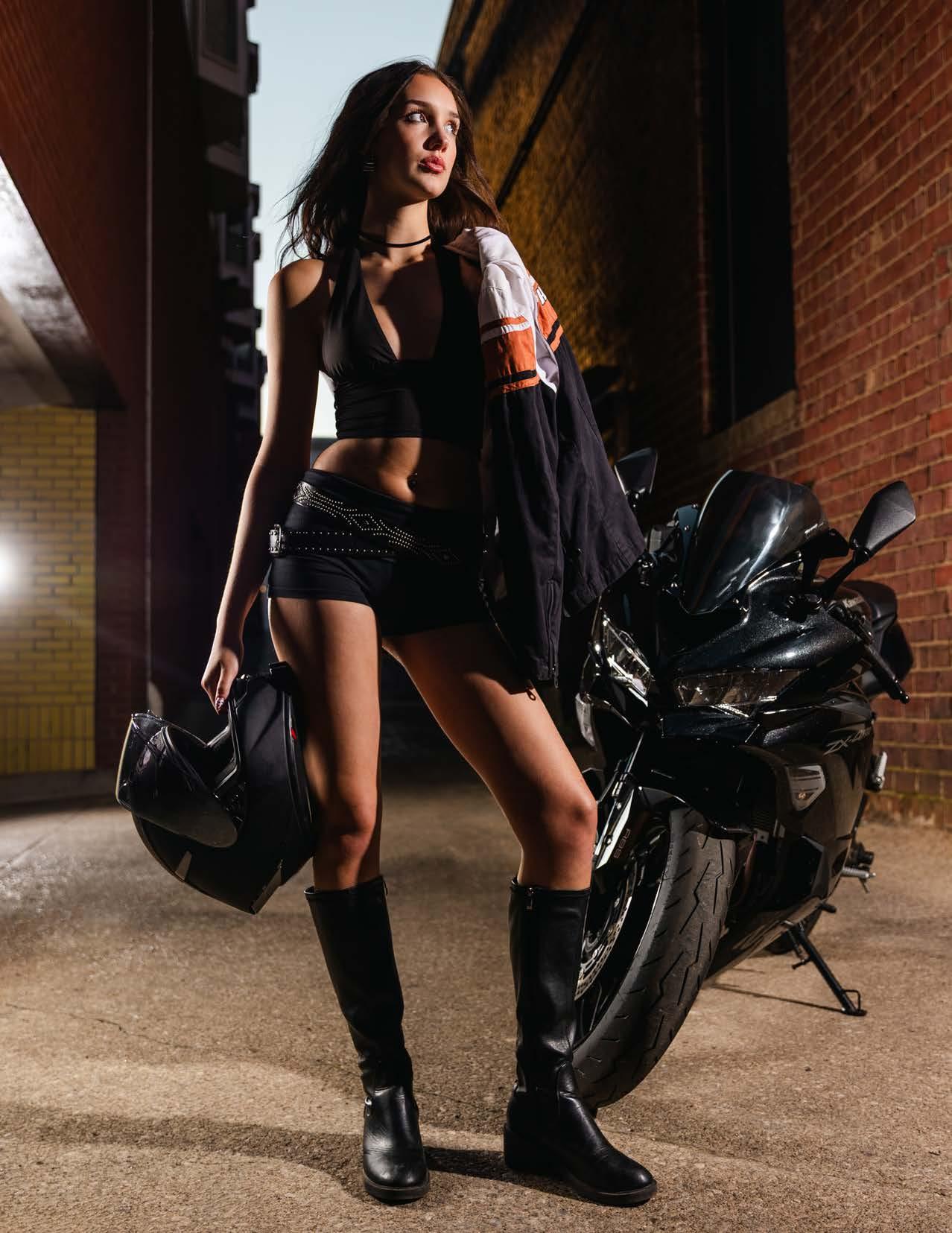

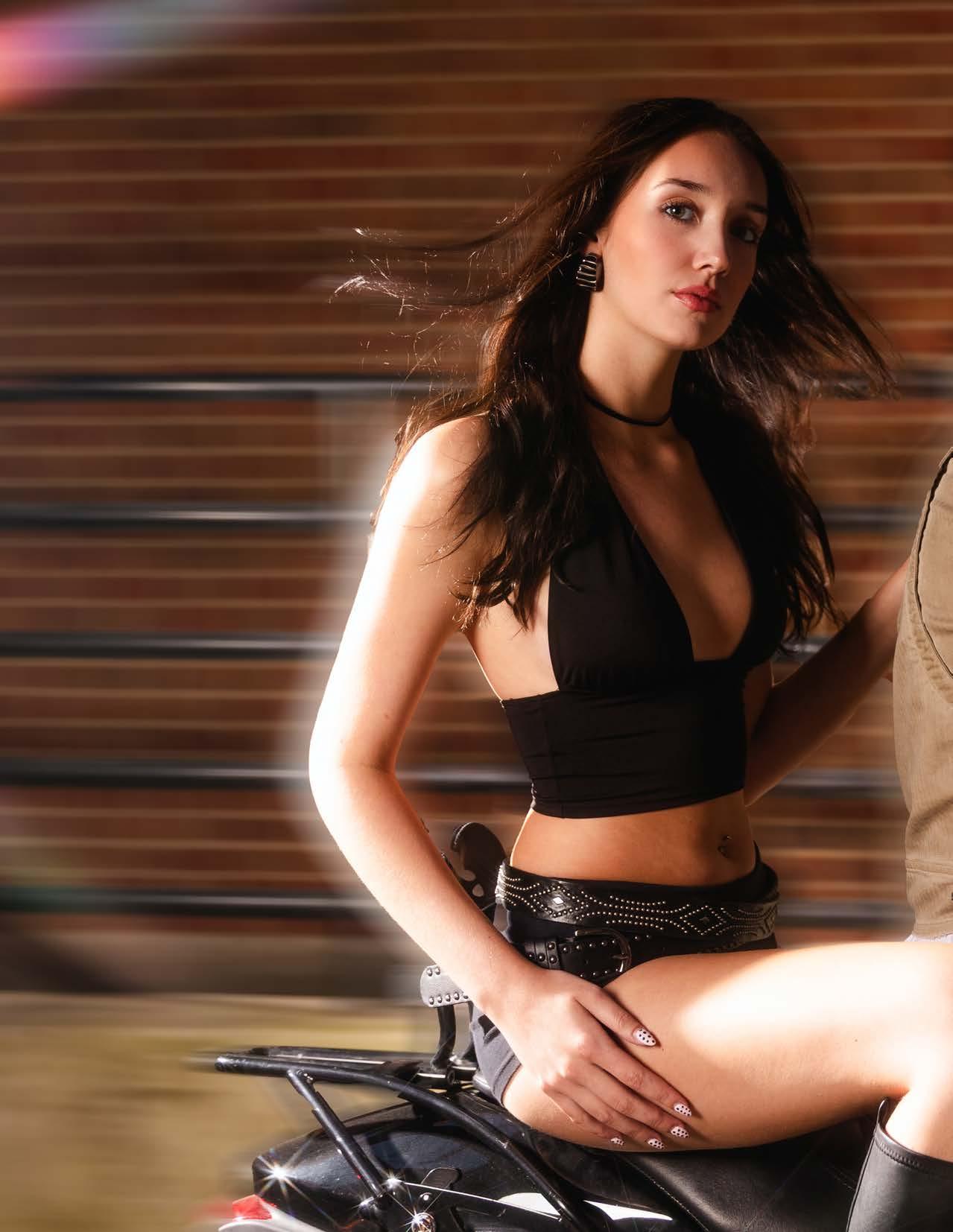




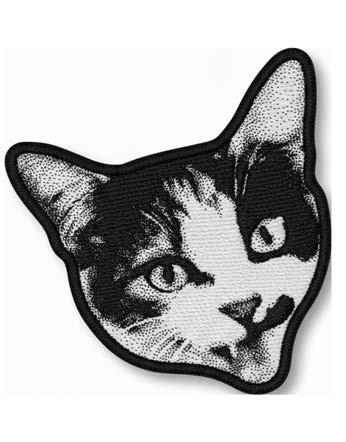
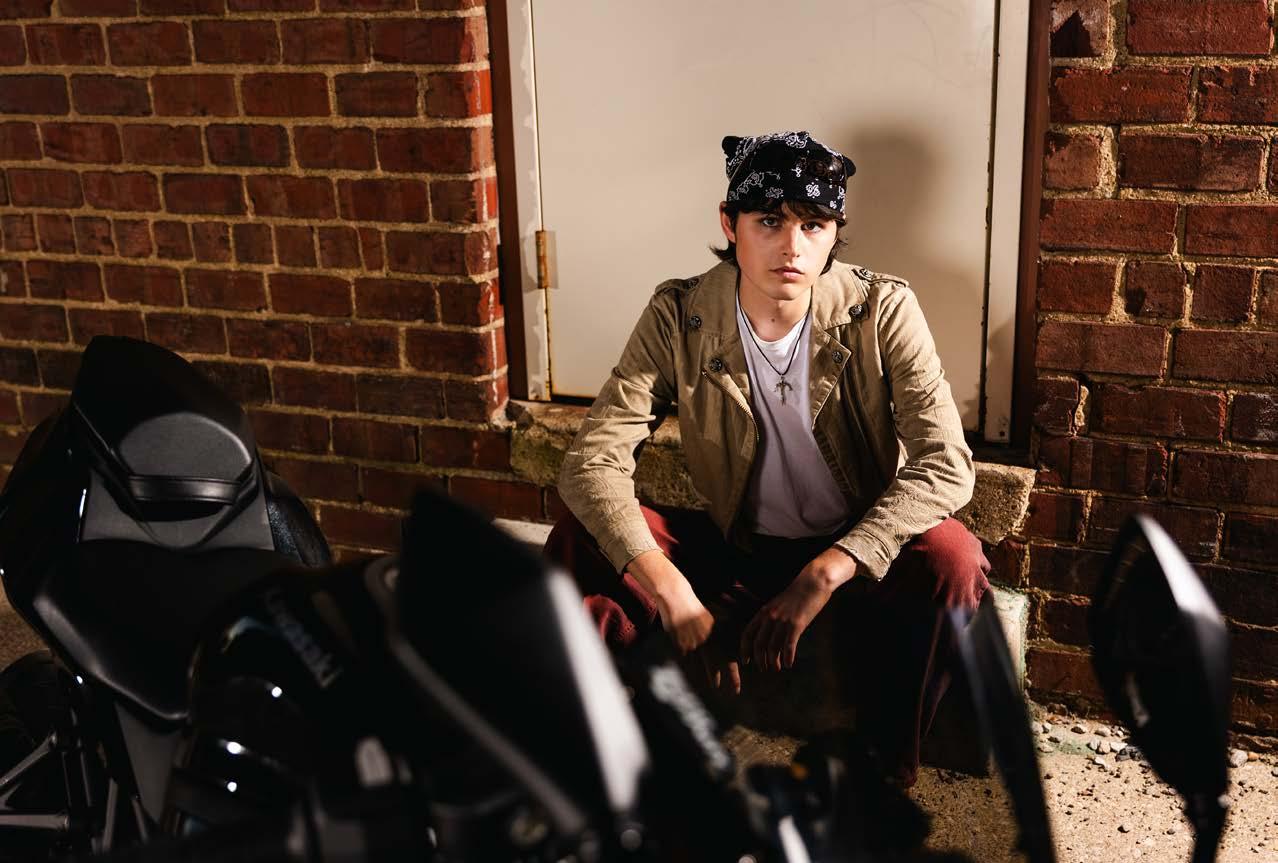


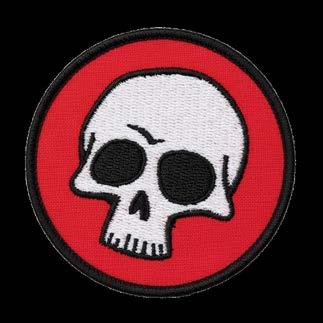



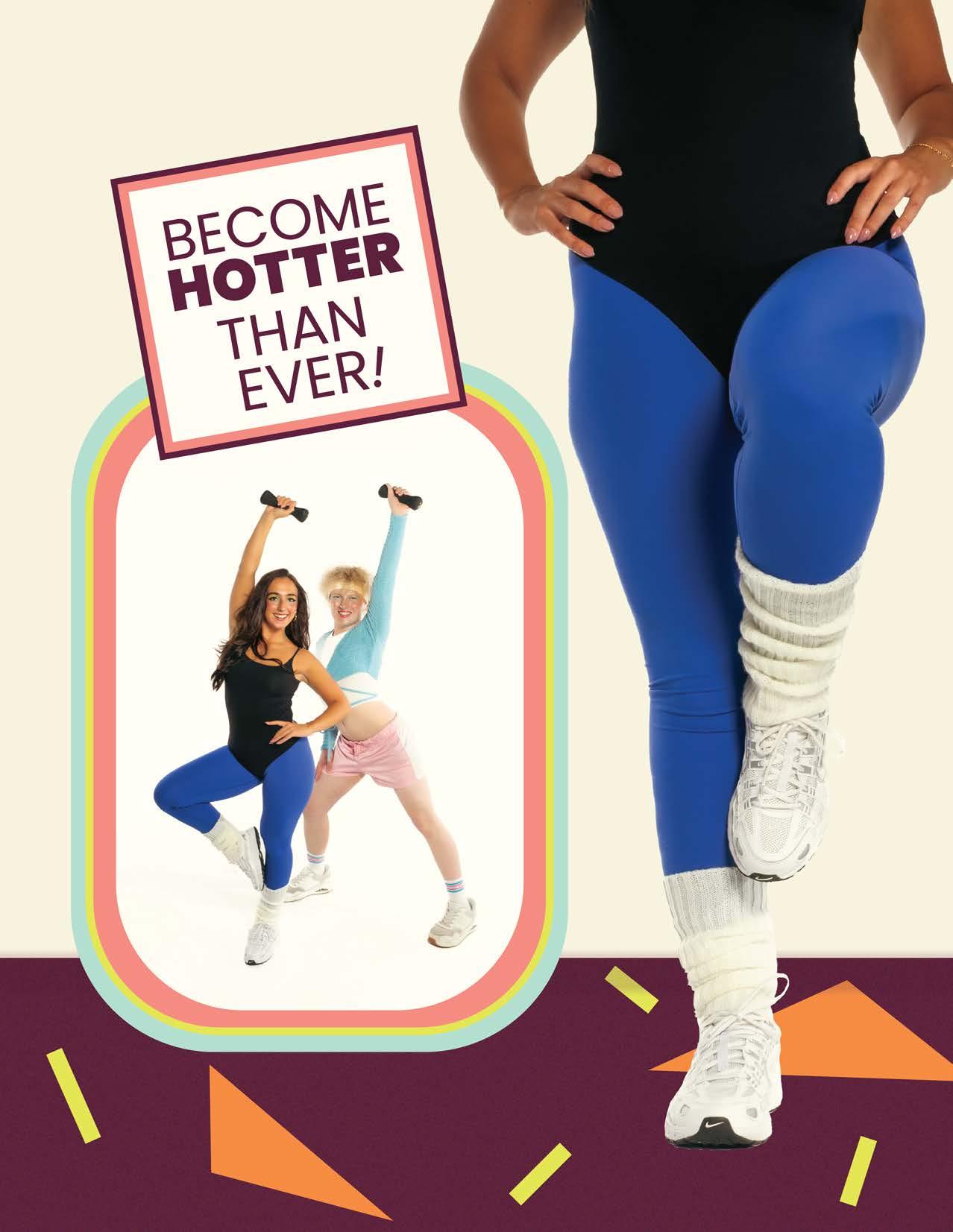
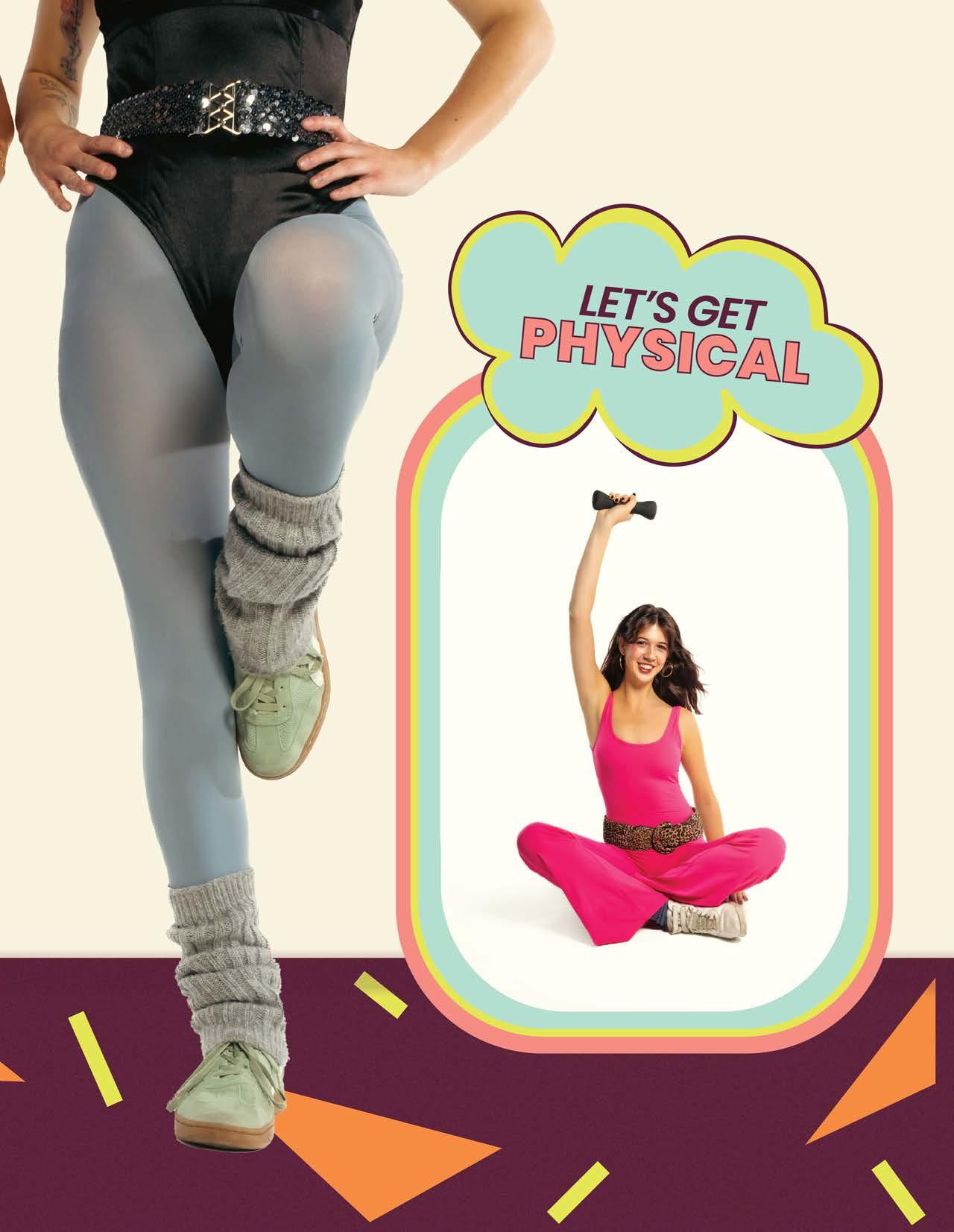

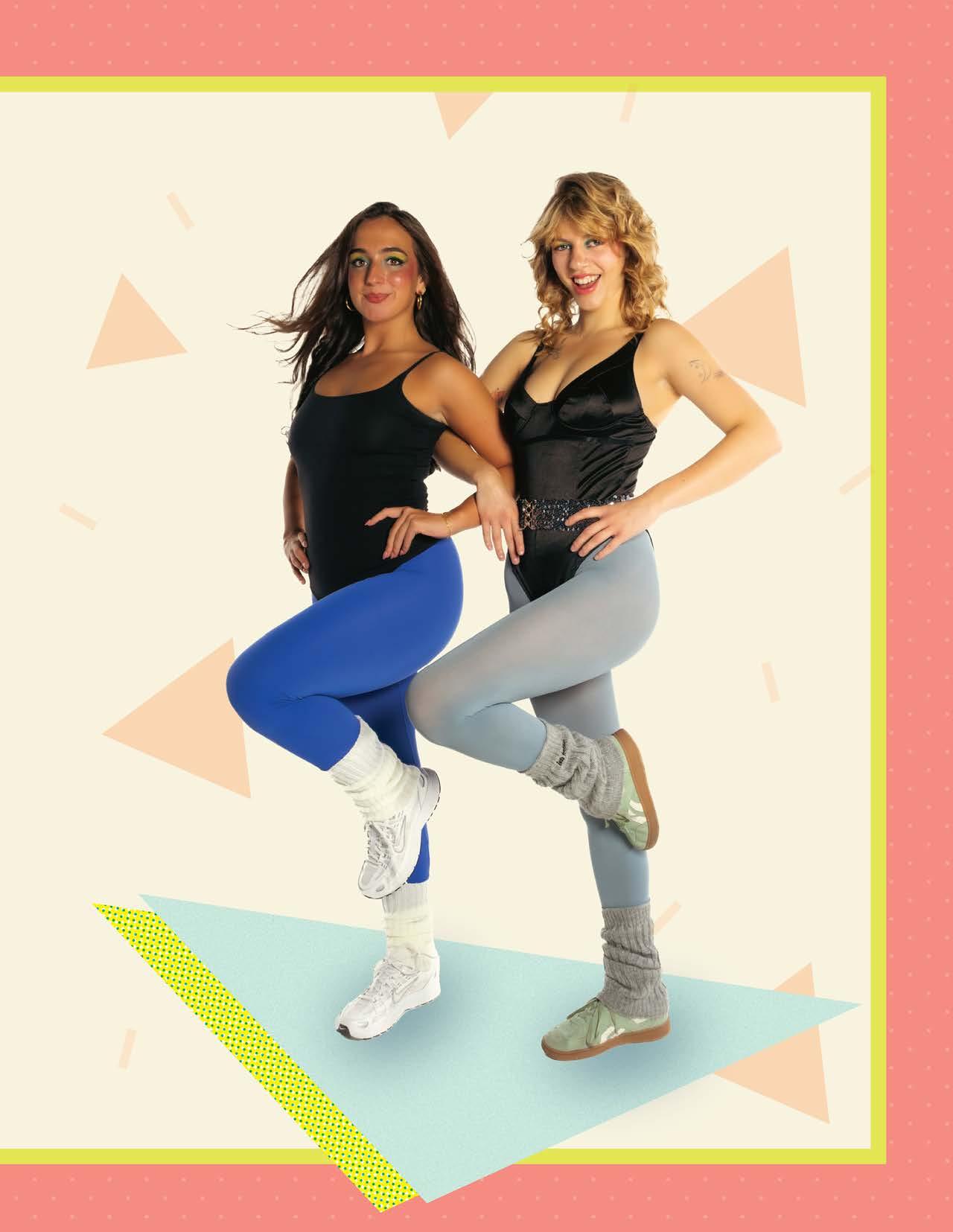
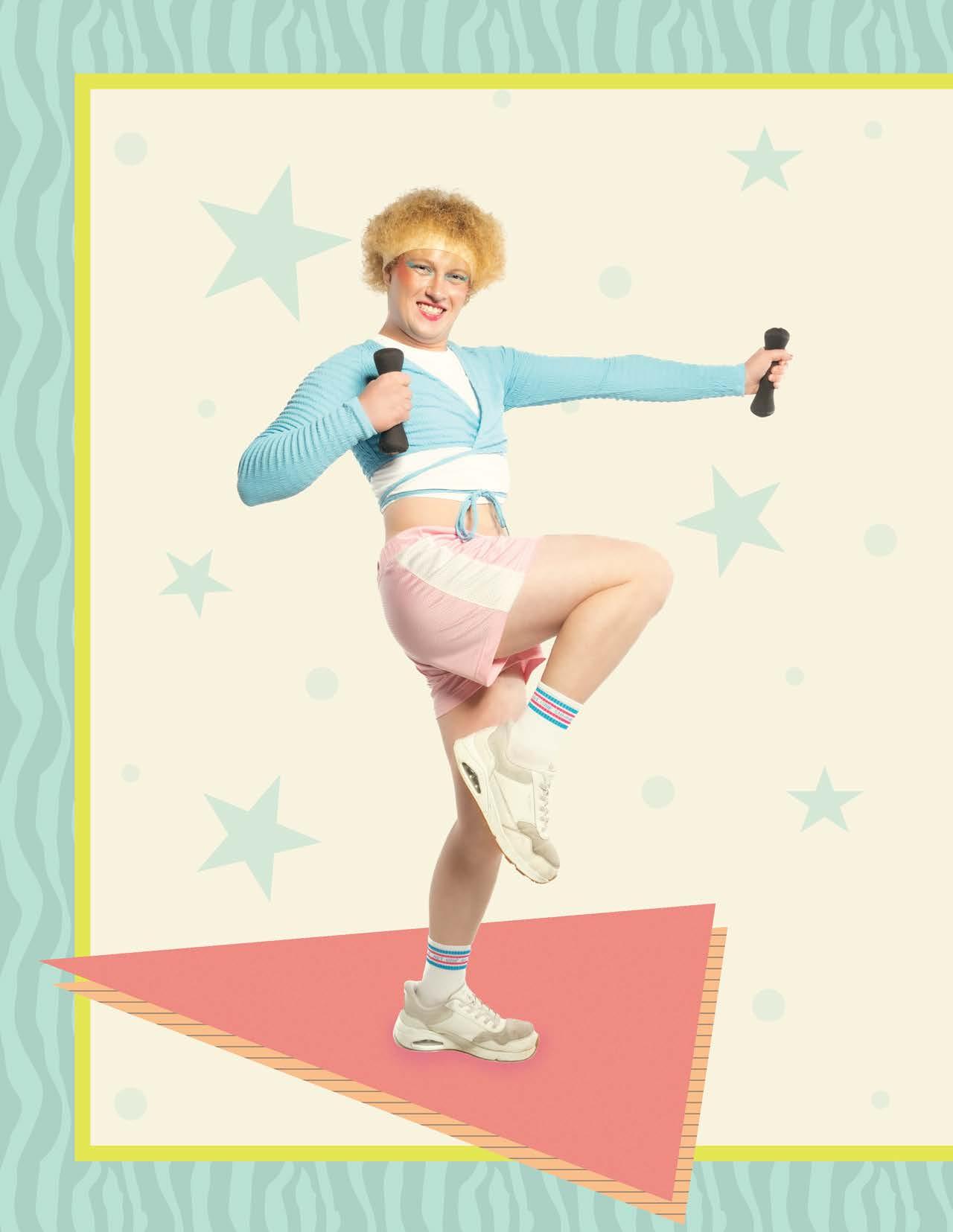


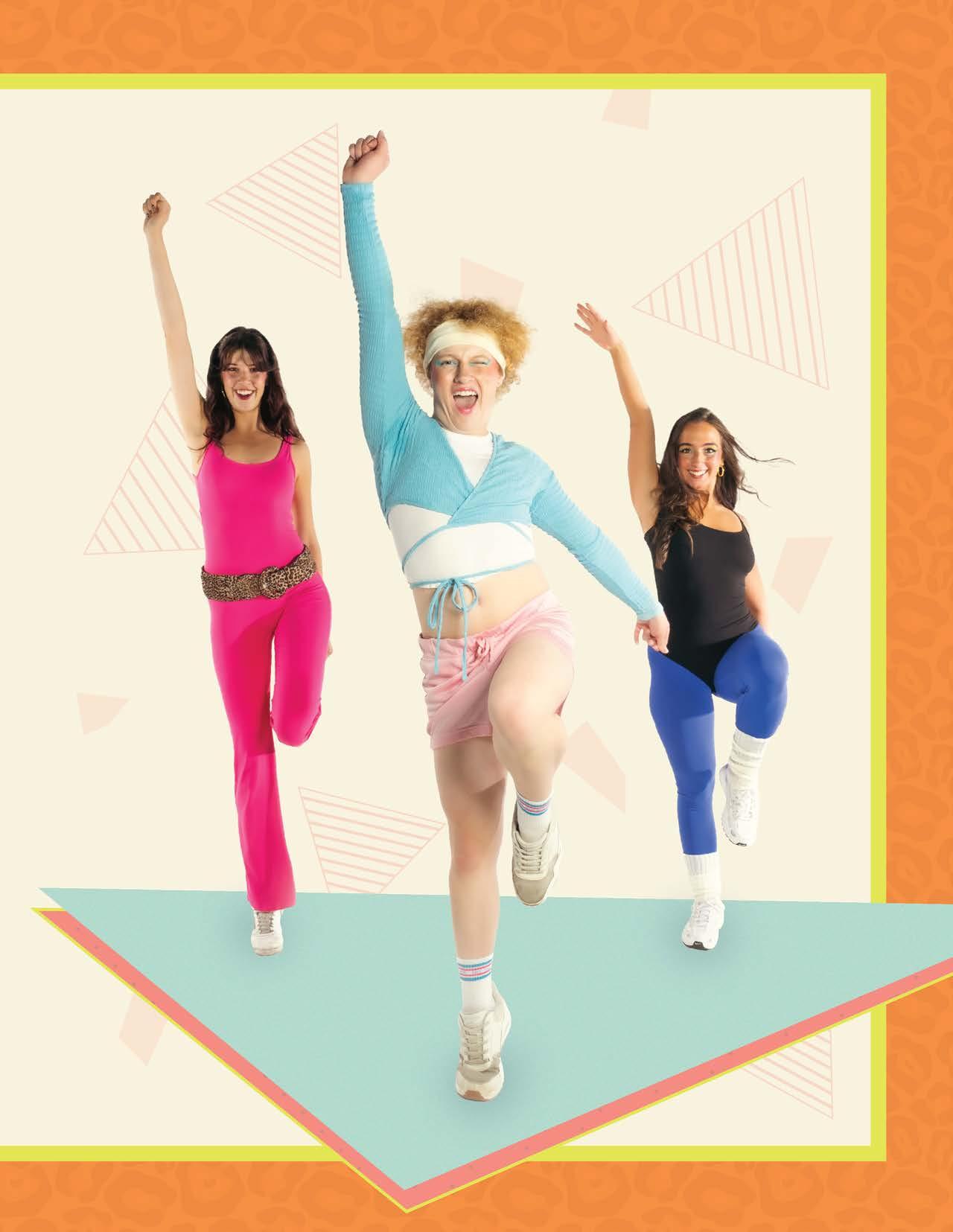
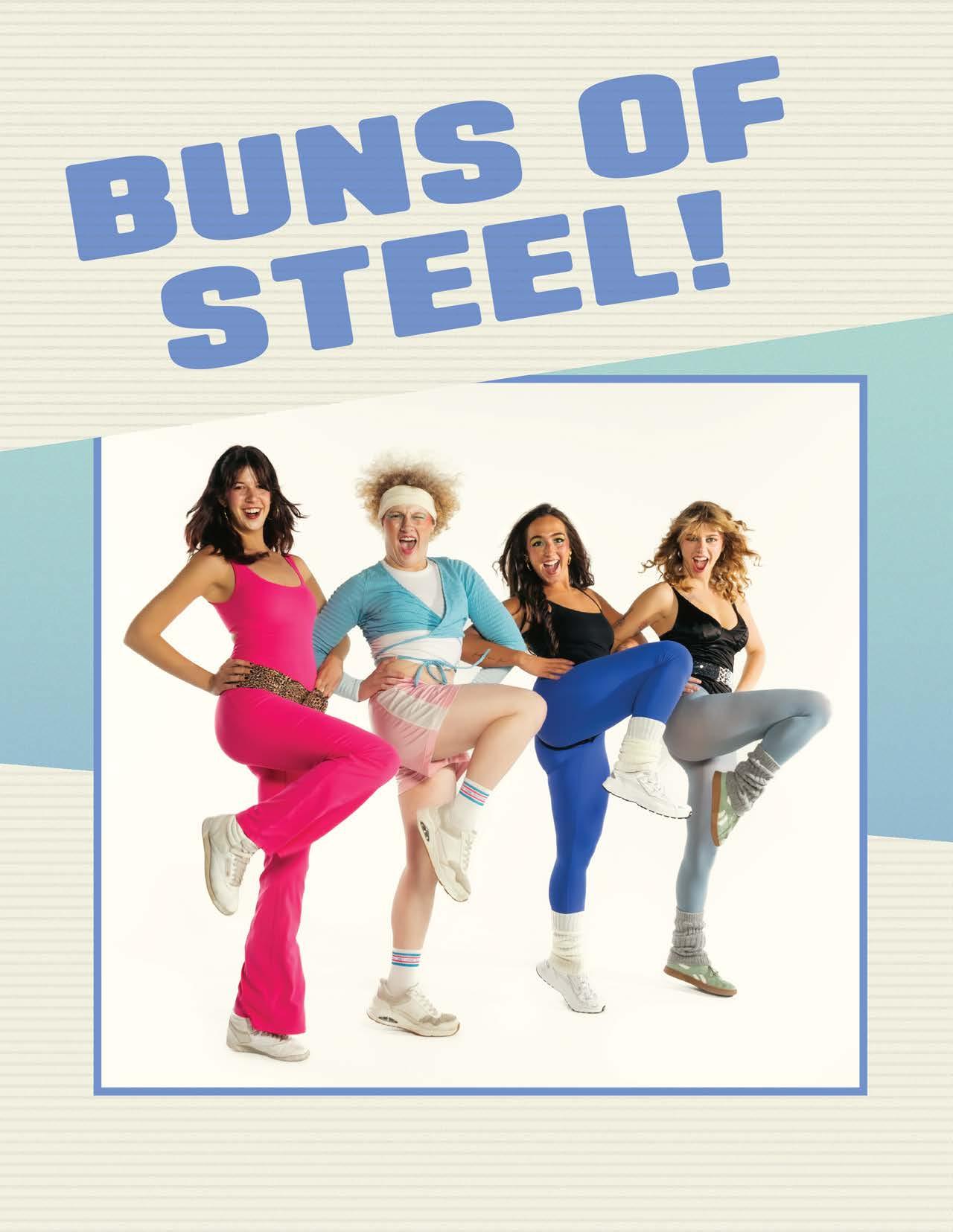
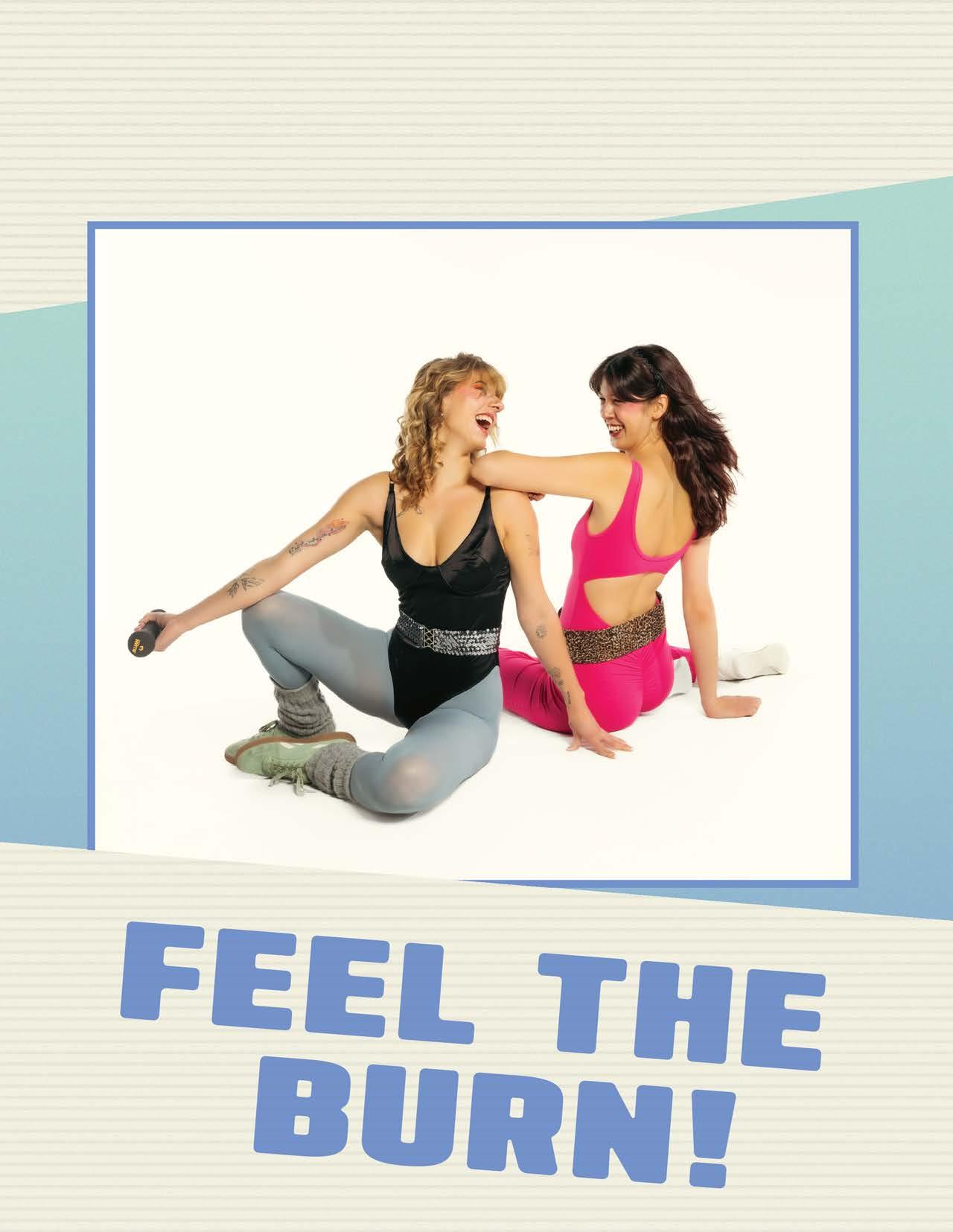
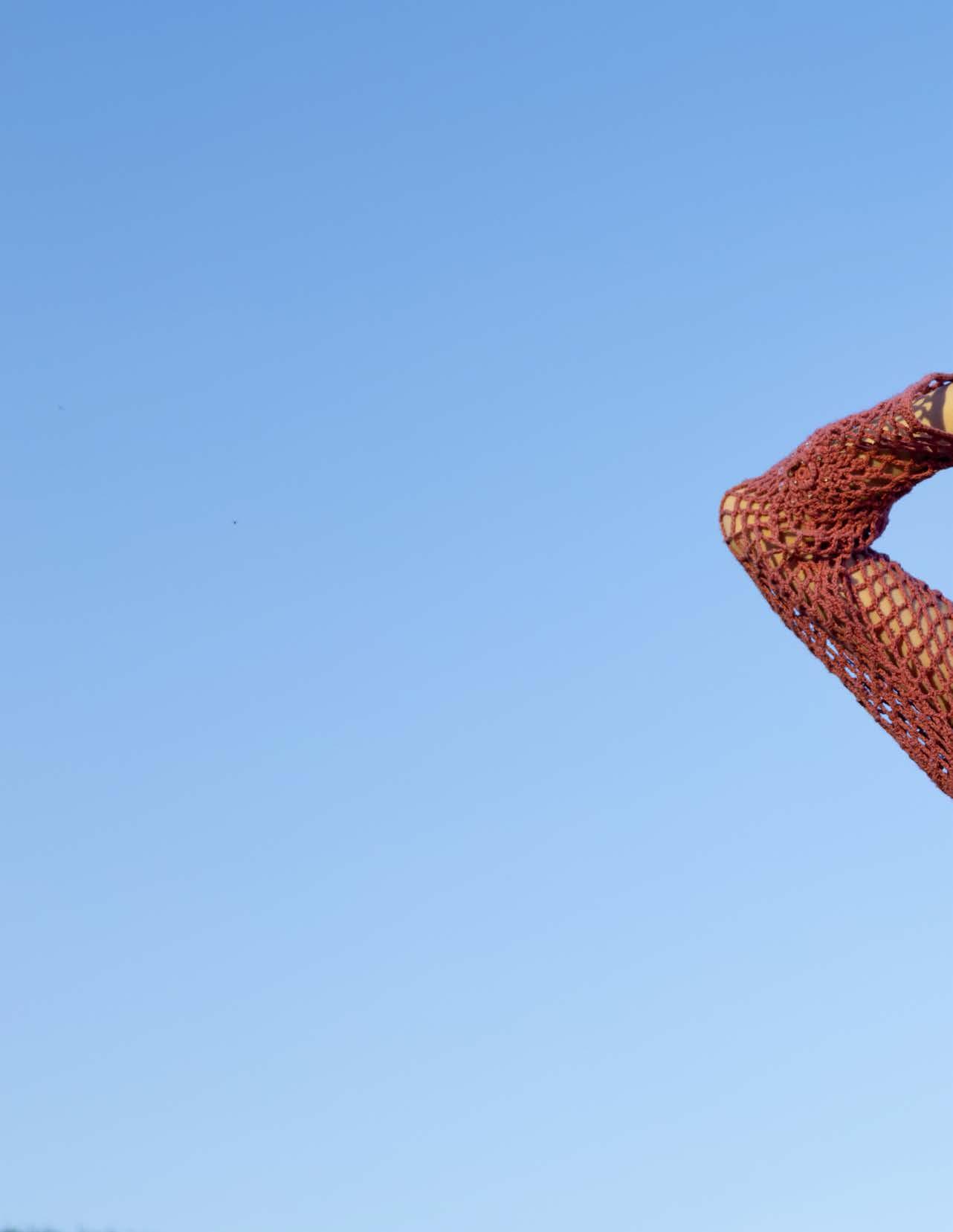
Calm in Motion
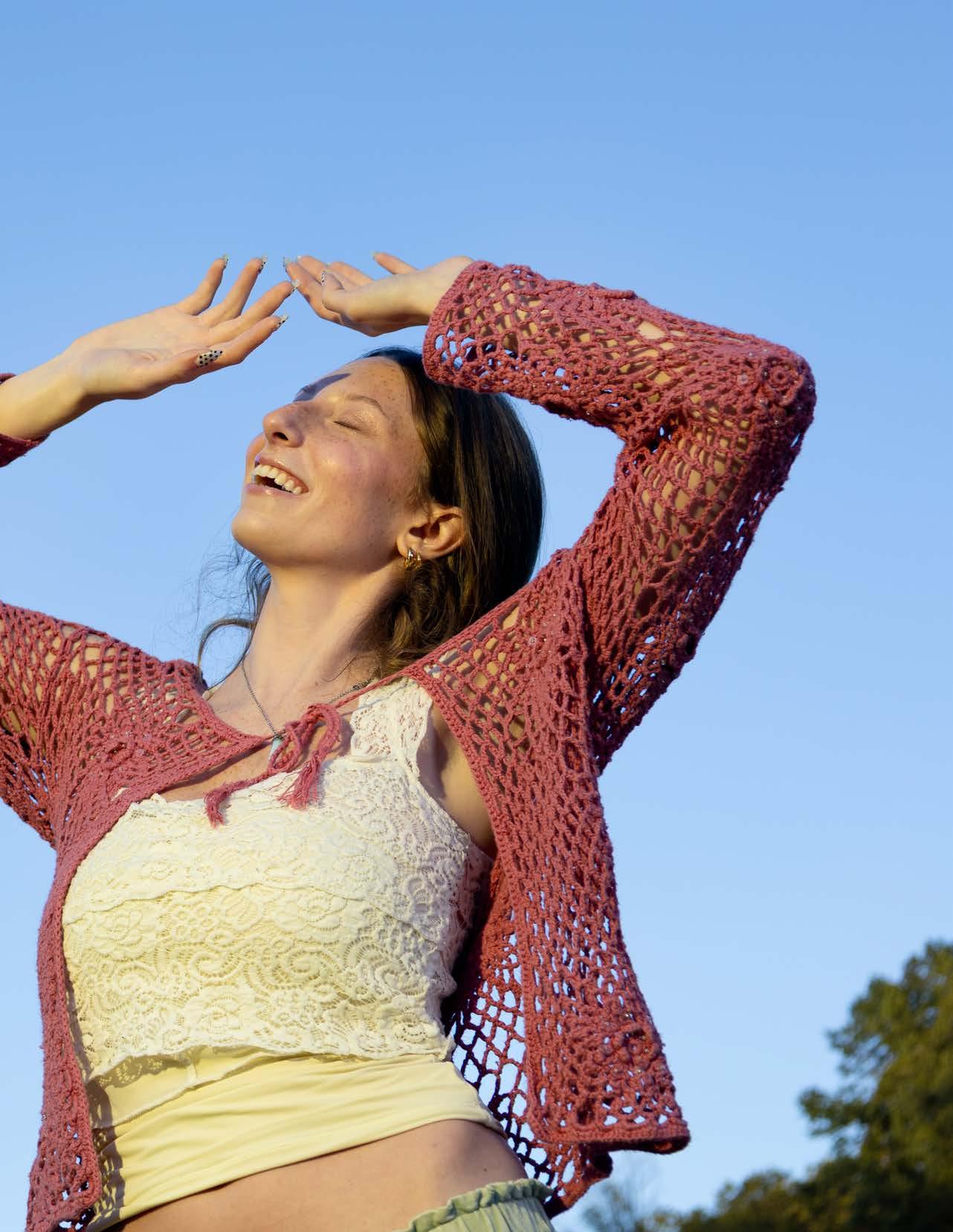



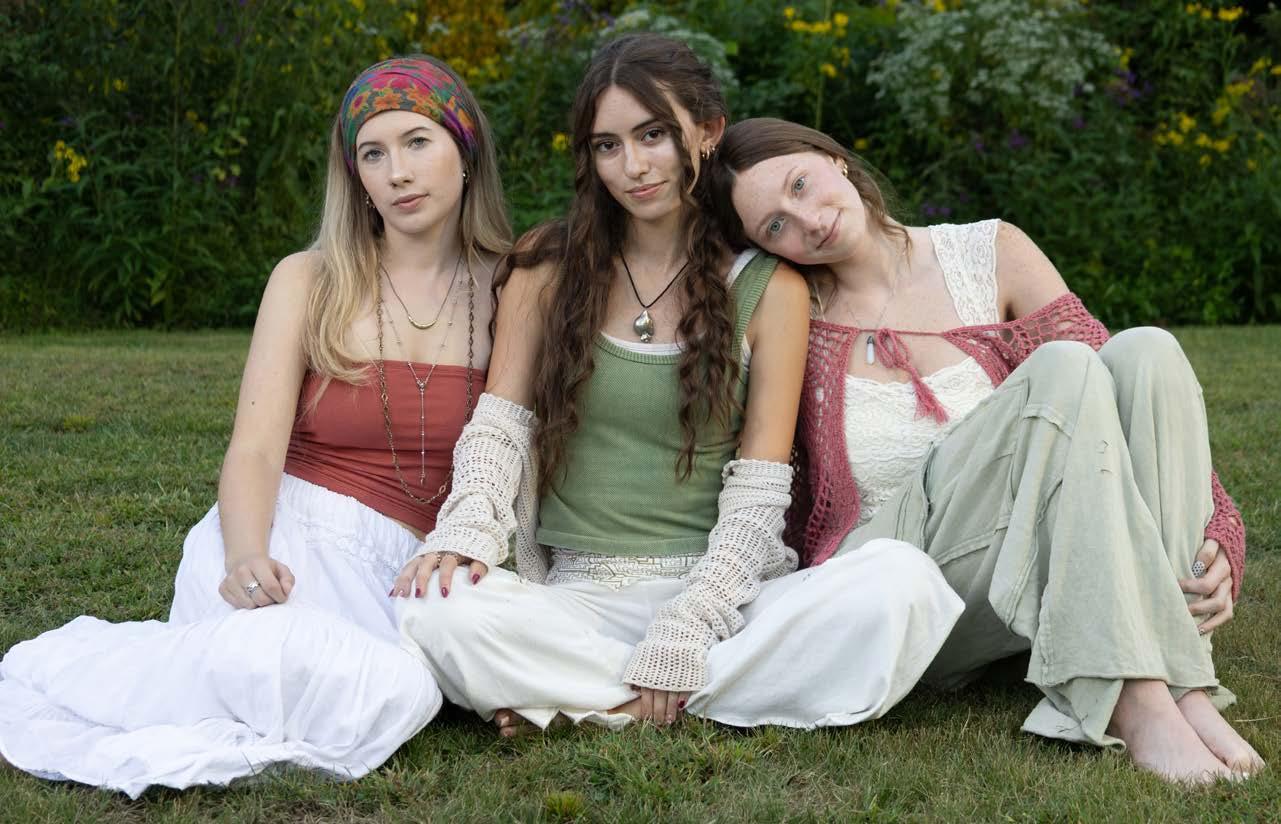
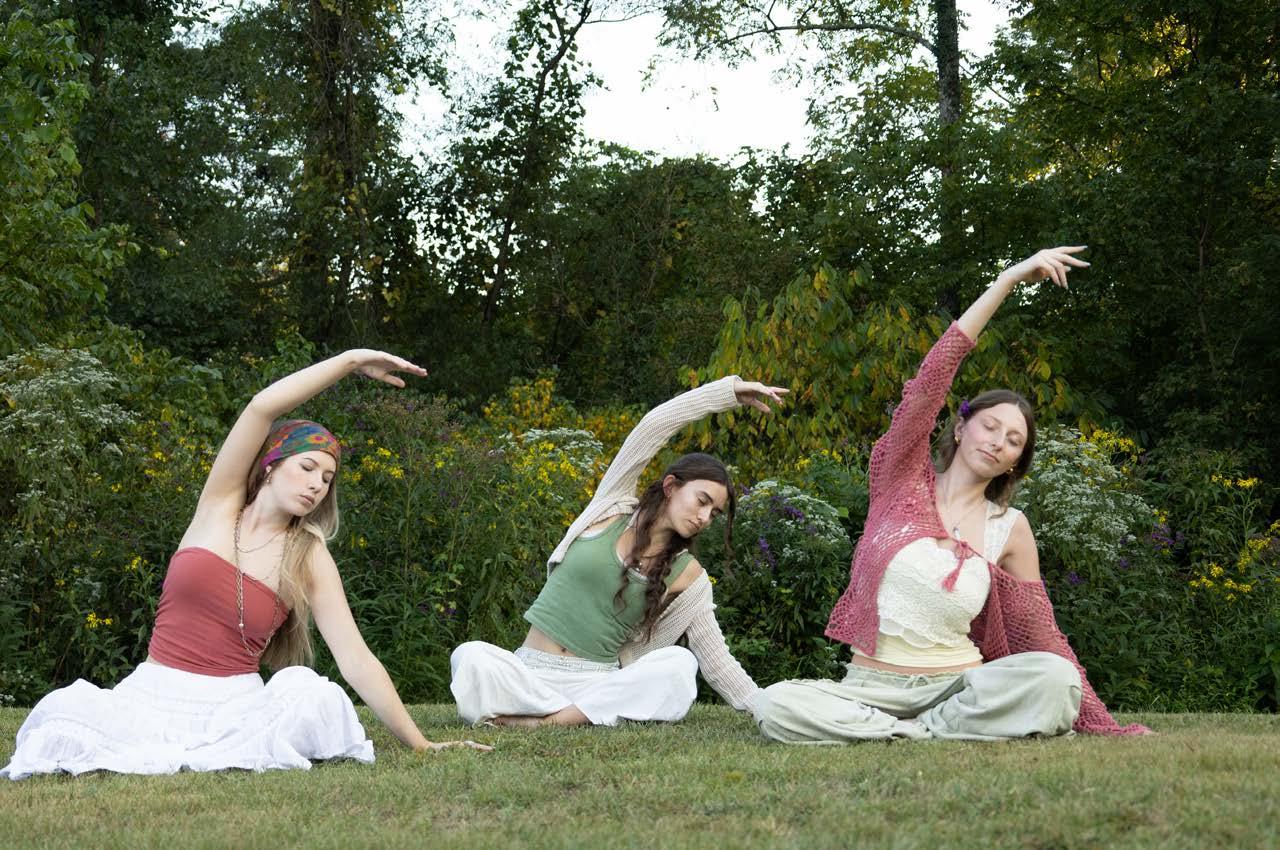








TRACK FIERCE ‘N
PHOTOS & EDITS BY JORI HUSTED
DESIGN BY GRETCHEN STONER
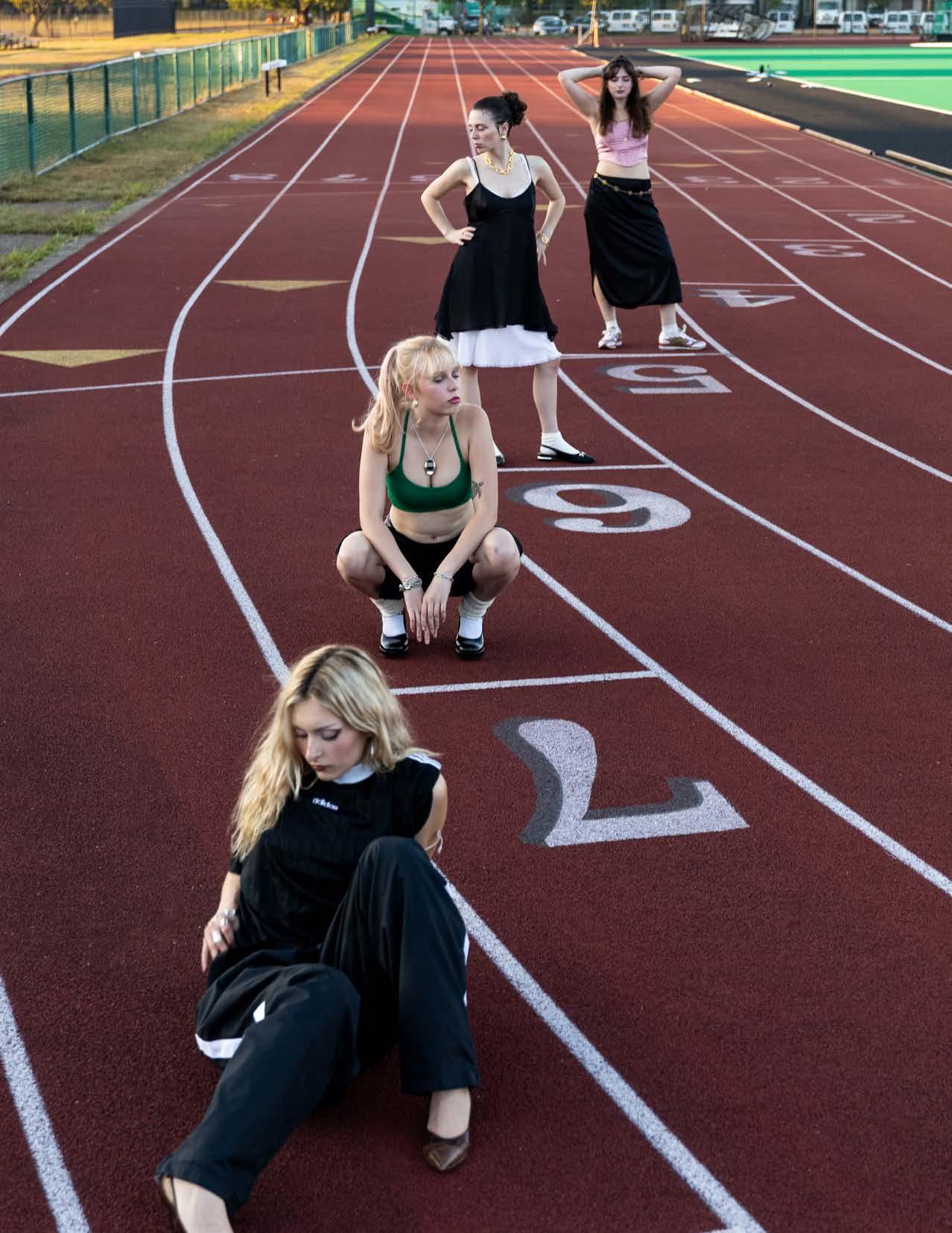


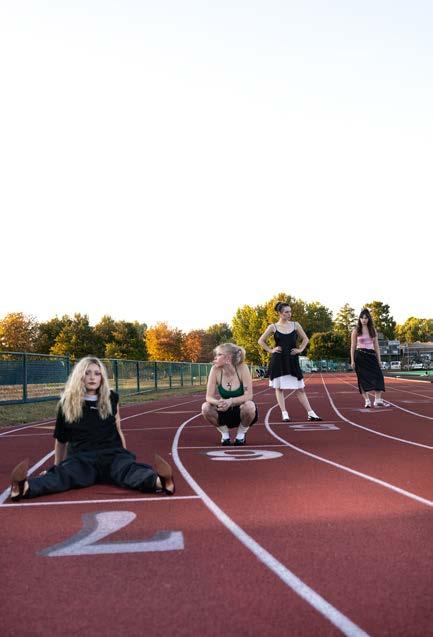
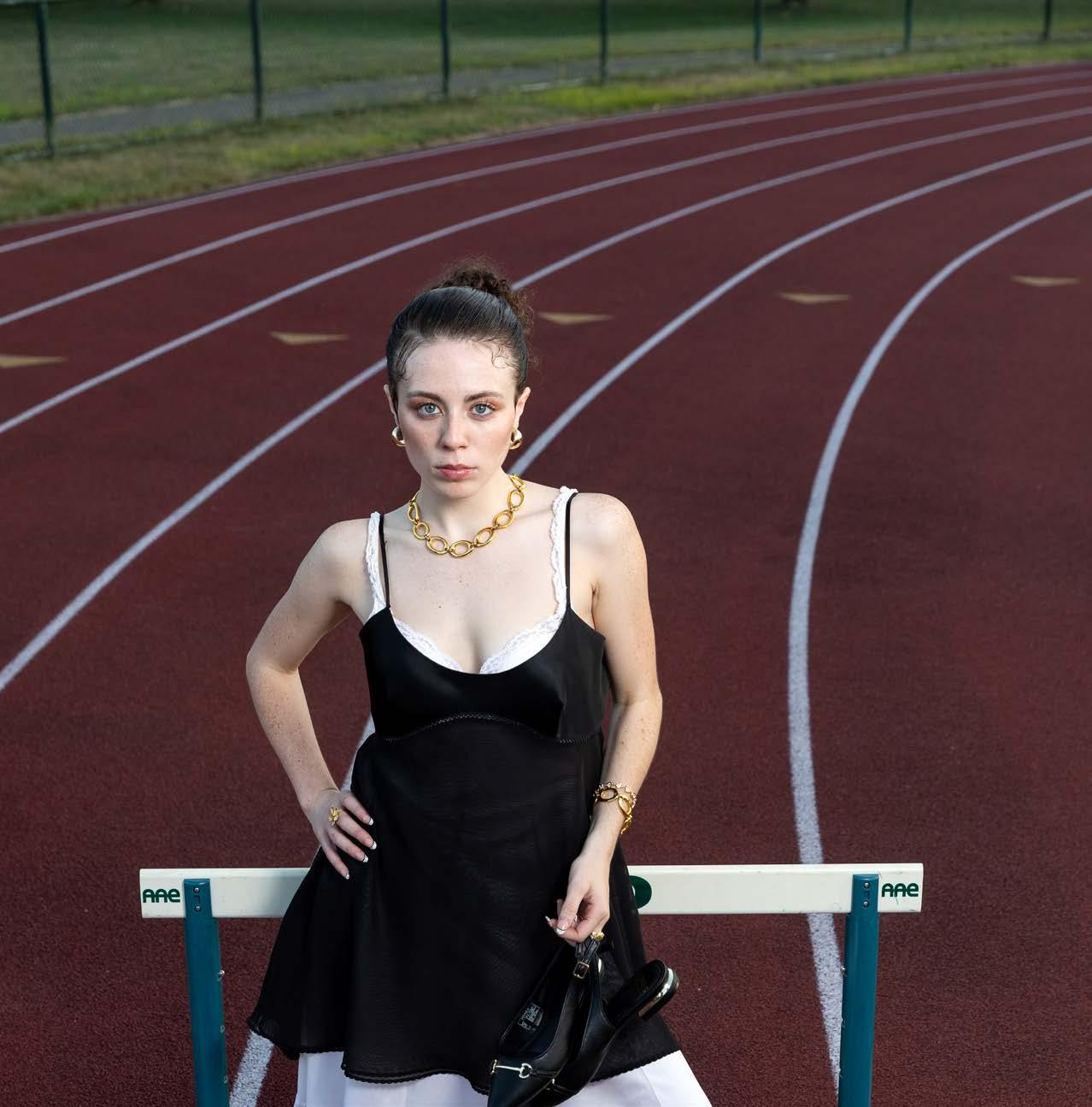


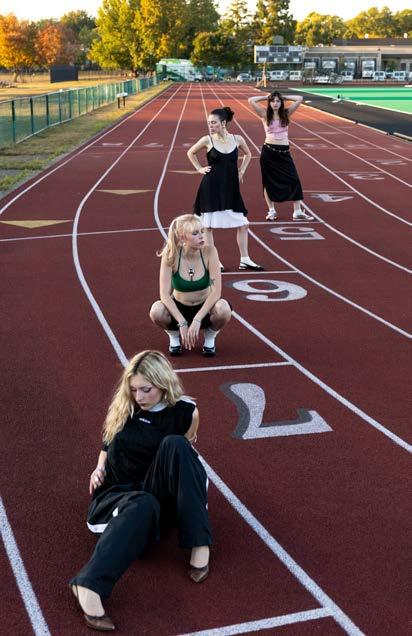

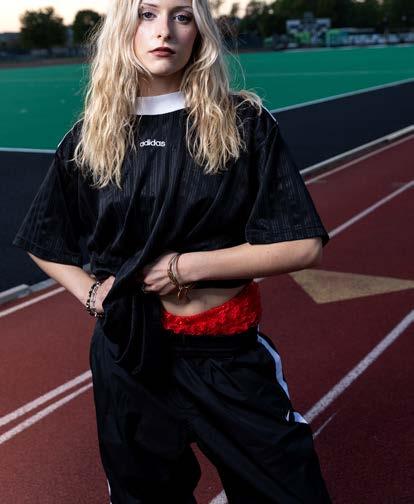


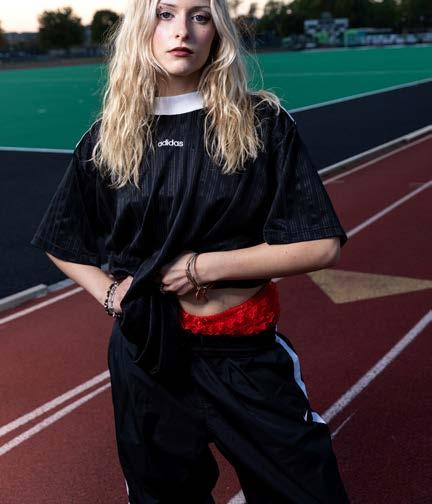





RUN RUN RUN RUN



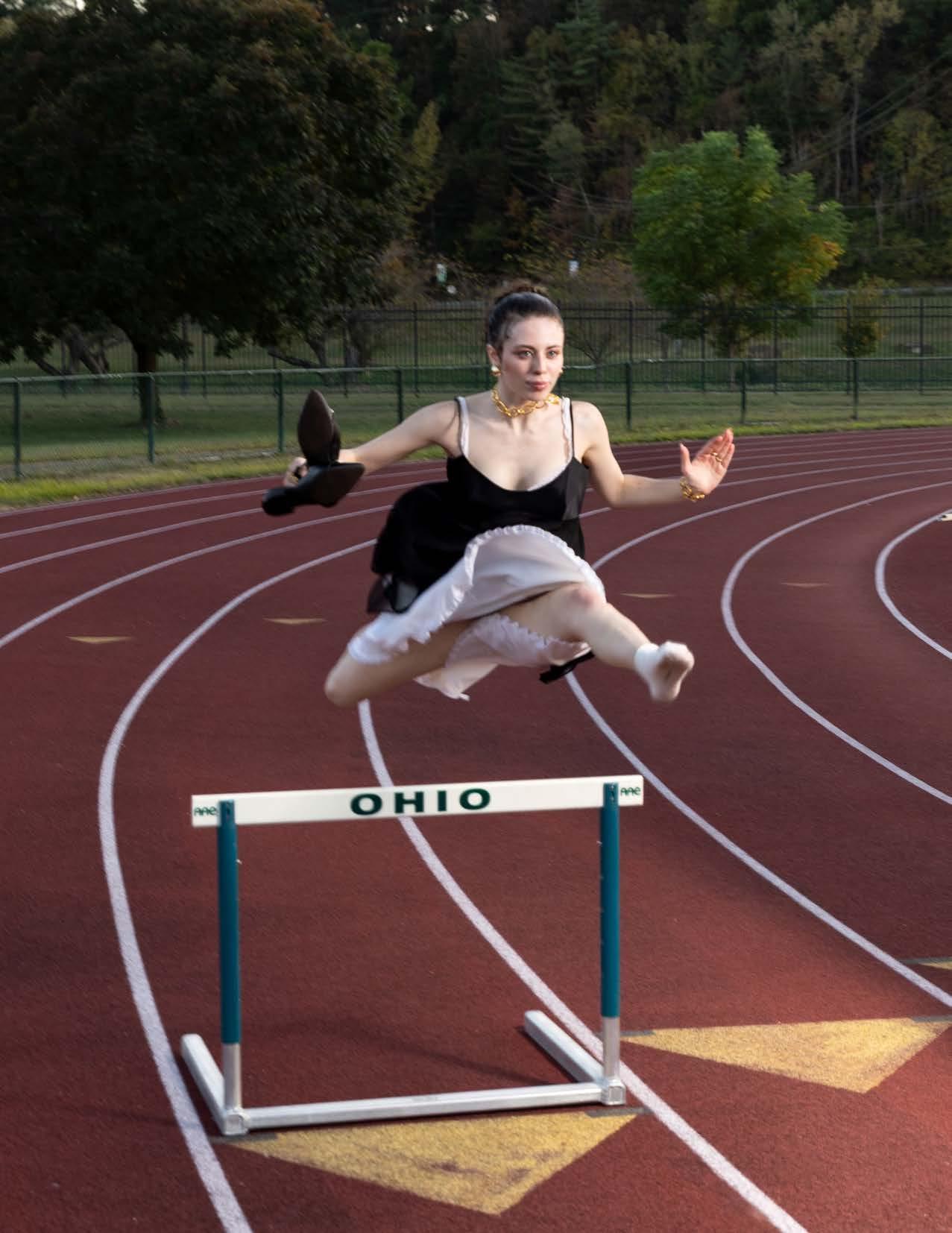

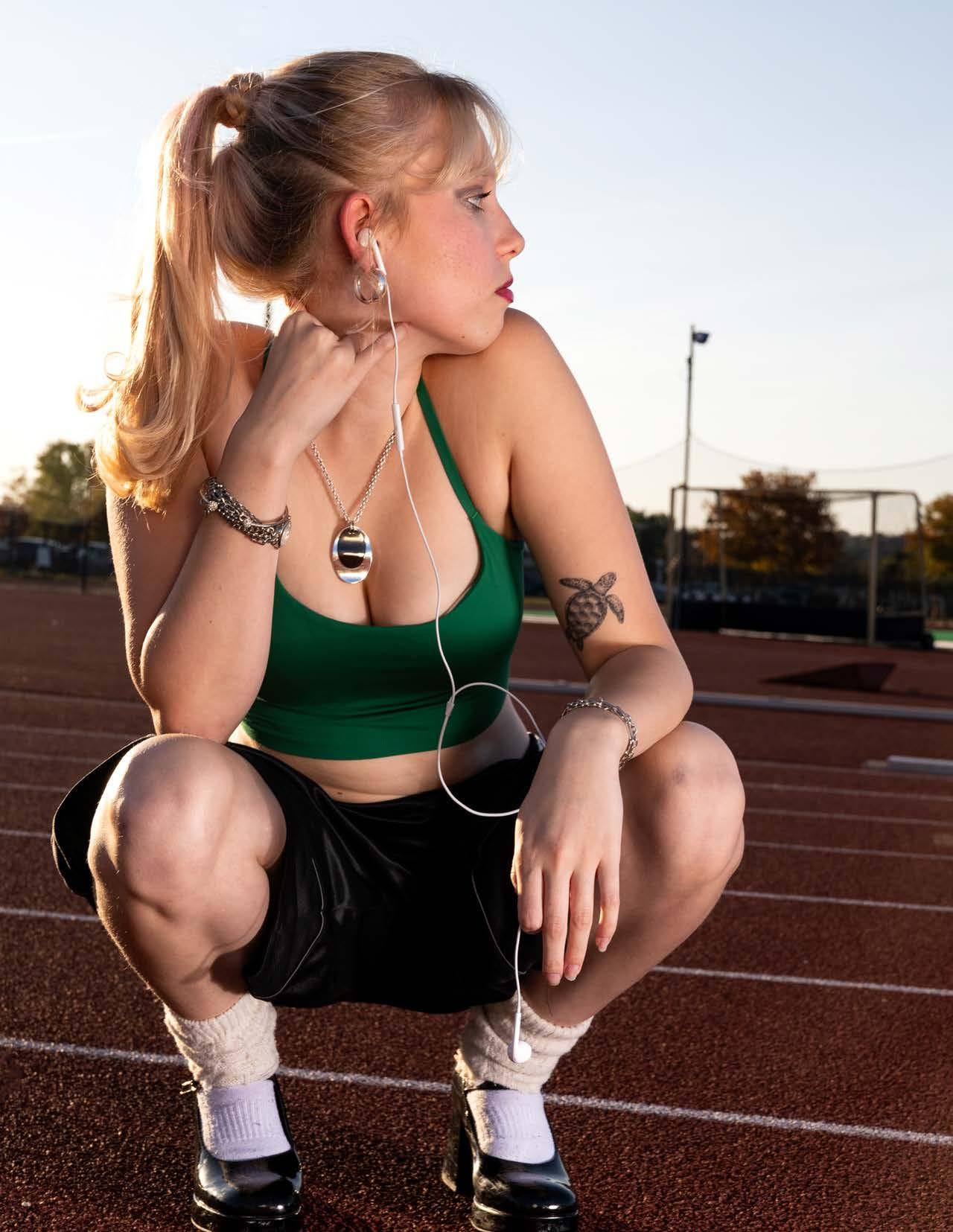



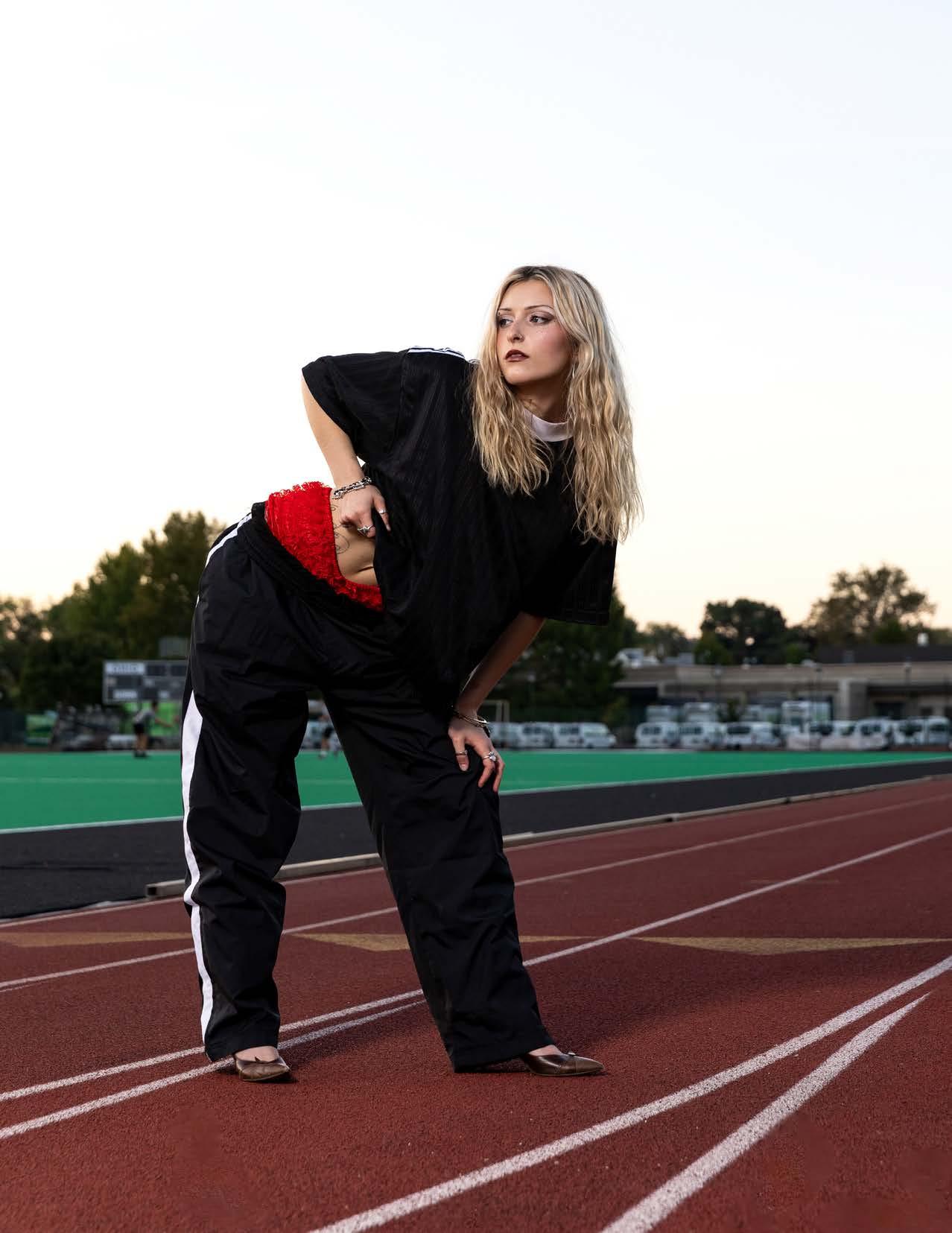
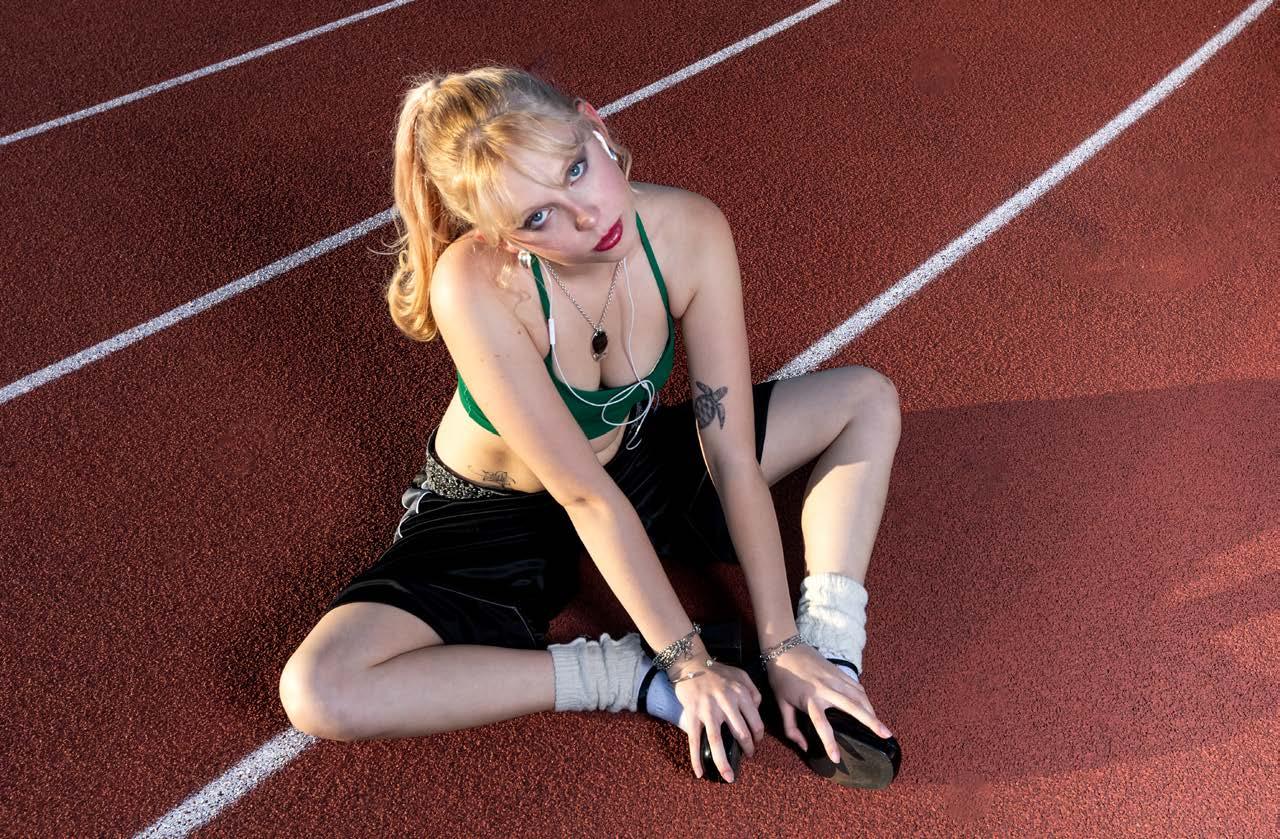
SPRINT SPRINT SPRINT SPRINT
FASHION WHEELS ON
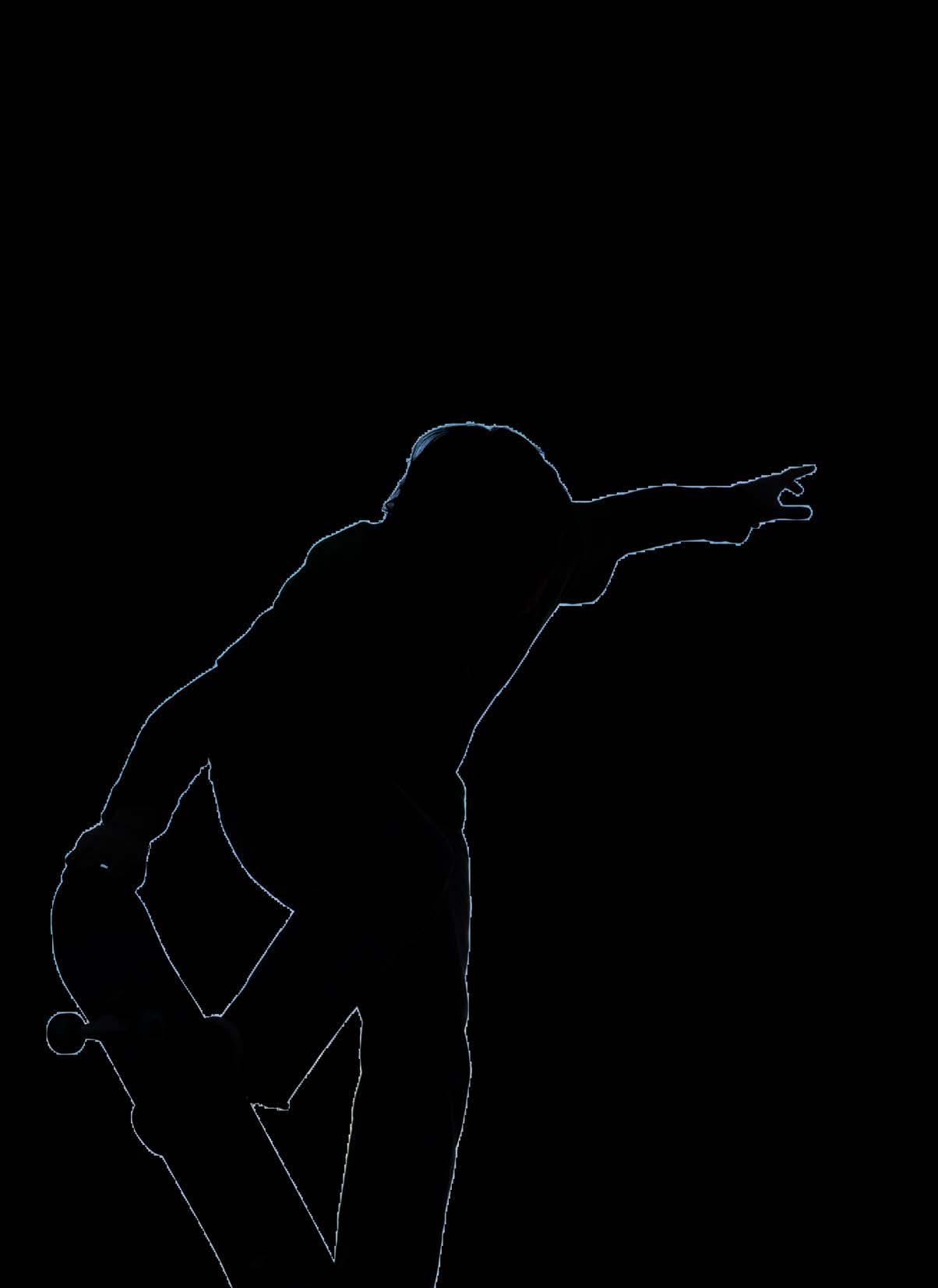
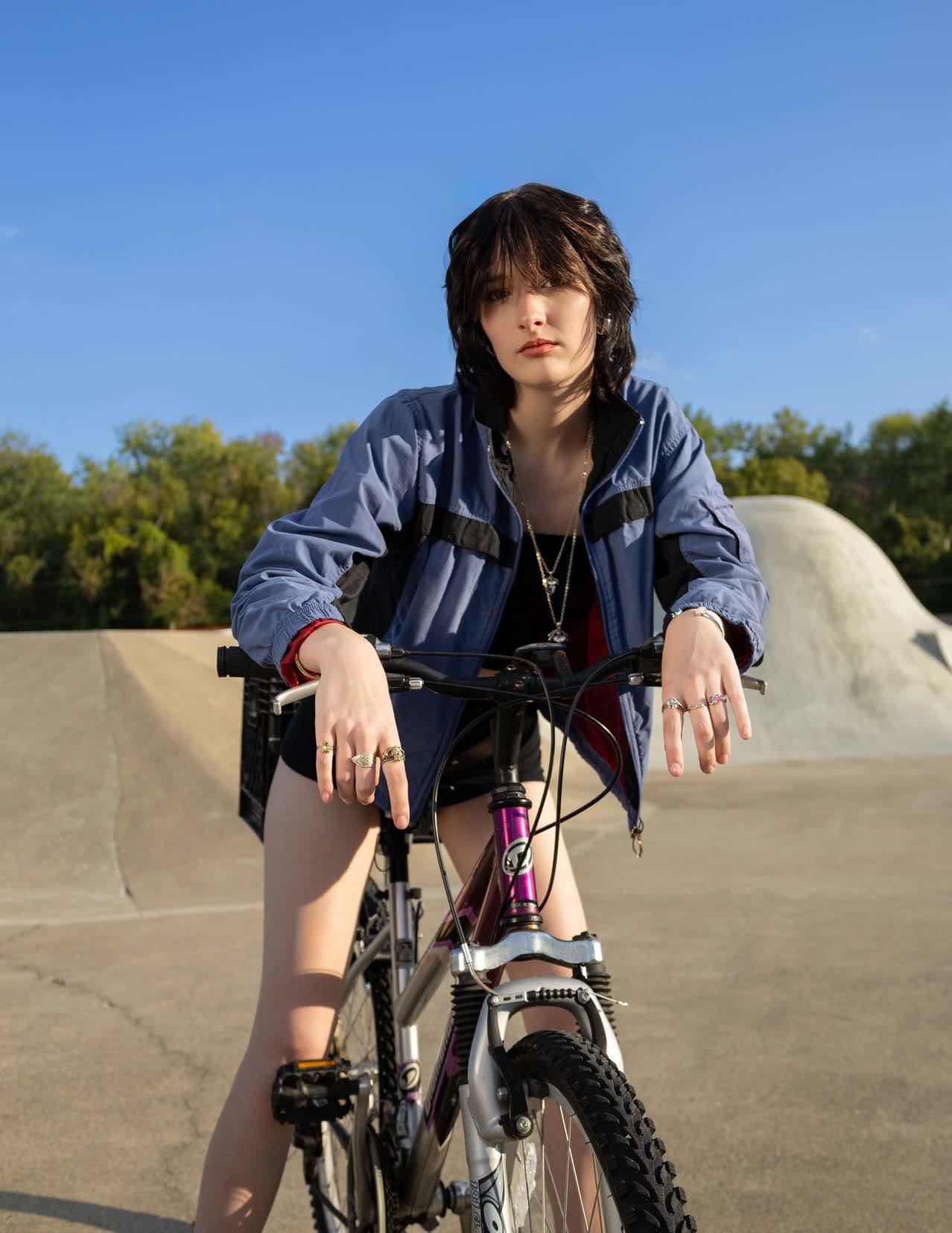
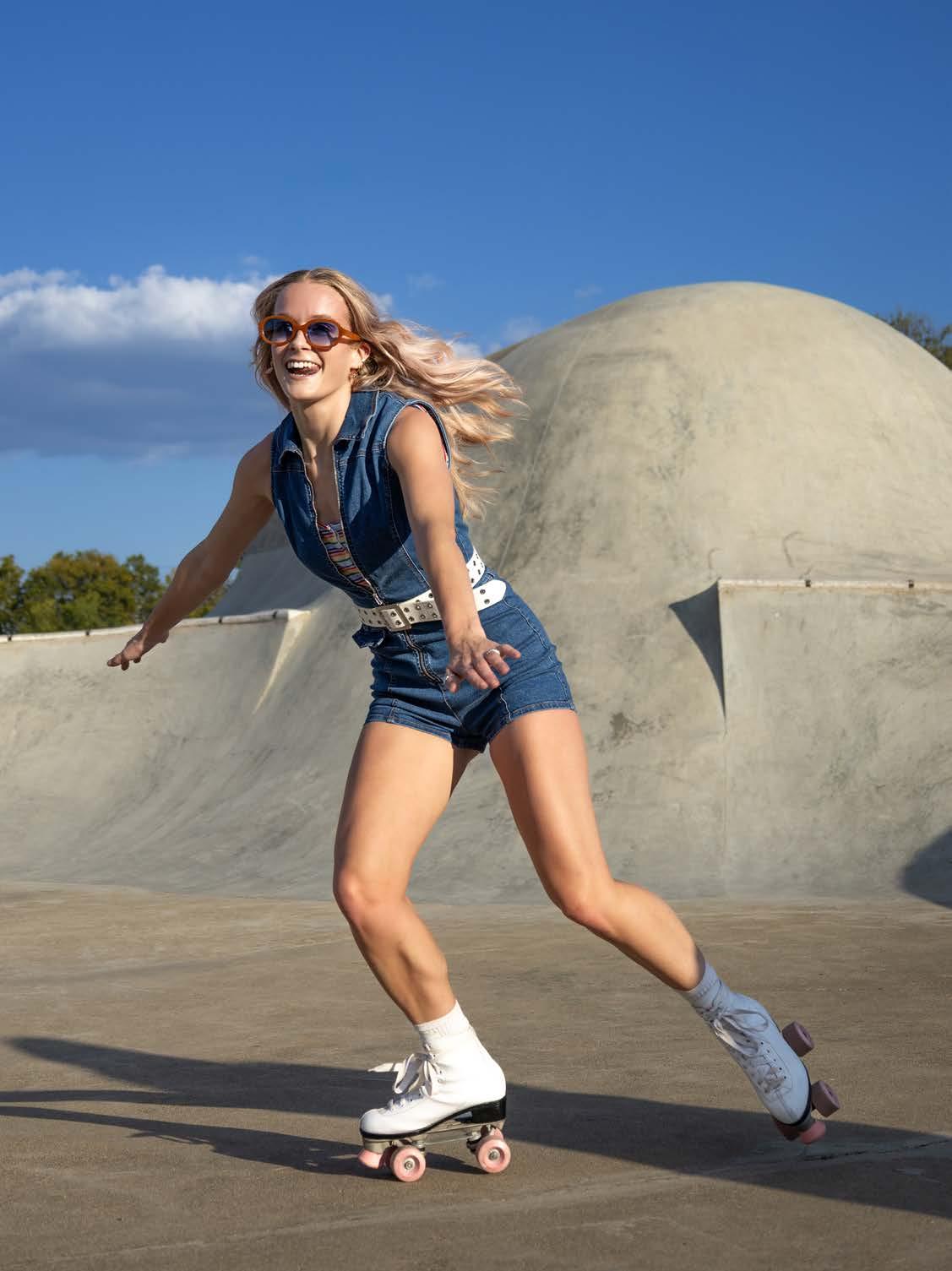



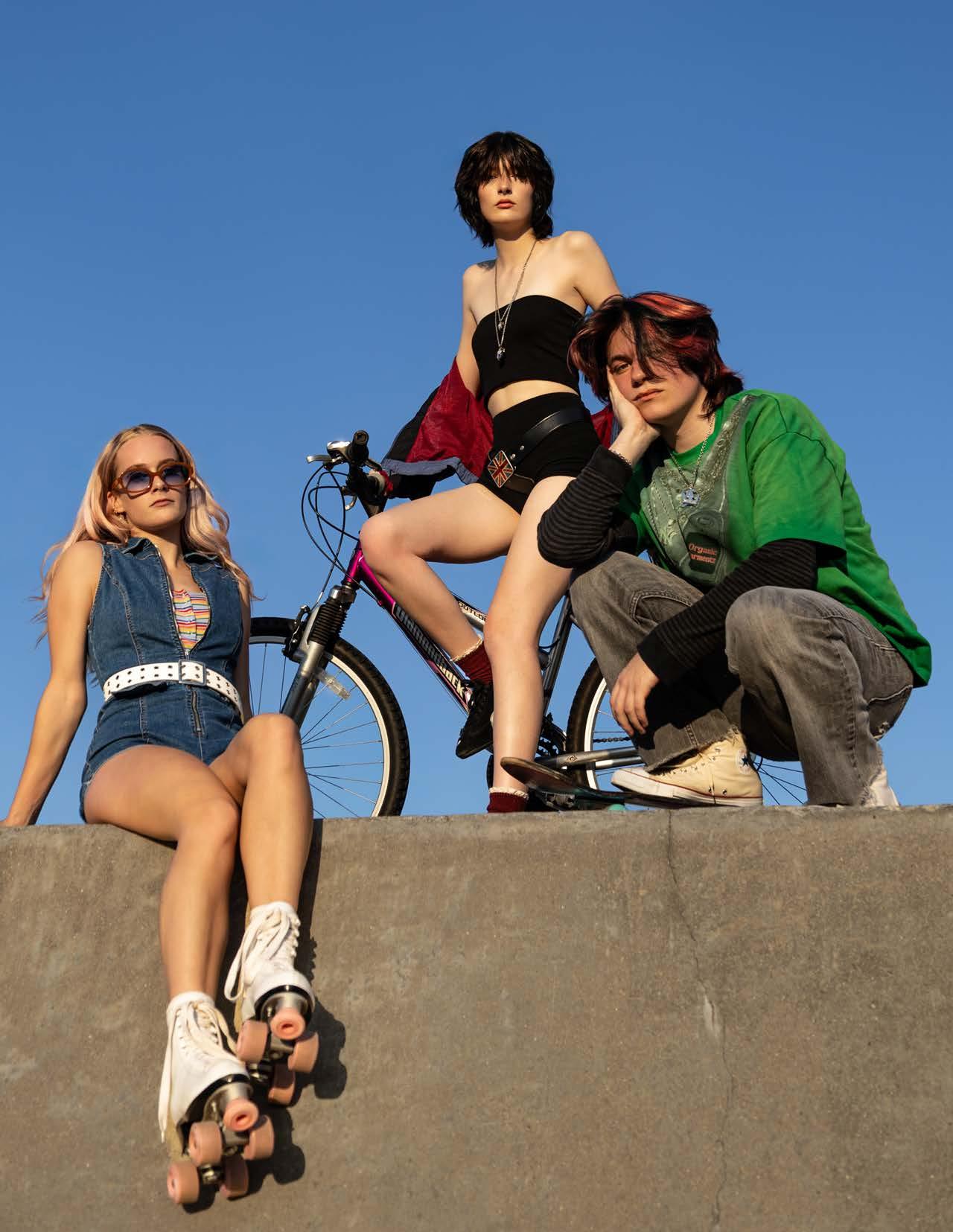

CAMPUS CASUAL
Light-hearted reads for the quiztaking, listicle reading, horoscope believin’ spirit in all of us.
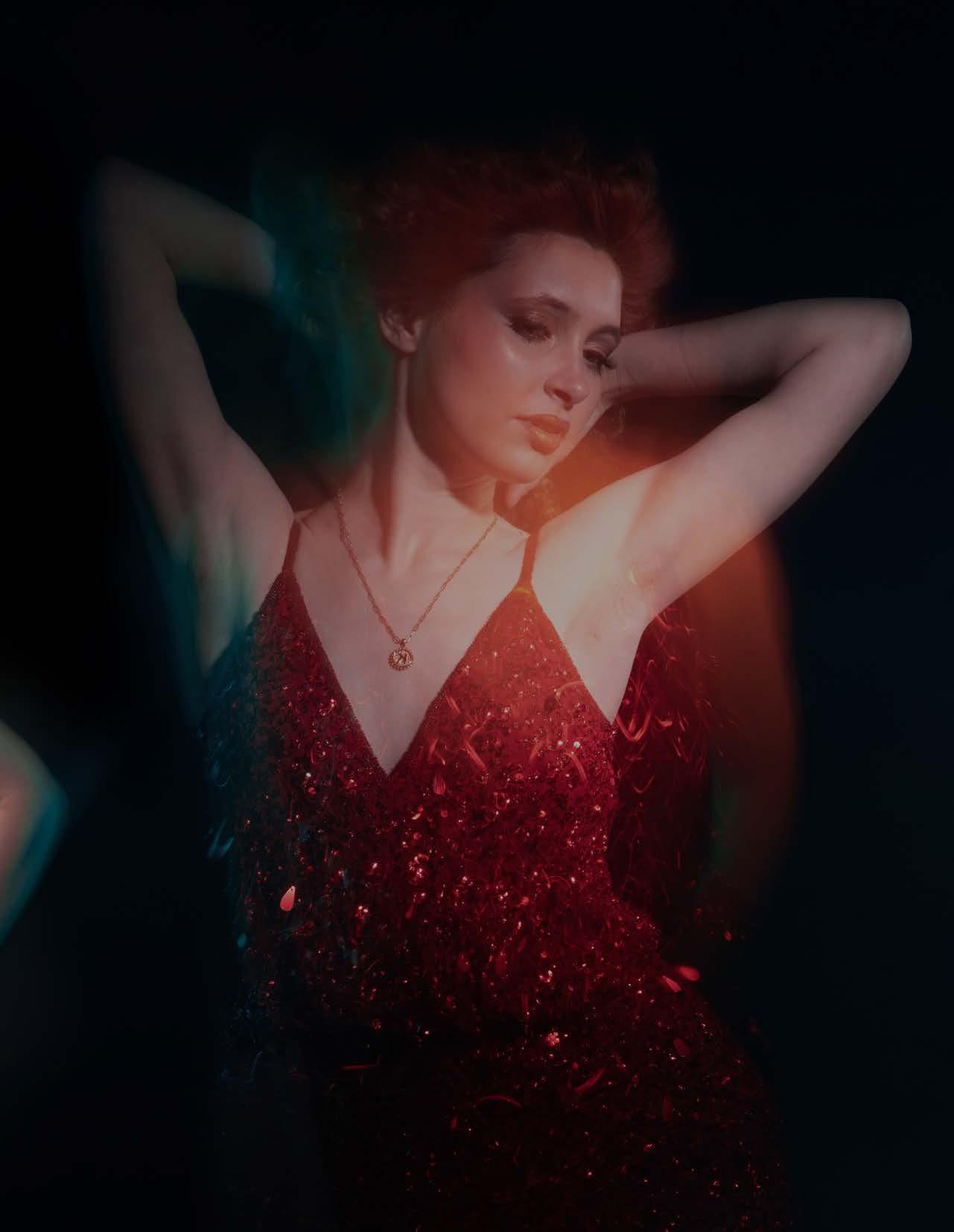
RUGBY: A GAME OF RESPECT, NOT RUTHLESSNESS
BY OLIVA LEGGANS
PHOTOS BY GABRIELLE CABANES
DESIGN BY SOPHIA CIANCIOLA
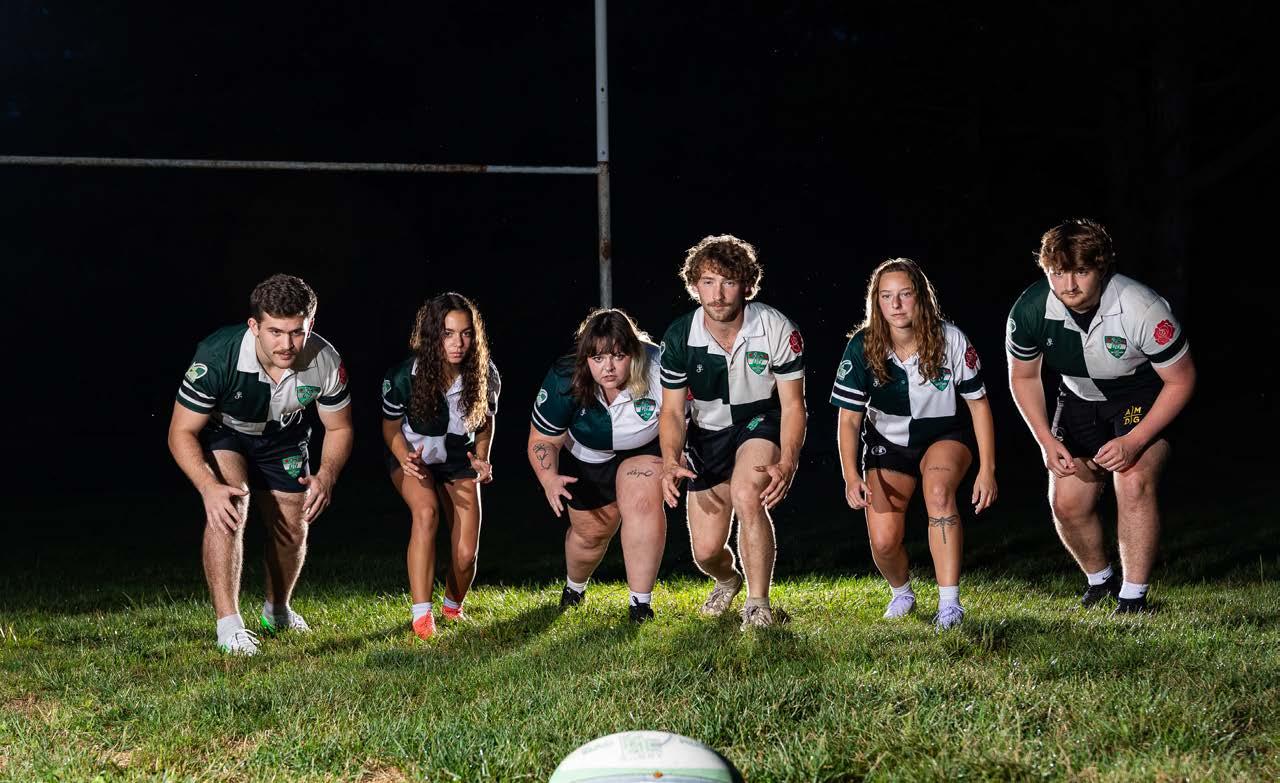
While the 2025 Super Bowl game attracted 127.7 million viewers, the most recent Men’s Rugby World Cup in 2023 garnered the attention of 800 million people, according to Statista. Countries like South Africa and New Zealand, as well as the United Kingdom, have a well-known love for rugby and its traditions, yet rugby’s presence in the United States is neither new nor negligible.
At Ohio University, the men’s rugby club team was started in 1972 by Jim Farmer. Three years later, Julie Fogo and Ruth Biender founded the women’s team. Today, OU’s rugby club teams persist, yet the financing and growth of rugby at OU are almost entirely dependent on players’ enthusiasm and alumni support rather than university backing.
As American football reigns supreme for many athletes and fans of athletics in the US, others are drawn to rugby for both the love of the game and the culture that envelops it. Silas Coleman, a senior studying environmental science, is the current president of the men’s club team at OU.
“Before I played rugby, I played American football for a little bit. I didn’t like the attitudes; I didn’t like the feelings guys had towards their
opponents, especially after the game. A big thing in rugby, especially at this level, you play an 80-minute match. There might be some elbows thrown, there might be some kicks and some words exchanged, but after the game’s over, everyone’s friends,” Coleman said. “I feel like in rugby, there’s less egos.”
Similarly, the women’s team has adopted the same mentality of mutual respect and camaraderie with their opponents.
Kinga Turoczi, a graduate student studying business management, is the alumni relations officer for the women’s rugby team at OU. Turoczi said rugby has a huge social aspect on and off the field.
“I think a good way to wind down from the contact is to party together, to dance together, to go share a meal together, it’s something that’s so integral to the culture that I think really adds to the value of the game,” Turoczi said.
The social aspects of international rugby culture are often inseparable from rugby’s traditions and practices, yet they should not be misinterpreted as a lack of respect or seriousness. Some may associate rugby with fraternity culture and label players as reckless or unnecessarily violent, yet
those assumptions are far from the image and values presented by OU’s rugby teams.
“I think we had a lot of guys who are very passionate about transforming the team to a more competitive team, rather than a mostly social team,” Coleman said. “A lot of guys are quick to throw the word ‘frat’ at rugby, and it’s a completely different thing. We pay dues and we play hard together, and that’s why we celebrate. We don’t just sit around and drink.”
Rugby’s culture of socials, celebrations, and chants can be better understood in the context of its rules and customs on the pitch and their trickle-down effect on players’ attitudes.
“The bottom line is you’re not gonna jeopardize the game and your team, or even the refs, for the sake of some personal beef. You kind of have to rise above,” Turoczi said.
Delinda Gore, a sophomore studying social work, is also an alumni relations officer and player for the OU women’s club team.

“At the end of games, we say, three cheers for the serve, three cheers for the other team we played, and then three cheers for us. The Three Cheers is a core part of keeping and maintaining the respect for the teams and for the officials,” Gore said. “It’s a traditional way to look at things, I guess. Disrespect doesn’t have a place for anyone, even off the pitch.”

Rugby is a unique sport in that both its men’s and women’s leagues use the same rules and regulations for contact. Respect for athletes of all kinds is very important to the community.
“I think what’s cool about it is that it’s a realm where women can express themselves and be violent if they want to be violent, be strong when they want to be strong, without having weird checks on them,” Turoczi said, “I also think it’s an inherently inclusive space, so … our team has taken the position, as well as most teams in rugby, to be like, ‘this is a safe space for trans athletes.’”
The sport’s obvious physicality raises red flags for some, but rugby’s balance of highly regulated tackling and an inclusive community presents a respectful alternative to traditional American contact sports.
“Absolutely everyone wants to be safe, but there’s also this sense of empowerment, like, ‘No, I’m strong and I can do this masculine sport.’” Gore said. “It’s a traditionally male sport, and I can play it well and still be valued.”
QUIZ:

BY ANNA HANES
When you face a new challenge, you usually:
a. Jump in with creativity and flair.
b. Think through every step before you begin.
c. Work steadily while listening to others’ ideas.
d. Focus intently and push yourself to stay on course.

Your friends know you as:
a. Expressive and fun.
Your ideal class would be:
a. Theater, art, or creative writing.
b. Engineering, programming, or mathematics.
c. Journalism, media, or education.
d. Biology, chemistry, or medicine.
b. Logistical and hardworking.
c. Patient and supportive.
d. Focused and determined.
Your favorite way to spend time is:
a. Performing or working on a creative project.
b. Solving puzzles or building something new.
c. Talking with friends or mentoring others.
d. Training hard or working towards a goal.
In a group project, your role is usually:
a. The motivator who keeps things lively.
b. The planner who keeps everything on track.
c. The communicator who connects everyone.
d. The problem-solver who handles the tough parts.


If you got mostly A's, you’re Synchronized Swimming! Your major is most likely in the arts or languages, and you’re a fun, detail-oriented, and overachieving person. Synchronized swimming is a sport that is both artistic and physically demanding, combining fluid movements with strength and endurance. It requires flexibility, rhythm, and the ability to maintain composure under pressure. Like your personality, the sport balances creativity with discipline, turning intricate movements into visual storytelling and making every performance both athletic and expressive.
If you got mostly B's, you’re Croquet! You’re most likely a math or engineering major who enjoys planning and is very well-spoken. Croquet is a precision sport where players hit balls through hoops using strategy, counting, and careful calculation. Success in croquet depends on focus, foresight, and steady execution, much like your approach to life. The sport rewards thoughtful decision-making and meticulous planning, allowing you to use your analytical skills while enjoying the elegance and calm competitiveness of the game.
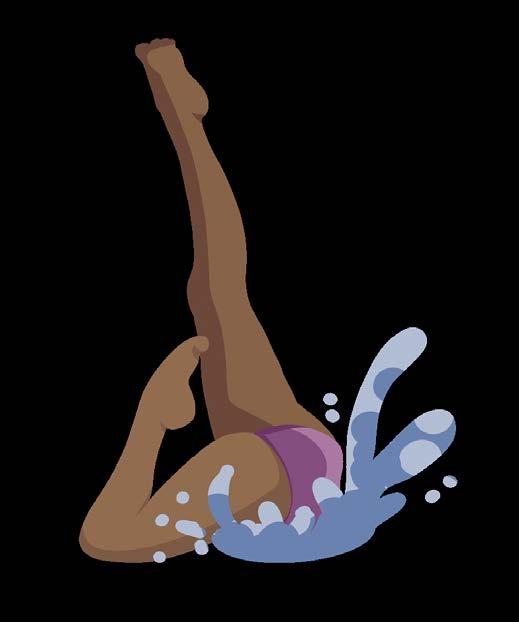
If you got mostly C's, you’re Curling! You’re most likely an education major or a communications major. You are patient, steady, and outgoing. Curling is a team sport played on ice, where players slide stones towards a target while teammates sweep to control speed and direction. It requires strategic thinking, timing, and collaboration. Like your personality, curling combines patience with teamwork, relying on communication and planning to guide each stone to its goal. The sport’s mix of skill, strategy, and social interaction mirrors your calm and friendly nature.
If you got mostly D’s, you’re Luge! You are most likely in the science or medical field. You’re focused, disciplined, and thrive under pressure. Luge is a high-speed sledding sport where athletes race down icy tracks feet-first at incredible speeds. It demonstrates precision, quick reflexes, and mental toughness, as even a tiny error can change the outcome of the game. Like your personality, the sport thrives on calculated risk, focus, and determination, pushing both the body and mind to perform at peak levels in extreme conditions.

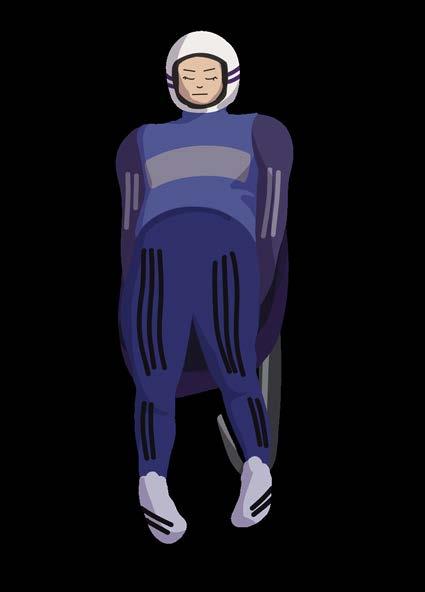

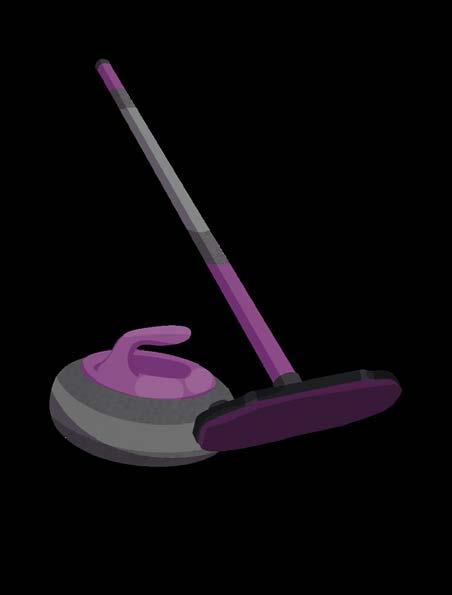
Motion
Many in MotionMotion
BY LAUREN STIDHAM ILLUSTRATION & DESIGN BY MARIS CORDIAL

Amidst a schedule full of classes, extracurriculars, jobs, and social obligations, working out often feels like a dreaded endeavor. The term “working out” has even become one that is heavily stigmatized, and the process usually seems quite complicated.
Looking around at the different ways Ohio University students have personalized this process, it seems they have found ways to simplify the challenge of “working out.” Abigail LaRoch, a sophomore studying exercise physiology, pre-physical therapy with a minor in somatic dance studies, finds movement in the thing she’s most passionate about: dance.

LaRoch joined the OU Dance Team upon enrolling after growing up dancing her whole life. Outside of the physical aspects of dance, LaRoch finds a community in this prospect.
“It was so nice to already have a team, because you are given a group of girls, a good friendship where everybody shares a common interest, and everybody’s just so supportive,” LaRoch said.
In addition to her practices five days a

week, LaRoch finds movement in the gym is important as well.
“There’s a lot that goes into it, as far as building stamina. And I think that working out in the gym really helps with that stamina and with building muscle,” LaRoch said. “When you have a strong core, you can turn better. If you have strong legs, your jumps are gonna push up higher. And also, just stretching too is good for your body, but it’s also good for your muscles as far as doing the technical end of dance.”

Working out doesn’t feel like a chore when it involves doing something enjoyable and beneficial. For LaRoch, dance offers a relaxing moment in her hectic day.
“It’s very healing. It’s very therapeutic, and it’s a very good serotonin boost,” LaRoch said. “I feel like sometimes when you’re going through emotions, you can’t always express it with words … but it’s always been
“It’s very healing. It’s very therapeutic, and it’s a very good serotonin boost”

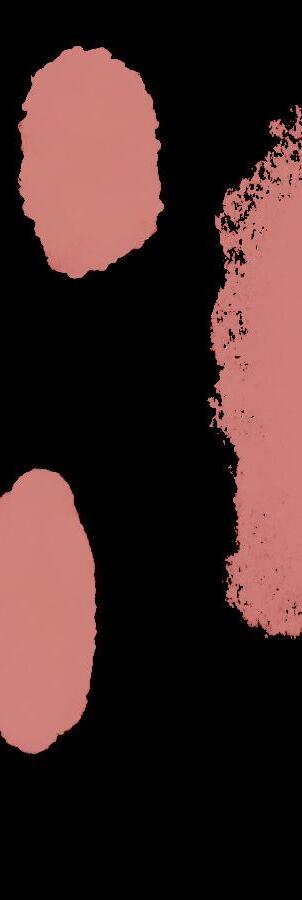
something that I can fall back on to express my feelings through movement.”
LaRoch also emphasized that dance can be for everyone.
“There’s no right or wrong way to dance,” LaRoch said. “Dance is very much falling on your butt and picking yourself back up, but it’s all about how you pick yourself back up to come back even stronger.”

Moving your body doesn’t always have to be a lifelong passion; sometimes it can be a style of working out that one learns to fall in love with. Fiona Mack, a senior studying journalism strategic communication, is a Pilates instructor at Ping Recreation Center who found her love for fitness in college.
Mack found her niche in group fitness as a cycle instructor, but after attending Pilates at her home studio, she knew she wanted to teach it as well. Like LaRoch, Mack has found a way to move that she truly enjoys.
“Group fitness … I don’t even think of it as a job, really, or something I have to do because I love it. I’m getting a workout in and getting paid at the same time,” Mack said.
She said that, in addition to helping her physical wellness, group workouts have also helped her improve her mental wellness.

“I have definitely struggled with mental illness in the past, and I think Pilates has been kind of therapeutic for me, in a way, because it’s like, I’m moving my body, I’m getting something done, but I’m also doing something for myself,” Mack said.
Pilates as a practice carries a lot of stigma, and Mack ensures her studios are a place where everyone feels welcome.
“Pilates doesn’t have to be about hitting a goal in terms of your weight or your body. And honestly, I feel like you shouldn’t go into that with that mindset, because you’re gonna get burnt out,” Mack said. “I know there is sometimes a fear of, ‘Oh, I’m not fit enough to go to a Pilates class,’ … if you need a break, take it, listen to your body, and everyone’s different. Don’t compare yourself to your neighbor.”


Pilates also provides various mental benefits, and Mack integrates silence at the end of her classes to cultivate this aspect of the practice.
“We’re doing stuff for other people all day. Let’s take a minute to just sit with ourselves, close our eyes, close our mind for a second, and really just be present in the space,” Mack said.
Working out doesn’t have to be an expectation to look a certain way — it can be adaptable, an outlet, or something one’s passionate about. Movement is about taking care of one’s body and one’s mind, and loving the process makes it all that much easier.

How Fashion Moves
From runway shows to overhead compartments, fashion and style move and adapt with the wearer.
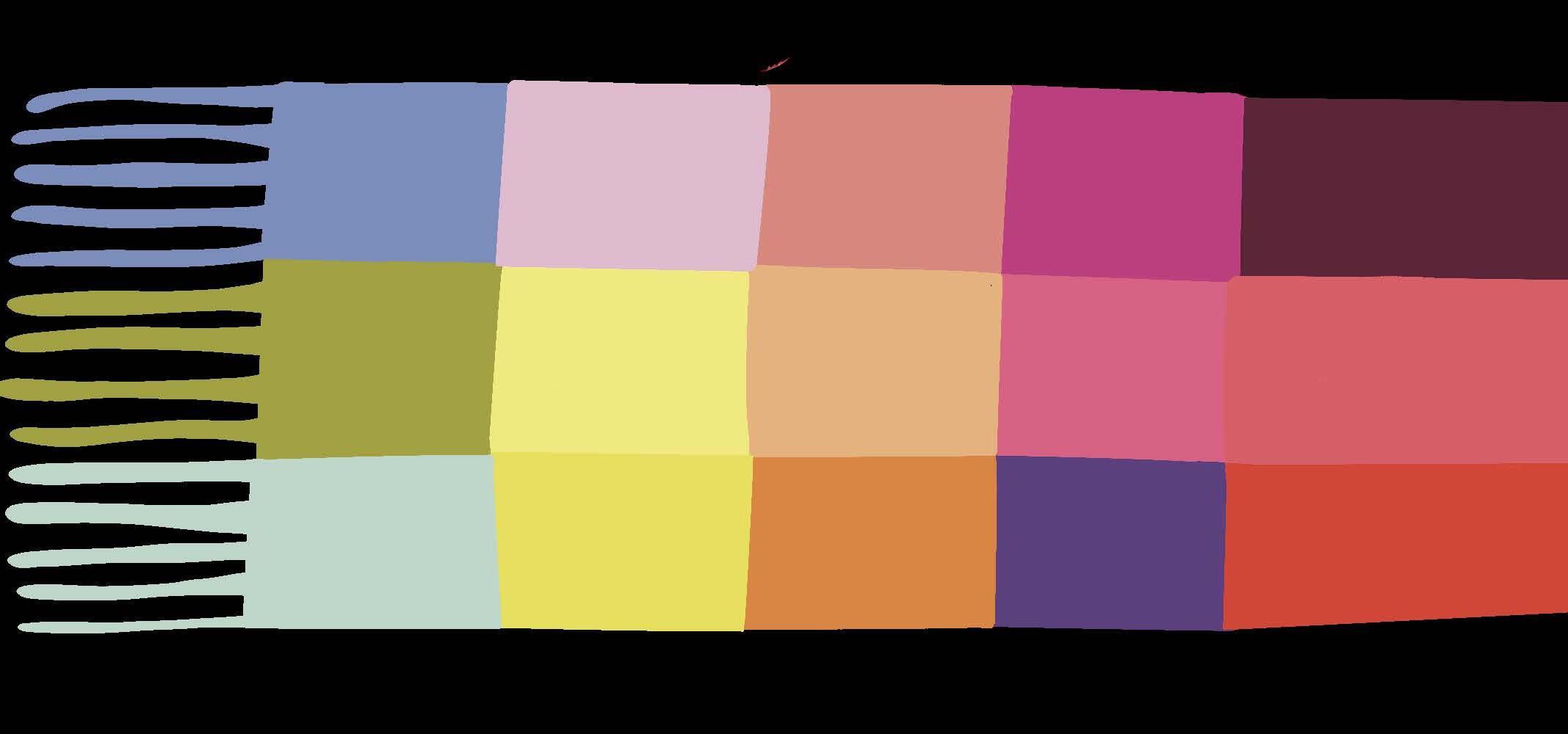
BY DISHA HOQUE ILLUSTRATION & DESIGN BY SOPHIA CIANCIOLA
Lights flash, speakers blare, and fog fills the stage as a shadow of 9-inch stilettos illuminates the white shadowbox. Models strut the runway, adorning layers of tulle, sequins, texture, and color.
All of the looks cascade through the glowing runway, each fabric, bracelet, and hair curl perfectly curated by the most prime designers in the world, including Christian Dior, Chanel, and Balenciaga, to be displayed at Paris Fashion Week.
The biannual event organized by the Federation de la Haute Couture, or Haute Couture, sets the tone for the trends seen twelve months later in teen closets and college bars, widely reproduced by familiar companies around the globe.
Considered the largest fashion week and runway show in the world, Paris is a cornucopia of inspiration, textiles, and global fashion influence, and showcases the nomadic nature of style and
fashion. Like food and technology, fashion and textiles take influence from around the globe.
Lisa Williams, a university faculty member in retail and fashion merchandising, accompanied OHIO fashion students to Paris, France last spring for the annual Culinary Couture — exploring Parisian Flair program.
This ability to manufacture trends and styles stemmed from resources long before cable streaming services or the digital cameras capturing Paris fashion week and other global celebrations today.
Specifically, materials and textiles collected from European colonization laid the groundwork for Paris’ fashion-forward culture and development. Many of the sturdy pillars of fashion, texture, and cloth are credited back to the Indian subcontinent and other areas of European settlement. Despite the colonization era being over, the impact of these regions on
European fashion remains strong in colorful prints, patterns, and silhouettes.
“Prior to being able to learn about different cultures digitally, [colonization] was one of the ways people experienced and brought back things to add into different cultures and add into their own designs based on what they saw and liked in a different culture,” Williams said.
Now, developments like the internet and expedited shipping allow fashion to circulate all over the globe at a faster rate than ever, connecting all of us through the fabrics and designs we choose to put on.
This globalization happens on an individual level, too.
Nivi Chawda, an Ohio University graduate, moved to Athens from India to go to school in 2021. After four years of travelling both internationally and domestically, Chawda packed her bags again to attend Cambridge University.
Chawda’s style is a myriad of her personal experiences, culture, and travels. When traveling, she picks pieces out and highlights traditional South Asian pieces and textiles in her Western street style, calling her style a “fusion” of South Asian and Western design. She finds liberation when adorned with South Asian fabrics while abroad.
“Being brown becomes such a big part of my identity when I’m abroad, and it kind of gives me an authority to wear [cultural clothing] because I’m like, ‘Come on, I’m brown. There’s only five of us here, so I’m going to wear my bindi with all the confidence in the world,’” she said. “Who else is going to wear a Bindi?”
This pride comes after years of trying to fit her culture into Western trends.
“I was just trying to fit my South Asian culture within the ‘clean girl’ aesthetic, and it was just not working,” Chawda said. “So I decided to be like, obnoxiously myself and just wear whatever color.”
Alongside her collected clothing pieces and personal cultural souvenirs, Chawda focuses on accessorizing to make her style more flightfriendly.
“I resorted to feeling most like myself through jewelry,” Chawda said. “I have a bunch of jhumkas, bangles, bindis. These are easier ways I feel connected to being brown … and so easy to carry.”

Layering is another way Chawda retains her personal style in portable ways. She frequently moves countries with collected shawls, vests, or jackets to mix and match with her outfits.

Taking pieces of home fashion to a new country is common for other students, as well.
Lucy Ogle, a senior studying translational health, studied abroad in Costa Rica and Argentina. During her travels, she also retained personal style through layering and multifunctional pieces.
“I bought a pair of pants that were hiking pants but could zip off the bottoms,” Ogle said. “They could be shorts or pants. I also wore them out to clubs.”
Ogle’s favorite adaptable pieces include a pair of cargo pants, perfect for hiking or dancing, and patterned button-ups. Styling these fun pieces she collects, alongside sturdy basics, allows her the freedom to dress fun and colorful, while still keeping her suitcase light.
“With a little creativity and some thought, knowing exactly what to pack can really get a lot out of one item of clothing and use it for very different outfits,” she said.
From fashion week to suitcases, ranging from hiking equipment to clanging bangles, style remains nomadic through travels, connecting with others and new experiences. Trends starting on stage at fashion week often turn into the pieces thrown into backpacks and overhead compartments, taken on adventures, and showcased all around the globe.
The WNBA, Driver of Cultural Change
BY EMILIE DEOREO ILLUSTRATION BY KENDALL WIFF DESIGN BY GRETCHEN STONER
The past few years have been remarkable for women’s sports as a whole. At the 2024 Summer Olympics, the United States earned 126 medals, and 67 of those were won by female athletes. Over the recent decade, many individual female athletes, such as Simone Biles and Serena Williams, were in the spotlight, yet no league set records and surpassed expectations quite like the Women’s National Basketball Association in 2024. Although stars like Caitlin Clark may initially draw fans in, it is the collective talent of the players, the speed of the game, and the level of skill that make them stay.
Founded in 1996, the WNBA grew into a cornerstone of women’s professional athletics in the United States. Initially, however, the league struggled to garner the same recognition that its male counterpart obtained. Despite the lack of media coverage, the overall league persevered. It leaned on the talent of its players and opportunity for growth for women's athletics that were decades in the making.
Behind this rise is a critical piece of legislation: Title IX. Passed in 1972, it transformed the landscape of women’s athletics and created a pipeline of talent that would eventually feed the WNBA. For female athletes, Title IX was transformative. By requiring schools to provide equal opportunities for girls’ sports programs that were already granted for the boys, Title IX forged a serious path for girls to envision professional athletics in their future.
Santino Davis, the assistant athletic director at Columbus School for Girls and a longtime basketball coach, emphasized the law’s impact on the overall development of the sport.
“It helped drive the participation rates,” Davis said. “It’s all had an impact. It has been very beneficial to see the growth of the sport — the
quality overall, from top to bottom — keep increasing.”
NBA commissioner David Stern’s announcement of the WNBA launched eight teams in an attempt to showcase the world’s top female basketball talent, providing a professional platform that had never existed before in the U.S. Early stars such as Sheryl Swoopes, Lisa Leslie and Rebecca Lobo quickly brought skill, athleticism, and leadership that captured the attention of fans nationwide.
Despite the talent on display, the WNBA faced significant challenges in its early years. Player salaries were entry-level, media coverage was limited, and fanbases were still developing. While the league struggled for consistent visibility and support, the dedication of its athletes, combined with the opportunities created by Title IX and decades of progress in women’s sports, helped the WNBA persist.
Since its founding, the league expanded to include 13 active teams, with five on the way, all set to be in action by 2030. While some early franchises faced financial struggles and relocations, the WNBA built a stronger foundation over time and simultaneously created a more resilient and competitive environment for women’s basketball.
For Maddy Fortuna, an Ohio University senior and president of the women’s club basketball team, Cleveland was the obvious choice for the WNBA’s next expansion. Set to get a team in 2028, the city already has a history with the league: the Cleveland Rockers who were one of its founding franchises in 1997.
“It was a smart idea,” Fortuna said. “Cleveland is a headline city… the fans here are die-hards.”
Among the current competitive environment lurk multiple powerhouses hungry for more championship wins. Teams like the Las Vegas
Aces, New York Liberty, and the Minnesota Lynx all established strong identities. The Aces, as recent champions, captured national attention due to their dynamic roster and style. Meanwhile, the Liberty, often dubbed a WNBA “superteam,” combines its star players with consistent performance to dominate the headlines.
The Lynx created a passionate local following in Minneapolis, proving that small-scale teams can achieve sustained success not just through their plays on the court, but through a serious commitment to building a winning culture citywide.
Where there are powerhouse teams, there are powerhouse players. Early icons such as Leslie, Swoopes and Lobo cemented their names in the infrastructure of the league, but today’s stars like A’ja Wilson (Las Vegas), Breanna Stewart (New York), and Napheesa Collier (Minnesota) are the leaders propelling the WNBA into a new golden era. They not only dominate statistically but also serve as role models for younger athletes who now see women’s basketball as a viable career path.
At the same time, a new generation of rising stars is already shaping the league’s future. The Indiana Fever’s Caitlin Clark and the Dallas Wings’ Paige Bueckers, the 2024 and 2025 number one pick and Rookie of the Year, respectively, established cult followings. Their collegiate careers made them household names before they ever stepped onto a WNBA court, and so far, their transition to the professional level only amplified their reach.
The so-called “Caitlin Clark effect” was especially transformative. During her time at Iowa, Clark rewrote the NCAA record books, becoming the all-time leading scorer in Division I basketball for both men and women. She routinely sold out arenas and drew millions of television viewers, which created momentum that channeled directly into the WNBA. Clark’s iconic “logo-threes” and unbelievable passes turned her into more than just a basketball celebrity but a cultural phenomenon.
When the spotlight shines on Clark, she amplifies the attention and it shines on the entire league. Davis weighed in on the effect one player can have on the game.
“Whether it's one person or 10 of those athletes that fans gravitate towards, it's going to help the game long term.”
Due to injury, Clark missed the second half of her sophomore season. This absence, however, did little to dampen the overall viewership or fan engagement, contradicting many assumptions. Fans continued to tune in, drawn not only to the residual momentum from her record-breaking performances but also to the compelling narratives surrounding her teammates and the league as a whole.
Megan Henry, the director of athletics at the Columbus School for Girls, highlighted how Clark’s influence reshaped the conversation around women’s basketball.
"There's no better time in the history of the U.S. to be a female athlete,” Henry said. “Once people started watching, they realized, ‘holy cow, these
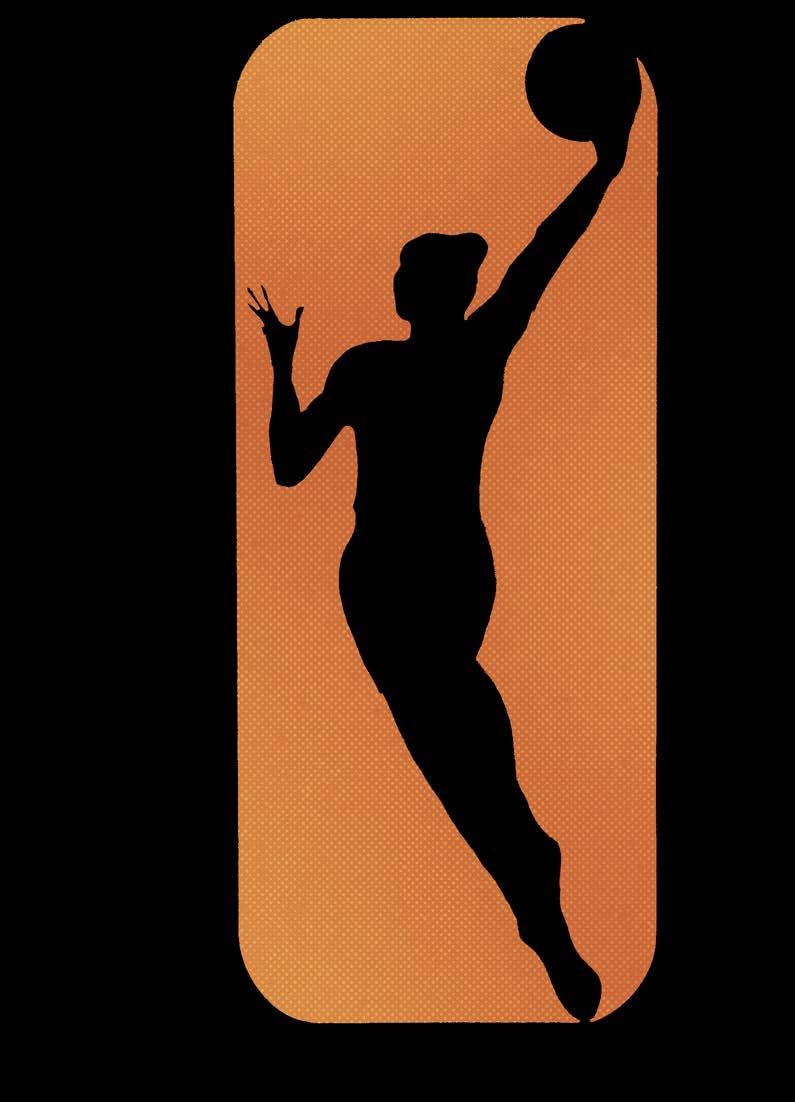
women are so talented and so fun to watch.’”
For Henry, the effect goes beyond Clark herself.
“The time was right ... everything came together … to elevate not just the WNBA, but women's sports in general.”
Before Clark’s arrival, one of the biggest obstacles facing the WNBA was limited media coverage. Despite the league’s high level of talent and competitive play, games were often relegated to obscure time slots or broadcast on lesser-known networks. National media outlets frequently prioritized men’s sports, leaving stories about WNBA teams and players largely underreported. Even standout athletes such as Diana Taurasi, Sue Bird and Maya Moore received far less attention than their male counterparts like LeBron James and Kobe Bryant.
Without widespread media coverage, attendance remained low, sponsorship opportunities were limited, and the league struggled to reach new audiences. Additionally, fans might be intrigued by the skill and excitement of women’s basketball simply had fewer opportunities to get involved. They missed watching games, following highlights, or engaging with player narratives.
Clark’s prominence in college basketball captured media attention and outlets wanted to cover her. Her arrival marked a major turning point for the league.
“The media was not covering [the WNBA previously], and therefore people weren't watching. And then once Caitlin Clark came along, and the media started talking about her and the league … it created a whole new set of fans,” Henry said.
With the media spotlight shining, fans could finally witness the incredible talent that had always existed in the WNBA, fueling growth in viewership and creating momentum for the league as a whole.
The NCAA long served as a funnel for future WNBA stars, with Title IX driving participation and strengthening collegiate programs. Programs such as UConn and Tennessee provided legends like the WNBA all-time leading scorer, Diana Taurasi, and Candace Parker, the only player to win MVP and rookie of the year in the same season (2008).
But beyond individual stardom, the NCAA pipeline helps ensure the WNBA maintains a
competitive balance. Players from a wide variety of schools — large programs, smaller schools, and mid-major conferences — bring diverse styles and skills, enriching the league and maintaining fan interest.
The NCAA pipeline also intersects with Name, Image, and Likeness opportunities, allowing collegiate athletes to monetize their personal brands while still in university. Stars like Clark and Bueckers leveraged NIL deals to build national profiles with brands such as Gatorade, Nike, Wilson and DoorDash.
While WNBA salaries are improving, they still drastically lag behind the NBA. Even with the WNBA’s growth, the pay disparity remains a major challenge. According to Basketball Reference, the average NBA salary is around $11 million, whereas the WNBA players earned between a minimum of $66,000 and a maximum of $250,000 in 2025.
In 2020, the collective bargaining agreement was established, hoping to improve salaries, maternity benefits and travel conditions. This gave players more stability and highlighted the Women’s National Basketball Players Association’s influence in advocating for athlete welfare.
Fortuna found the persisting pay gap to be overwhelming.
“You see LeBron James making millions, and then someone like Caitlin Clark, one of the biggest names in women’s basketball, is making around $100,000,” Fortuna said. “That’s about what a teacher or nurse makes. It doesn’t make sense.”
Tracing from the early days of Title IX to the cultural phenomena it is today, each new player, nationally broadcast game, and milestone in pay equality is a testament to the women who paved the way from the very beginning.
In the 29 years since its founding, the WNBA has grown exponentially in more ways than one, and as it continues, it constantly redefines what professional sports can look like, not just in the U.S., but worldwide. Visibility matters in the WNBA, diversity thrives, and young girls watching from the stands or on their screens see limitless possibilities.
This league is not just about basketball. The WNBA is about opportunity, representation, and the power of sports to drive cultural change. If the past few decades of the WNBA show what women can achieve, then the future promises something even greater.
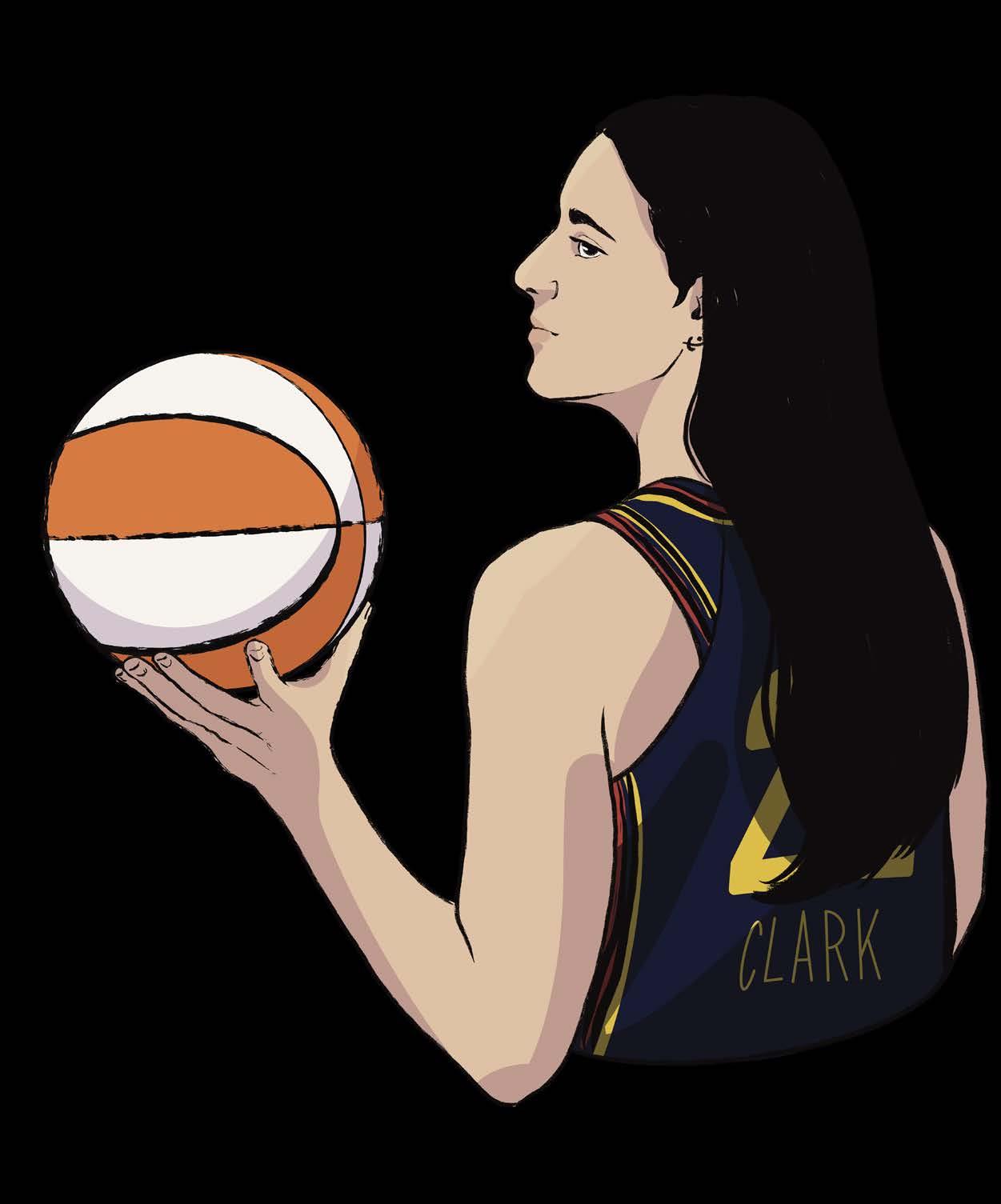
OU COACHES CULTIVATE CONFIDENCE, LEAD BY EXAMPLE
BY ALEXANDRA HOPKINS ILLUSTRATION BY KENDALL WIFF DESIGN BY ALYSSA KISZCZAK
For Ohio University coaches, leadership extends far beyond the field or mat.
Two women at the helm of different programs, head coaches of cheerleading and softball at Ohio University, discuss how shaping athletes is as much about work on the field as it is off.
Becky Dicken, the head coach of cheerleading at OU, is entering her 10th season in the role. Cheer has had a constant presence throughout Dicken’s entire life. Though coaching wasn’t a part of Dicken’s initial post-college plan, she stepped up to the role when her daughter’s cheer team needed a leader.
“[I] never really considered coaching at the collegiate level,” Dicken said. “I was the parent that coached.”
Dicken followed her daughters through the years and continued to coach even when she relocated to the Athens area. Her arrival caught the attention of the former head coach at OU, Tricia Perry, who needed an assisatant. Perry ended up tracking down Dicken in the Kroger parking lot.
“[She] knew who I was, knew my background, so she asked me if I would be interested in helping her,” Dicken said. “I tried it out, and I haven’t looked back. I love it.”
This parking lot happenstance led to a decade-long coaching career at OU. Since then, Dicken developed a leadership style that emphasizes both positivity and directness.
“I try to have a positive mindset with everybody,” Dicken said. “I’m a pretty direct coach. [The members] know what’s expected. They know what I want from them.”
Dicken treats cheer practices as a business operation, creating and following a practice
plan to stay on track. “I like to get as much done within our short amount of time,” she said. Practices are three hours long, but “They fly by,” according to Dicken.
Cheer, however, is more than a business commitment. Behind the scenes of practices and games, a family-like bond keeps the team together and extends beyond the season.
“I see my athletes more than I see my own family,” Dicken said. “They are my family from July through May, that’s my family.”
While Dicken’s career began unexpectedly, Jenna Hall, head softball coach, followed a more traditional path. Hall is currently on her second run as a coach at OU, having been an assistant coach from 2007 to 2012. She returned in 2022, stepping into the head coach position for the first time.
“My first stint was as an assistant from 2007 to 2012, and this time, I was hired in the summer of 2022,” Hall said. “I started coaching in 2007, so this is going into my 19th season.”
The shift from assistant to head coach brought new responsibilities and challenges.
“This is my first time being the head coach, so this was a whole new experience,” Hall said. “For me, it’s also about growth as it is for them.”
Despite initially going into education, Hall found herself a new calling: coaching. In this field, she is able to help young women develop confidence and independence.
“I got into this job to help young women become confident, successful, and independent women when they walk out the door,” Hall said. “The leadership piece is so huge, not just on the field, but off the field.”
Yet leadership isn’t just about heading the team, Hall said, it’s about leading each member
campus casual as an individual: not just as a player, but as a person.
“I think it’s such a wide, reaching umbrella that we fall under from a leadership standpoint,” Hall said. “It’s an important place to be able to be an example of confidence. As a female in this coaching world, we’re not always the majority in what we do, and so being that strong person for them, it’s super important.”
BECKY
Both Dicken and Hall said that being a coach is about setting an example of confidence, actions, and attitudes for their athletes.
“I think we set examples every single day,” Hall said. “We’re the first people [the players] look to. Whether it’s an action example or a verbal example, or just the way we carry ourselves and what we do, but it’s something that we take super seriously, and we also are very grateful.”


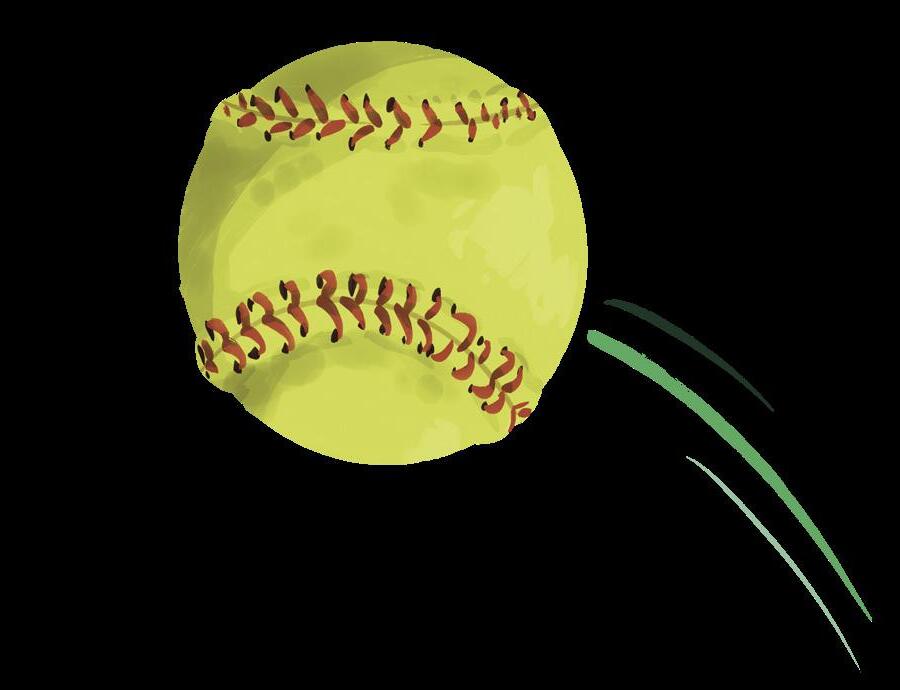

BACK OF THE CLOSET
An in-depth look at today’s most buzz-worthy topics.

Liaison the Label
Bobcat-owned business bridges the gap between fitness and lifestyle
BY SOPHIA ROOKSBERRY PHOTOS & EDITS BY DISHA HOQUE
DESIGN BY EMMA CHRISTENSON
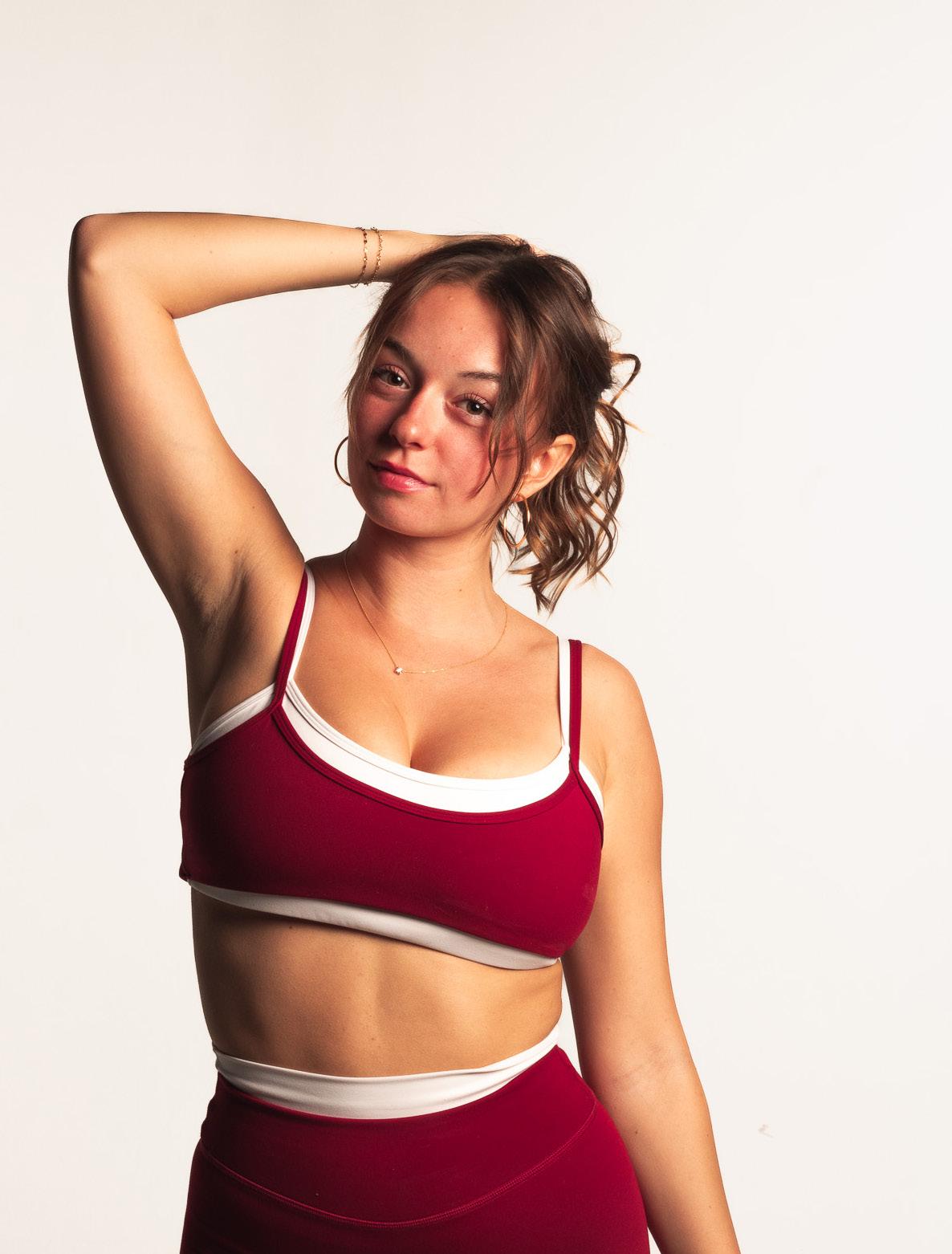
Aliaison is a “person who establishes and mainains communication for mutual understanding and cooperation.” At Liaison the Label, Stefana Avara is establishing that mutual coexistence between fitness, comfort, and confidence in the activewear space.
Avara is the founder, CEO, and designer of Liaison the Label, a brand of limited edition activewear ranging from workout sets to loungewear. Avara is also a 2020 graduate of
Ohio University with a bachelor’s degree in sport management.
During her time at OU, Avara was a member of Sigma Kappa sorority, a bartender at Red Brick Tavern, and a student athlete on the club lacrosse team. It was also during these years that Avara had the idea to launch her own activewear brand.
“When I was playing lacrosse at OU, I’d be at practice and I was more focused on fixing my shorts that were rolling up or my leggings that were falling down or my sports bra that didn’t fit right,” Avara said. “I would be more focused on that than being a really good athlete and … I just knew that there could be better.”
Once she had the idea, Avara couldn’t rest until she had perfected her product. Tirelessly, she researched manufacturers and tested product samples on her friends until she achieved her goal of blending comfort and versatility with good quality sportswear.
When Avara dropped her first line in 2021, she had just over 100,000 followers on Instagram. Kaela Ricket, a junior studying health communications, started following Avara back when she was getting 500 likes on workout videos, and Liaison the Label was just a whisper of a thought in the back of her head.
“Her brand got so big so fast,” Ricket said. “I like being able to say I’m an OG supporter.”
Ricket was initially drawn to Avara for her workout programs, but has since become an avid supporter of her clothing, owning approximately seven of her sets.
“I’m a fitness instructor, so I have to go from class to working out a lot or vice versa, so I just wear them all the time,” Ricket said.
As a fitness instructor, Ricket has always admired Avara’s approach to working out and how that mentality intersects with her product designs.
“She incorporated weights into workouts before it was cool for girls to work out with weights … seeing somebody I looked up to so much using both cardio and strength training … was really important for me, especially at that time,” Ricket said.
When Ricket first encountered Avara, her workout videos were posted under the moniker Defining Fitness, which led to the first iteration of her activewear brand, Defining Active. The night of her first launch, Avara and her intern went to celebrate a successful day of packing orders, but were met with a message that would
change the trajectory of the business.
“We went to the bar and I got this email, and it was a Cease and Desist from this person for trademark infringement,” Avara said. “When I launched, I was 20, I didn’t know anything, and I didn’t trademark my name, Defining Active, and … the day that we launched, one of my followers trademarked my name so I couldn’t use it anymore.”
After fruitless efforts to buy the name back, Avara decided to pivot. When her second launch dropped six months later, the clothes bore a new name.
“Even though that was a really stressful and hurtful thing to experience, I am very glad that it happened for a lot of reasons,” she said. “Obviously, it was such an opportunity for me to learn about protecting your business … and also the branding behind Liaison is a lot more cohesive and elevated than Defining was.”
A perfect example of this elevated branding is the company’s most recent launch: The After Class collection, which dropped on Sept. 23.
“I feel like the activewear space now is very saturated and it can be hard to make sure you’re being innovative and standing out … and I feel like our most recent collection has pieces in it that have never been done before,” Avara said.
Not only do the Liaison products level up with each launch, but Avara has also put an emphasis on expanding celebrity partnerships, which “builds our brand in intangible ways.” The business has already collaborated with New York City influencer, Halley Kate, and “Dancing With The Stars” pro-dancer, Witney Carson, was seen wearing a Liaison set this season. Avara is planning a collaboration with Kelsey Anderson from “The Bachelor” later this year and holds these future plans in tandem with the lasting mission of the company.
“I started it so women would have activewear that was versatile enough to last them all day long, no matter what they were doing, and make them feel really good,” Avara said. “ … That’s going to be my primary focus, to just continue to create beautiful pieces for beautiful women that are versatile and innovative.”
THE RISE AND FALL AND RISE AGAIN
OF WAGS IN MAINSTREAM CULTURE
BY ABBY JOYNER
ILLUSTRATION BY GRACE CALLAHAN DESIGN BY SOPHIE SCHALLER
The wives and girlfriends of professional athletes, or WAGs, are some of the most prolific influencers in our current digital culture. WAGs are well-known for having distinct, innovative styles and a glamorous, passport-stamped lifestyle, always complete with a glass of champagne in one hand. Once a pejorative used to mock these women in the early 2000s, many WAGs have chosen to reclaim the term and make it part of their personal brand online.
Back in the noughts, British tabloids covered the lives of WAGs nearly as much as their soccer-playing partners. Further, they were often blamed and scrutinized for the team’s losses.
Victoria Beckham, Posh Spice and partner of soccer legend David Beckham, was one such high-profile WAG these tabloids covered. When he was accused of cheating on her, 40% of the public blamed Victoria, according to Glamour. The proliferation of misogyny and sexism directed at these women brought the term WAG under heavy criticism and thus briefly dissolved its usage.
While WAG coverage dwindled in the 2010s, those who were coupled with a professional athlete kept a relatively low profile, with the exception of high-profile figures like Ayesha Curry or supermodel Gisele Bündchen.


The sudden rise in WAG popularity in the 2020s - and the reclamation of the term itself by WAGs — can likely be attributed to the propagation of social media. Posting and consuming content surrounding their out-of-the-ordinary lives, such as a “day in the life,” “get ready with me,” or hospitality suite tour videos have become both accessible and socially acceptable.
Hailey Myers, a sophomore studying business management at Ohio University who is dating a football player at OU, said, “I think it’s kind of fun,” to use the term WAG to describe herself, but that “it’s more as a joke than a serious thing.”
By contrast, Emily Hall, a junior studying history who is dating a former member of OU’s cross-country team, said: “For me, I don’t identify as a WAG” because her boyfriend’s position on the team was never too overbearing on their relationship. She did not even know he was a collegiate athlete when they began dating.
Court, field, and trackside fashion has amped up in recent years. WAGs are showing up to their partners’ sporting events wearing custom jerseys, upcycled team apparel, and sportinspired jewelry.
In 2024, during the Euros, Tolami Benson, the girlfriend of British soccer player Bukayo Saka, stunned on social media with her match fits. For the finals, she wore a custom corset made of upcycled jerseys from the previous Euros, designed by Hattie Crowther.
Morgan Riddle, the longtime girlfriend of top American tennis player Taylor Fritz, continually serves aces with her courtside outfits, especially when it comes to the prestigious Wimbledon tournament. In the spirit of the tournament’s notable elegance, all-white dress code for players, and classic strawberries and cream, Riddle embodies those emblems by wearing pieces including strawberry print, smart silhouettes, and white linen dresses.
Formula 1 is well-regarded in the sporting world for its elite, innovative technology, upperechelon paddocks, and record-breaking speeds, but the F1 WAGs also bring something entirely special to the sport. At the 2025 Chinese Grand Prix, Alexandra Saint Mleux, partner of Ferrari driver Charles Leclerc, sported a Cheongsaminspired dress while holding a Maranello Ferrari SP3 clutch to support her driver’s team. Incorporating elements of the athlete’s sport
into an outfit is often a key part of successful WAG style.
Myers’ favorite gameday fit is a thrifted vintage green OU jacket, paired with a jean skirt, white tank, and green tennis shoes. Her dream item would be a custom football jersey with her boyfriend’s last name and number. She said, “Obviously, I’m not getting dressed up to, you know, SEC school standards, but having a little fun with outfits is fun.”
However, being a WAG is more than just a cool lifestyle and pretty clothes. It comes with its own setbacks, like bizarre scheduling, long days, and extended time apart.
Hall said during the cross-country season she would see her boyfriend much less than during the off-season. Now that he has graduated and no longer has the full-time commitment of being a student-athlete, she sees him much more. Inseason, not only does a member of the crosscountry team have two-hour daily practices, but they also have recovery, careful nutrition, and specific workouts to follow. “I do like the schedule now a bit more because I get to see him,” Hall said.
Visibility is heightened as a WAG: there is a significant pressure to look good while supporting one’s partner, or else one might face online backlash from the scrutinizing eyes of the trollish Internet voyeur. WAGs have transcended the confines of the athletic world and have permeated fashion and lifestyle trends. Fans of sports have started dressing up for sporting matches, pairing a player’s jersey with a mini skirt and knee-high boots rather than plain jeans. The impact of WAGs on mainstream culture is significant.

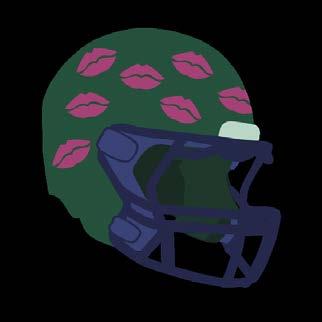
THE PERFECT

WHITE SHOE
BY SUSIE IANNONE
ILLUSTRATION BY LILLIAN VIDMAR-MCEWEN
DESIGN BY EMMA HENRY
There is something inexplicably appealing about the color white when it comes to fashion; it is considered a sign of elegance, purity, and sophistication. With its endless combinations of colors and materials, it is unrivaled in its timelessness.
In Rome, those in high society wore white; in Greece, gods and goddesses are depicted wearing white gowns and sandals. Through the Victorian era, ladies wore white shoes with extravagant gowns. This continues today, as the idolization of athleticism and high status in society fuels the prevalence of the perfect white shoe.
Tennis remains one of the most popular sports worldwide, and it continues to find its way into fashion and pop culture alike.
Stephen Gunderson is a tennis professional at Ohio University, offering training and lessons at the golf and tennis center on campus. As a player in a New Jersey tennis league in the late 1980s, Gunderson experienced the convergence of fashion and athletics firsthand.
“You had to wear a white shirt, white shorts, white shoes. I think the shoes part was the first to get relaxed,” Gunderson said.
He said certain shoe companies began to roll out tennis shoes in all colors. With this, the official rules slowly changed to allow off-white and other subtle exceptions, yet the tradition of white tennis shoes held up among the majority of clubs.
At Wimbledon, the largest competition for tennis in Europe, players must adhere to a strict, all-white dress code.
“It used to be your undergarments had to be white, also — until this year, they changed that,” Gunderson said. “They [would] check.”
With these customs and traditions in place, white shoes and tennis seem to be intertwined. In the Midwest, sneakers are often referred to as “tennis shoes” with no distinction between the two.
“When I give a lesson to a new person, I have to explain, ‘those are running shoes. We need tennis shoes.’ It’s lower to the ground, doesn’t have a high heel, it has got to be flat,” Gunderson said.
The Adidas Stan Smith, a landmark for sneaker culture, rose to fame on the back of tennis culture. Despite being the namesake of an American tennis legend, the shoe prevails as a mainstay outside of athletic domains in high and low-fashion circles. Celebrities such as
Zendaya, Margot Robbie, and Taylor Swift sport them out and about, yet the shoe also remains accessible to the general public.
The white shoe framework is not exclusive to sneakers. Recent trends highlighting white ballet flats, platform sandals, and heeled boots also show evidence of white shoes’ continued popularity.
Lisa Williams, a professor of retail and fashion merchandising at OU, felt that the versatility of white shoes is what makes them perfect.
“EVERYBODY YOU KNOW CAN WEAR WHITE SHOES; THEY FIT ANY TYPE OF STYLE. [YOU] DRESS IT UP, DRESS IT DOWN.”
LISA WILLIAMS
As celebrities and influencers continue to wear white shoes, the trend will stay popular and relevant among the masses, as it has for decades. Before, it was the gods of Greece and Victorian ladies; now it is accessible celebrities who inform popular fashion.
And for good reason, the versatility of the white shoe, and of white clothing in general, is useful not only for everyday wear, but for almost any occasion.
“If you get something that fits with a lot of colors, then you can kind of tailor down your wardrobe so that you’re not over-purchasing or purchasing fast fashion. You keep a really nice pair that costs a little more, you would wear it a lot longer and a lot more often, so that it would justify the price,” Williams said. As fast fashion enables never-ending trend cycles, the perfect white shoe can be a call to return to long-standing, staple pieces.
White shoes have been a core component of fashion over centuries of change. Through athletics, nobility, and social media, the template of the perfect white shoe seems to prevail, and with it, its associations of sophistication and understated elegance continue.
Sports and fashion are intertwined. Each year, teams support breast cancer awareness by switching out their typical gear for pink versions. Athletes incorporate personal style into their uniforms on the field, and new fan gear is released to reflect trending styles. Fashion choices are a way to express dedication, whether it’s to a team or in the form of protest.
People express their identity through the clothes they wear. Often, this includes using fashion to express beliefs, especially in protest.
The murder of George Floyd by Derek Chauvin, a white police officer, on May 25, 2020, sparked worldwide protests against the use of excessive force that often occurs by police officers toward black people. Around the same time, sports events kicked off once again despite being in the midst of a global pandemic.
SHION
Athletes took this opportunity to use their platform, more specifically their clothing, to speak out against police brutality and in support of the Black Lives Matter movement.
The Premier League, a professional English soccer league, replaced players' names on jerseys with “Black Lives Matter” for the first 12 matches after COVID. NBA and WNBA players wore “Black Lives Matter” shirts and kneeled during the National Anthem.
During the 2021 NFL season, players had the choice to display messages of social justice on their helmets. Included in these messages were “Stop Hate,” “End Racism,” and “Black Lives Matter.” This voluntary choice continued for six seasons and evolved into the implementation of these messages in the end zone.
“All 32 teams will feature an end zone message of their choice at each home game throughout the season, selecting from four options: ‘End Racism,’ ‘Stop Hate,’ ‘Choose Love’ or ‘Inspire Change,’” according to

RO T E TS
The movement of using clothes as a protest extends far beyond the Black Lives Matter movement, however. Female athletes often push back against sexualization by wearing non-code uniforms.
In Ireland, a camogie match (the female version of hurling) was recently canceled because the athletes refused to wear skorts, opting instead for shorts. This demonstration led to a vote by Ireland’s Camogie
BY ALEXANDRA HOPKINS
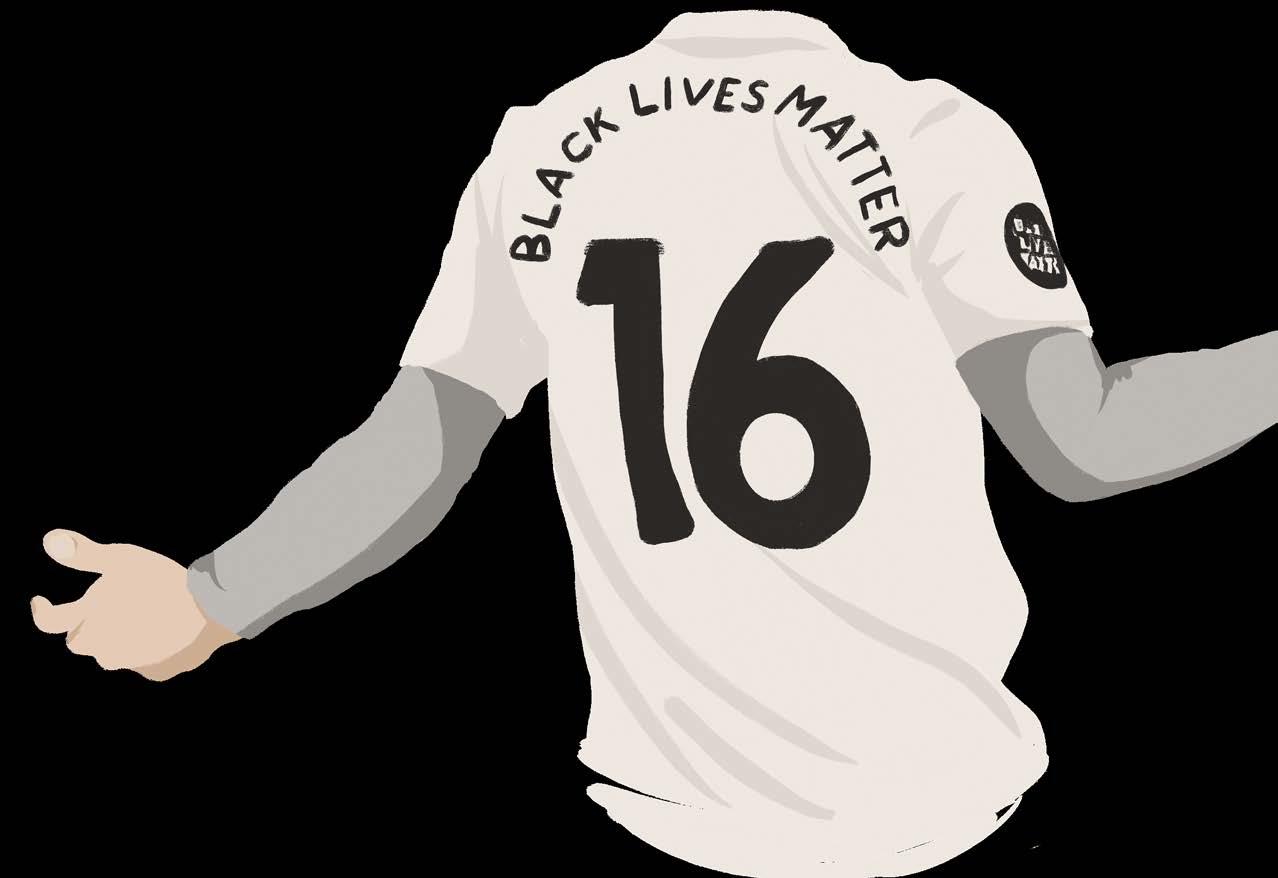
Association, which resulted in an overwhelming vote to change the rules, allowing players to wear shorts.
Across the pond, the WNBA’s players protest being underpaid and earning significantly less than NBA players. After the players and the league were unable to come to a deal in June, WNBA players appeared on the court wearing shirts reading “Pay Us What You Owe Us,” garnering national attention.
But, as with all forms of protest, the question is whether the movement will lead to a tangible change.
Clearly, the Cork and Waterford camogie teams were successful with their protest, leaving their uniform choices up to their discretion.
WNBA players have yet to see an increase in pay, despite ongoing negotiations; however, increased attention on the issue put pressure on the league to take action.
The results regarding larger-scale protests that aren’t centered on sports but cause athletes to protest, such as the Black Lives Matter movement, are ambiguous. Sending a statement to millions of viewers certainly brings attention to the issue, but clothing isn’t the only way. Protest comes in many forms, and while wearing a statement can garner eyes on the issue, it doesn’t directly result in change.
For protest to work on the field or court, athletes need to stand behind the statements they wear.
From the to the STREETS RUNWAY: Friskmegood Turns Everyday Sneakers Into Haute Couture Fashion

BY ABBEY MENZA
ILLUSTRATION BY GRACE CALLAHAN DESIGN BY HARLEE SHAE
The fashion industry is riddled with stolen designs and fast fashion, often making it an oversaturated and pollutant-heavy industry. Because of this, it is more important than ever to highlight brands that strive to create original ideas while using ethically sourced materials to combat fast fashion.
Friskmegood, created by Ohio University alumna Cierra Boyd, is a fashion brand rooted in sustainability and creativity.
Boyd’s pieces are made from recycled sneakers, which she crafts into elaborate corsets, dresses, bodysuits, and other various accessories. Bigtime stars such as Cardi B, Sha’Carri Richardson, and Doja Cat have worn her sneaker-oriented designs. While she’s now working with big-time stars, Boyd began her fashion career along the bricks and hills of OU.
“Coming to OU really allowed me to find myself,” Boyd said. When she first came to OU, she was unsure what she wanted to study, but eventually she found her way to fashion.
“I ended up making friends with people who dressed like I did,” Boyd said. “I was trying to follow the crowd and blend in at first. But then, one day I woke up and I was like, you know what, forget this, I’m going to start dressing how I want to dress.”
At OU, Boyd joined various student organizations, which led her to start the now-booming fashion publication, Variant Magazine. To create the initial team, Boyd went around campus and met different people to fill the roles. Slowly, the team began to form, and she fell in love with the editorial process.
Boyd recounts her initial start in fashion design when she stayed in Athens during her junior year winter break. With classes over, she decided to spend her newfound free time using the sewing machine her dad gifted to her to craft her first outfit. Boyd continued to use her fashion skills when it came time for her 21st birthday. The dress she ordered did not arrive in time and, after last-minute shopping was unsuccessful, she decided to take matters into her own hands.
“From that moment I realized that I am supposed to be a fashion designer and I’m going to do everything I can to figure out what I need to do.”
After graduating from OU, Boyd moved back home to Cleveland to continue her job search. Boyd discussed her postgraduation lifestyle and the struggles she originally had with finding a job. Ultimately, she came to the conclusion to follow her fashion designer dreams.
“I’m going to sit at home and do something every single day that pertains to me being a fashion designer and pertains to my future,” Boyd said. She worked every day to design new outfits and post them across various social media platforms.
She started to gain traction on Depop and grew an audience, eventually getting recognized by celebrities.
After living in Cleveland for six years post-graduation, Boyd moved to Los Angeles in 2024 to continue her work.

“Honestly, I’m exactly where I want to be,” Boyd said.
She is currently working on preparing for her first fashion show featuring a basketball-themed collection.
“I just have fun. I let the fabric speak to me versus coming up with the design first, ” Boyd said. “I’m very much a go with the flow designer.”
Friskmegood focuses on making high-fashion pieces from sustainably sourced materials, prioritizing circular fashion initiatives.
Boyd sources her materials from sneaker designers who want shoe soles, while Boyd prefers working with the upper part of the sneaker.
“It’s become a symbiotic relationship where we both benefit and nothing gets wasted,” Boyd said.
As for the future of Friskmegood, Boyd hopes to continue to build her brand and career in the fashion world.
“I want Friskmegood to be forcefully big. My dream is to be on the Forbes Under 40 list.”
Brands like Friskmegood transform everyday items like sneakers and grant them a new life. In an industry known for its excess, Friskmegood works to combat the prevalent trends of overconsumption in the fashion world by implementing circular fashion strategies.
RANT
RANT
Athleisure Does Not Equal Self-Care
BY OLIVIA LEGGANS
ILLUSTRATION BY MARIS
CORDIAL
DESIGN BY MARIS CORDIAL
From Lululemon’s rise to the mainstream in my middle school years to my mother’s long-standing love for flare leggings, I am no stranger to athleisure. While my 12-year-old self jumped at athleisure’s power to camouflage and slip me under the radar, 21-year-old me feels less confident, less comfortable, and less myself in athleisure.
With wellness culture’s concrete footing in online trends and discourse — as well as productivity culture’s escalation in recent years — athleisure’s popularity is not surprising, both
stylistically and practically. Lovers of athleisure quote comfort as its number one draw, yet, for me, athleisure can often feel restrictive and more akin to a giant sausage casing. If it’s not comfort, it’s cohesion and ease, yet why are we squishing down personal style for the sake of time and effort?
Being able to jam work, classes, and a workout into one day without a second of time wasted on outfit planning or changes seems like a major plus, but why are we under the assumption that personality and ease in an outfit are mutually exclusive?
This does not apply to all athleisure trends, yet it does apply to the ones that seem to stick around. The core of athleisure wear is the two-piece workout set. This canon outfit is typically made of a nylon or polyester blend, seemingly spray-painted on, and acts as a monochromatic blank canvas. Recent shifts towards baggy, flowy, and often utilitarian-inspired athleisure, however, do offer some hope and better embody the true spirit of athleisure without compromising on style.
My avoidance of athleisure is not a plot to avoid being basic, but a fundamental dissent from popular opinions of self-care. Athleisure is commonly promoted in wellness culture as a tool for self-care, but this often feels like an internet ploy to convince me that an $150 athleisure set will magically improve my bad habits. In some ways, athleisure represents a world where productivity trumps personality, and where self-care and confidence must be bought. My self-care routine requires that my clothing makes me feel both physically comfortable and internally expressed. I will never criticize anyone for incorporating athleisure into their everyday wardrobe, yet I believe it is important to criticize how and what wellness culture tells us we should be.
Some people call athleisure basic, while others call it boring. Yet, in my opinion, neither of these apply. Not only is athleisure comfortable, but it is also an easy way to look put together, especially in a time crunch.
Athleisure is one of the comfiest outfit options. Despite the fact that it often has a tighter fit, athleisure is usually made with butterysoft materials, making it a perfect choice for casual dressing, while remaining polished and presentable.
Athleisure is an efficient way to look puttogether with minimal effort. With the “clean girl” trend circulating on platforms like TikTok and Instagram, many gravitate toward outfits that are associated with sleekness and productivity. Pairing some leggings with an athletic top is a common and time-efficient way to convey that image.
Being a pilates and yoga teacher, I often find myself looking for a quick outfit that I can wear straight from a workout to classes, and athleisure tends to be my first pick. I can be active while also having an outfit that makes me feel comfortable in non-athletic settings. This versatility over the course of a busy day is one of athleisure’s main draws.
Some criticize athleisure for being basic, boring, and unaffordable. With online shopping, secondhand clothing retailers, and the influx of athleisure brands in general, there is a wide variety of styles available at various price points.
As for the claims that athleisure is boring and basic, I would argue that this could be said for any style of clothing if one does not personally enjoy it. The most important thing is to wear what makes you feel happy and comfortable, not to adhere to what others think. If athleisure makes you feel confident, wear it whenever and however you please.
Athleisure is Comfy and Efficient
BY LOLA MORANA

THREAD MAGAZINE

@THREADMAG

@THREADMAGAZINE

SPJ MARK OF EXCELLENCE: BEST STUDENT MAGAZINE, FINALIST

SOCIETY OF NEWS DESIGN: MAGAZINE COVER DESIGN, HONORABLE MENTION
